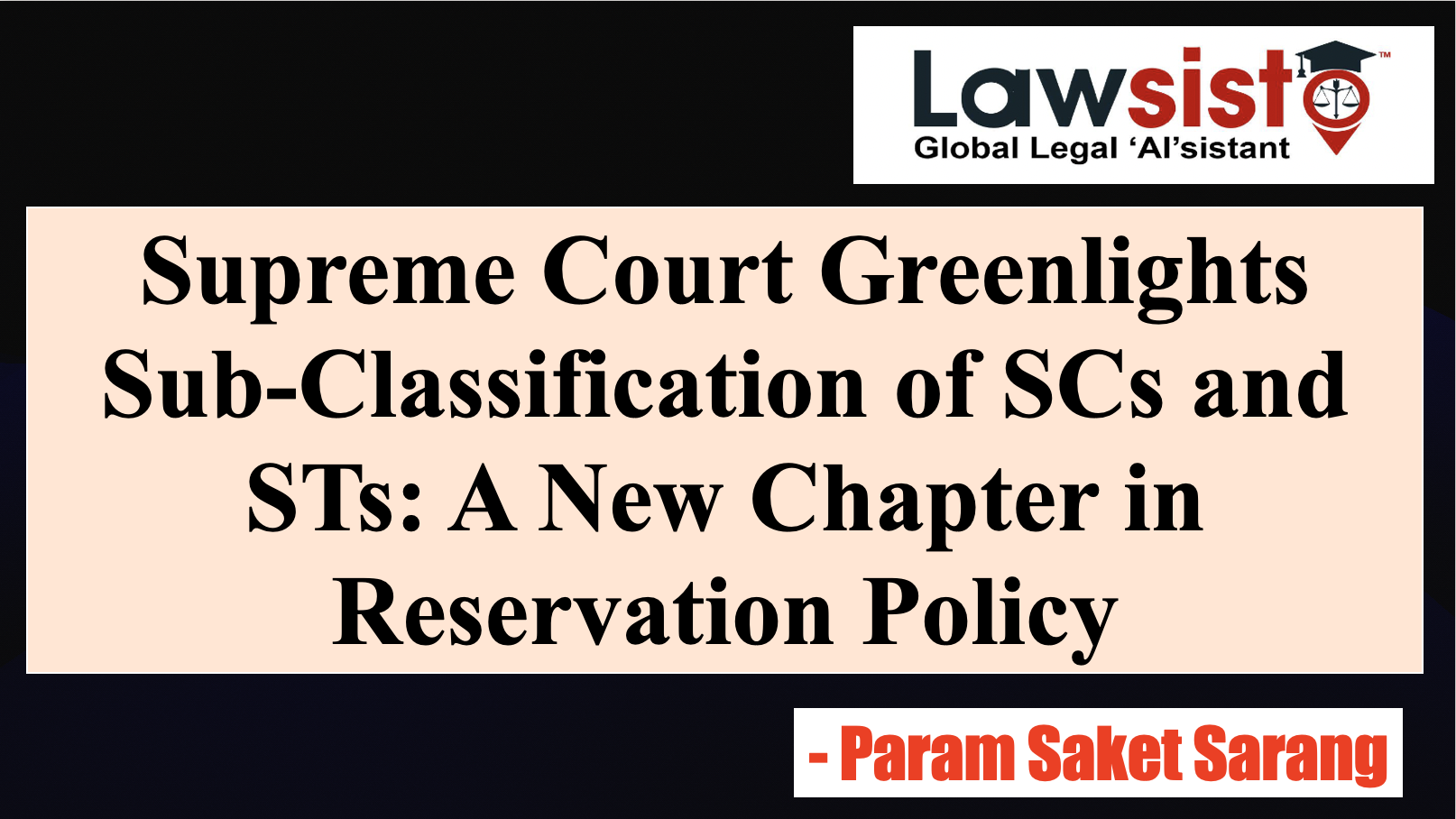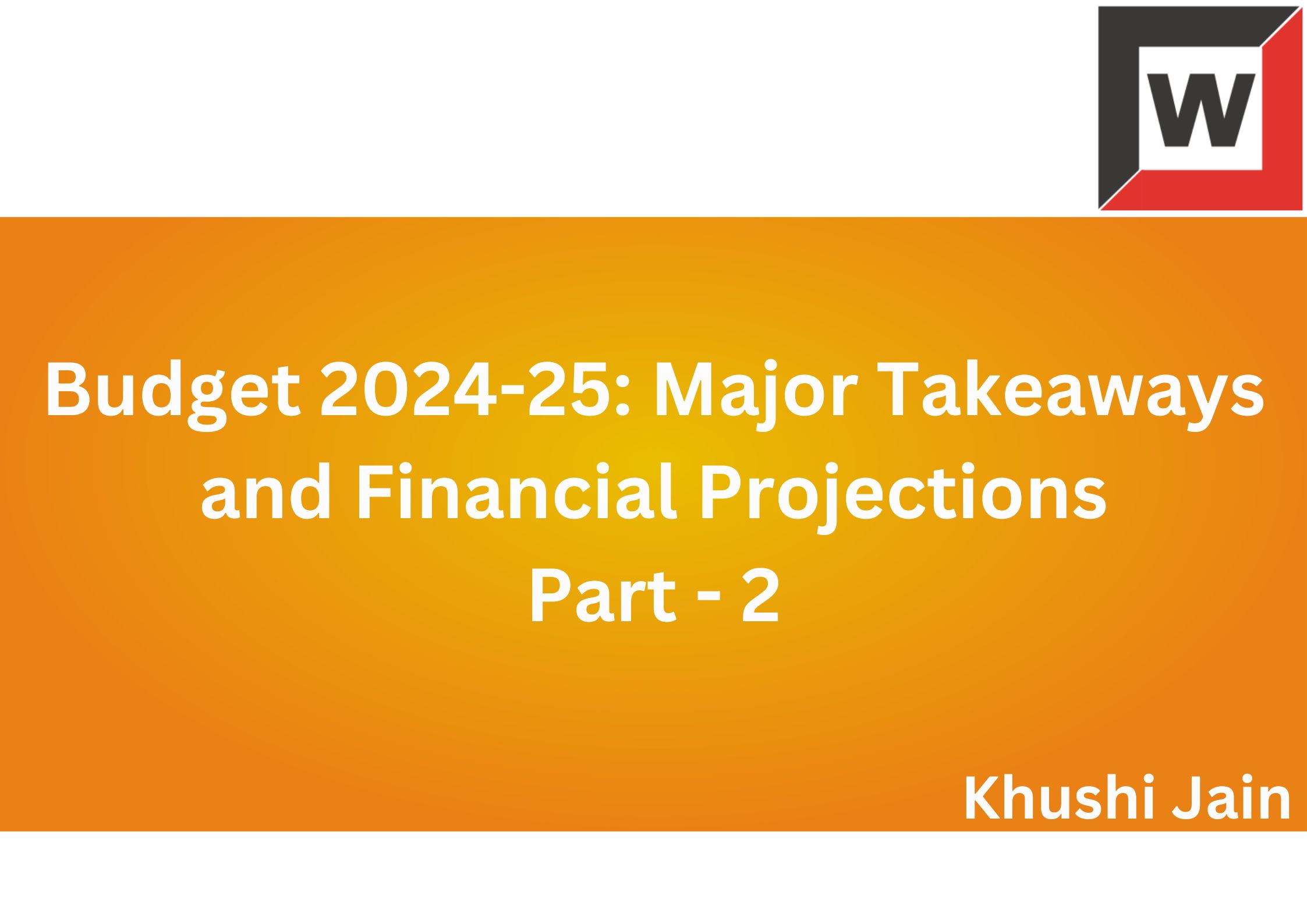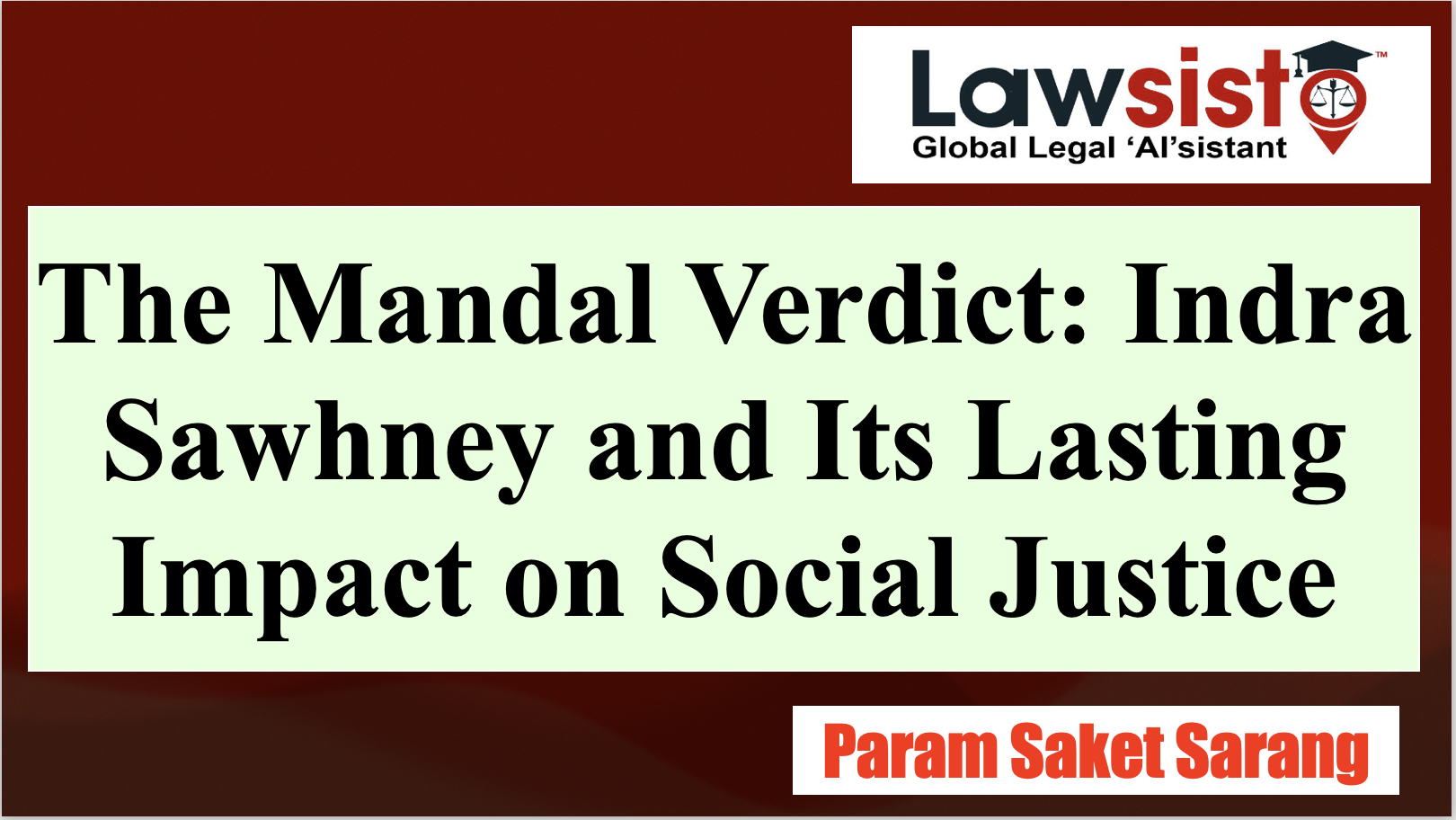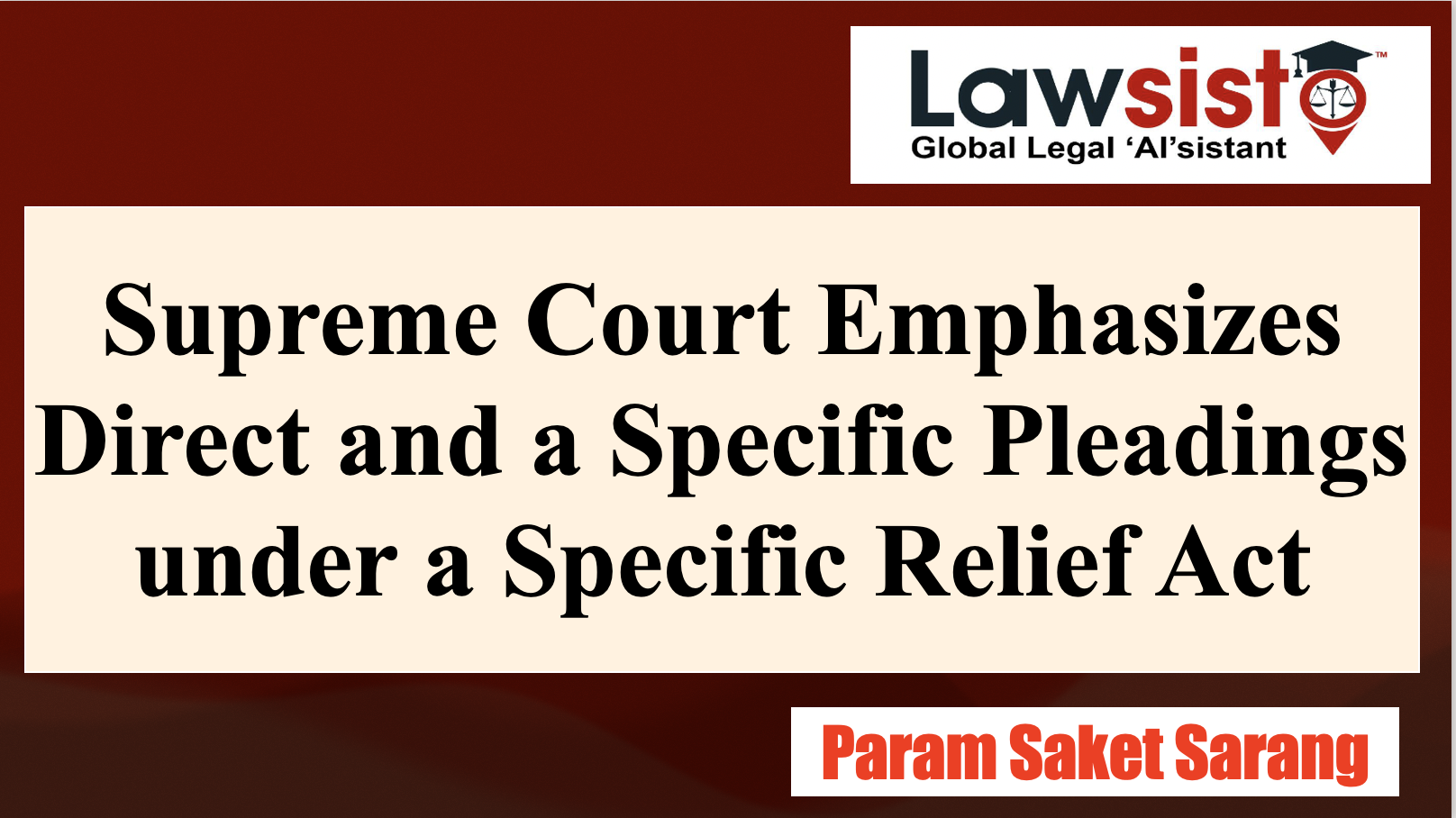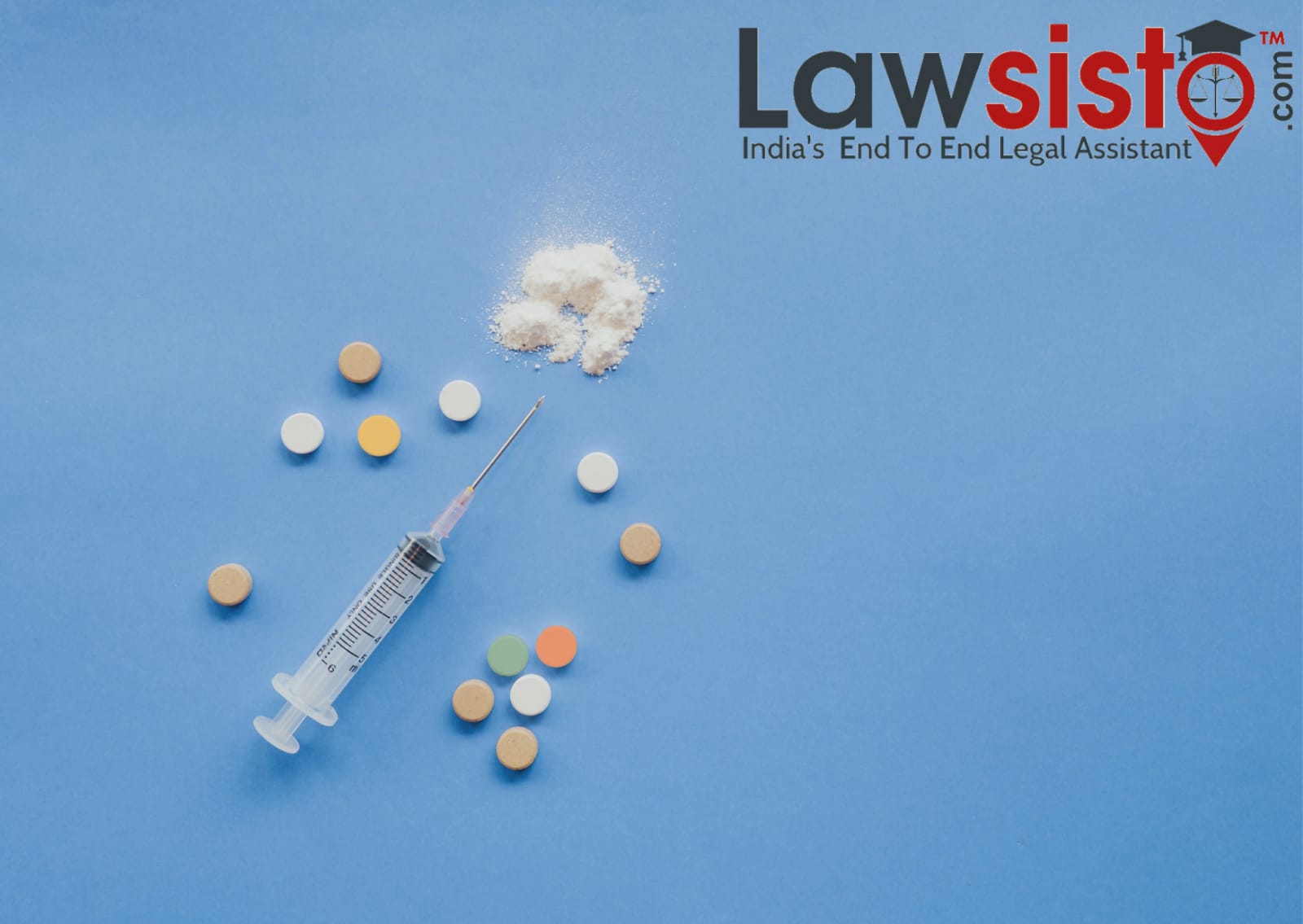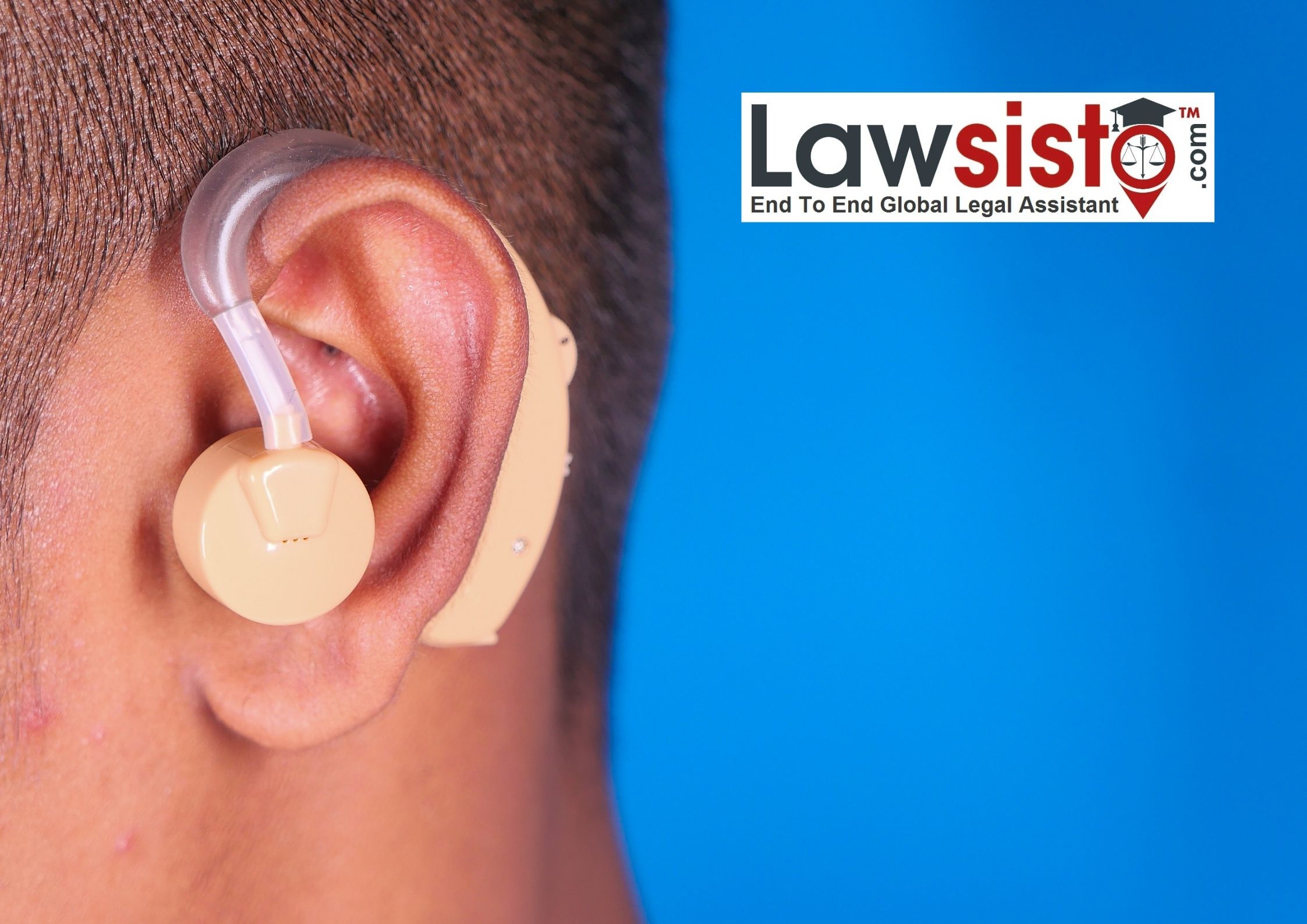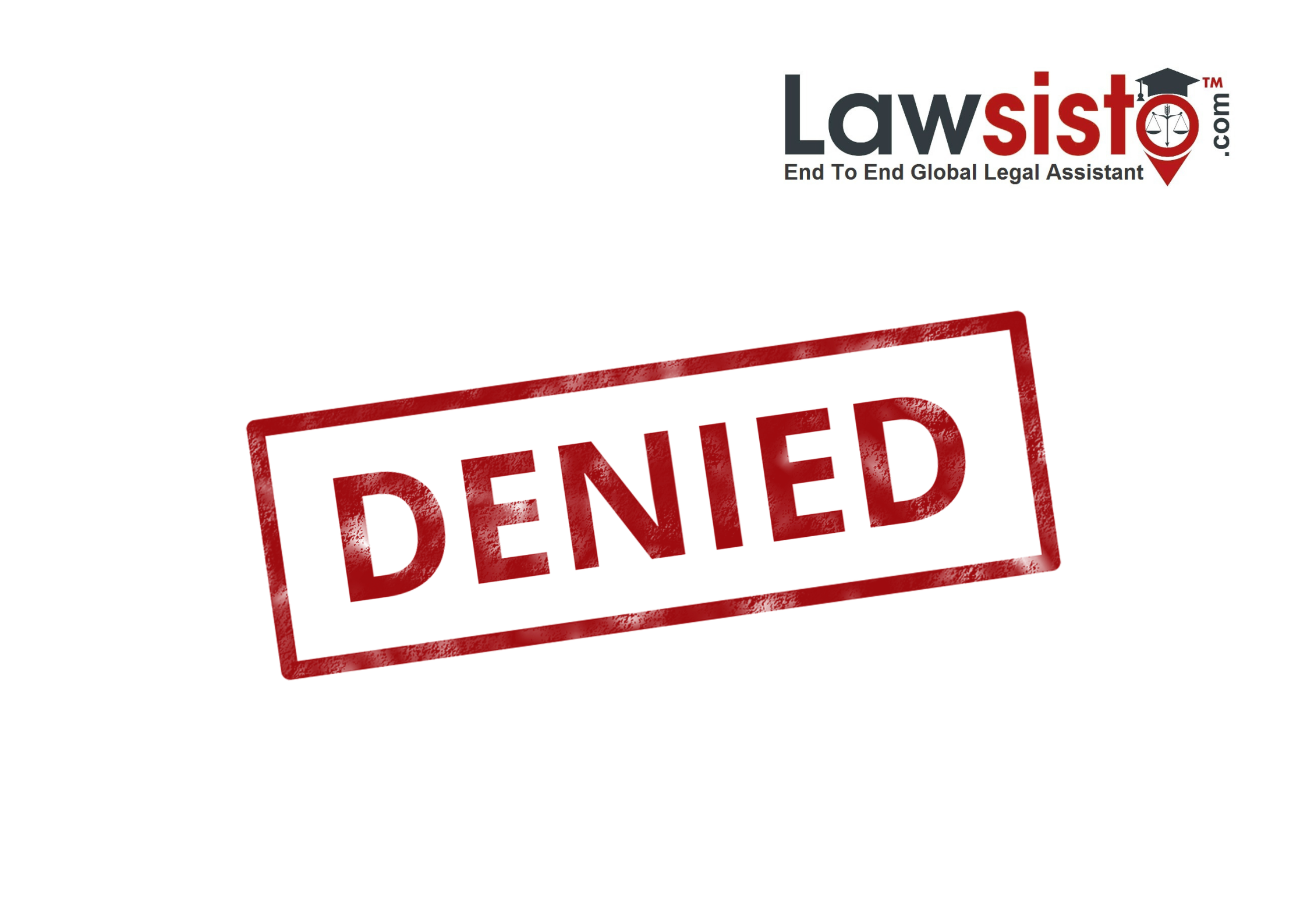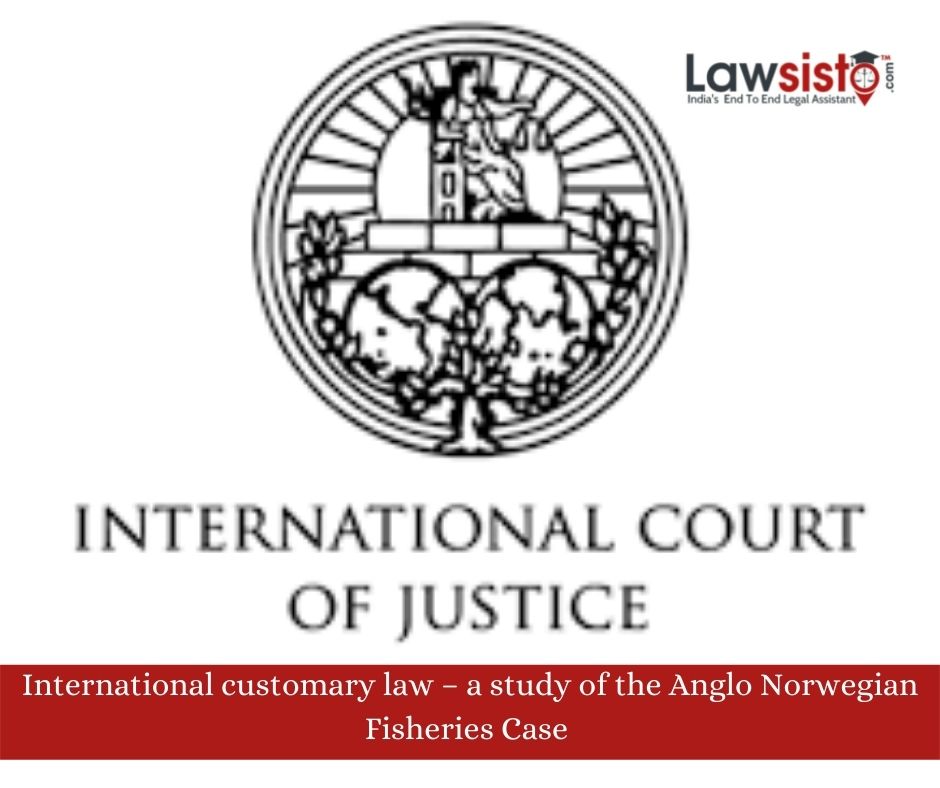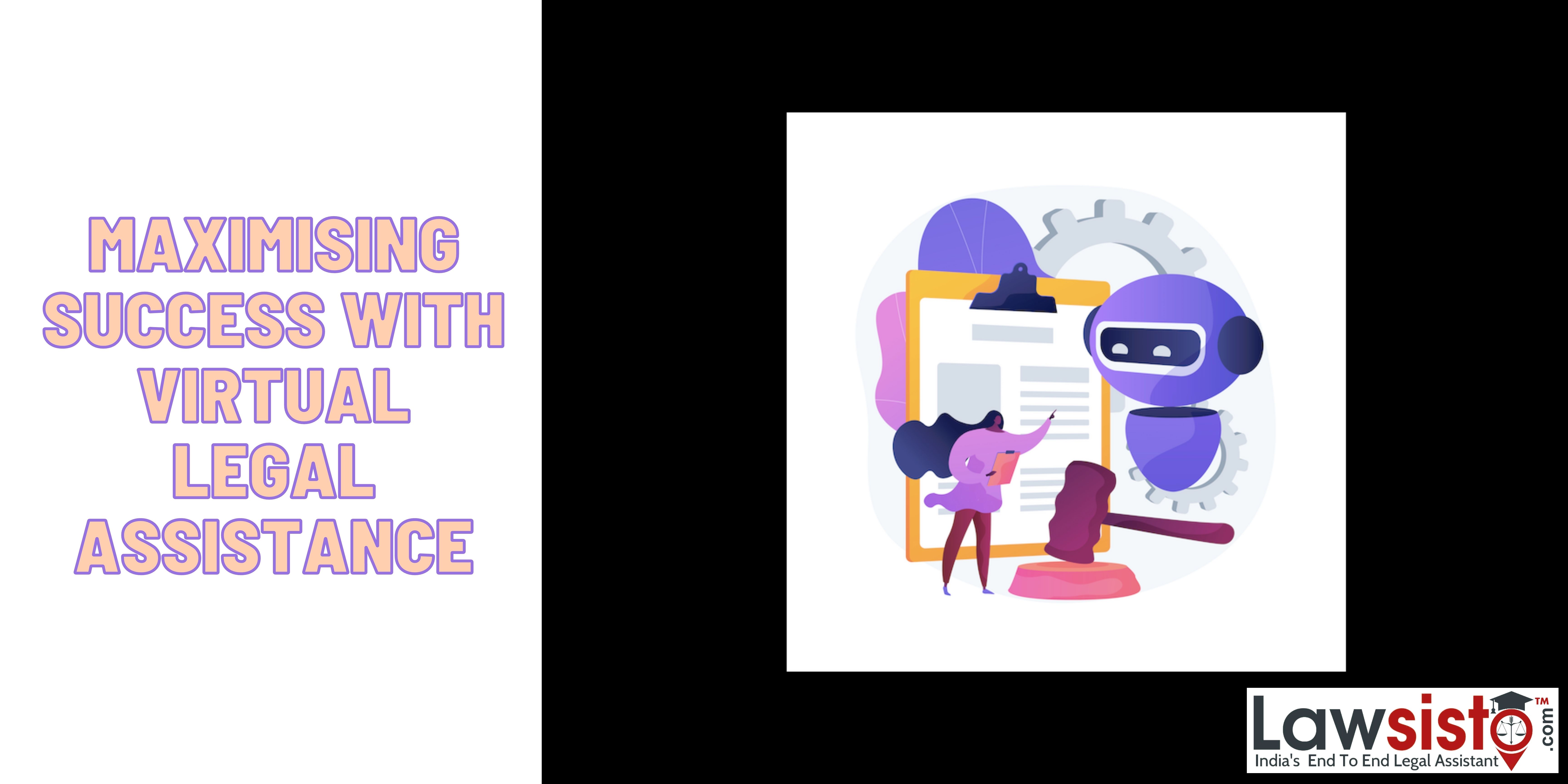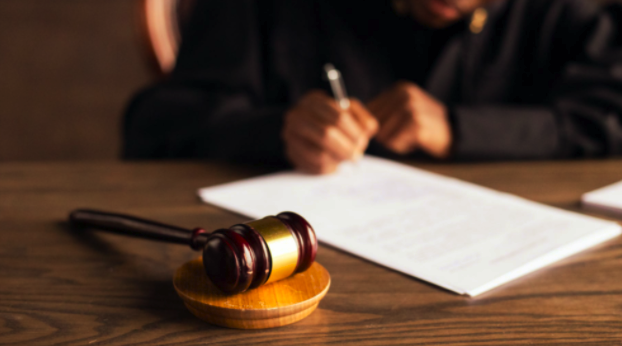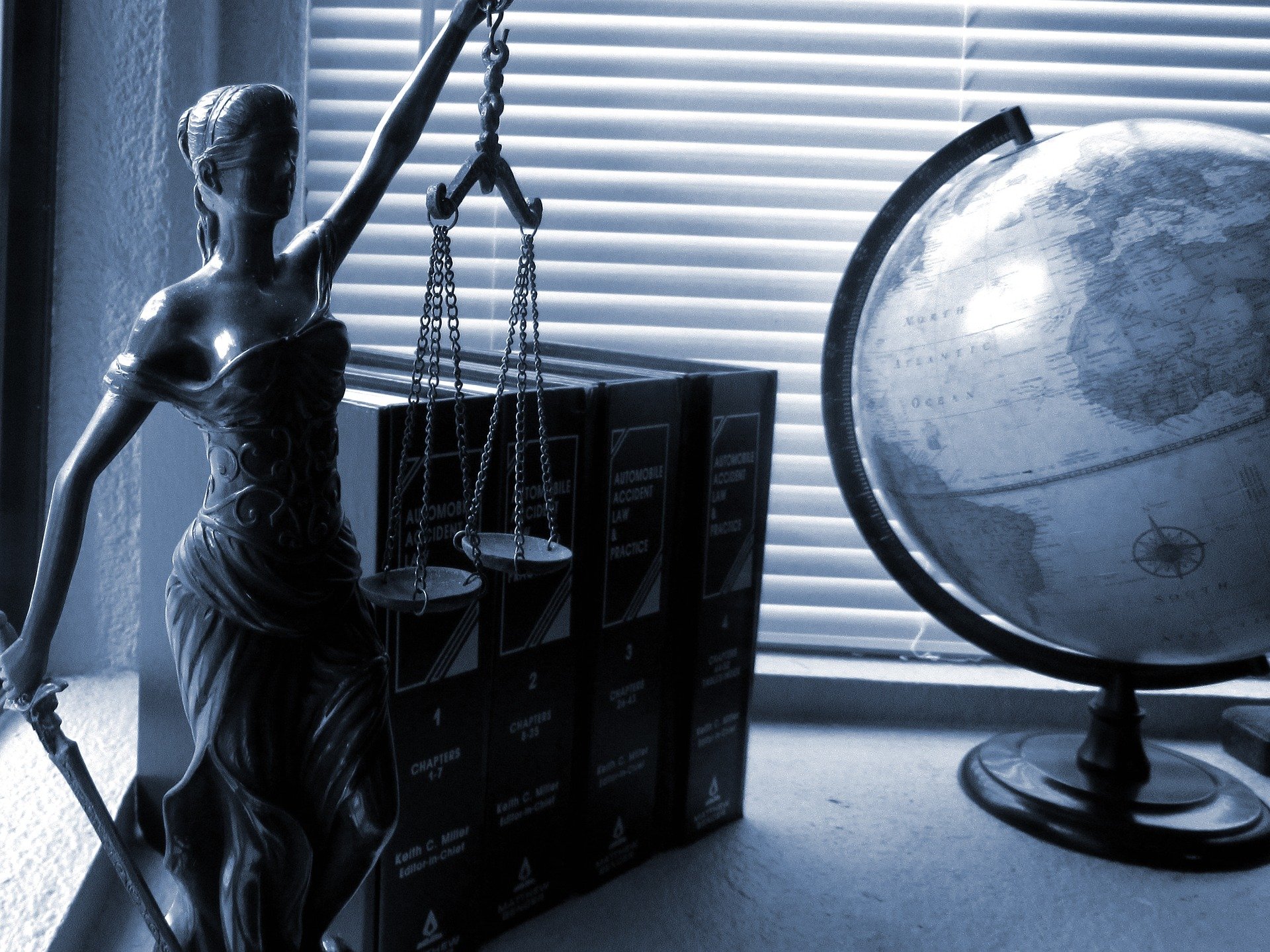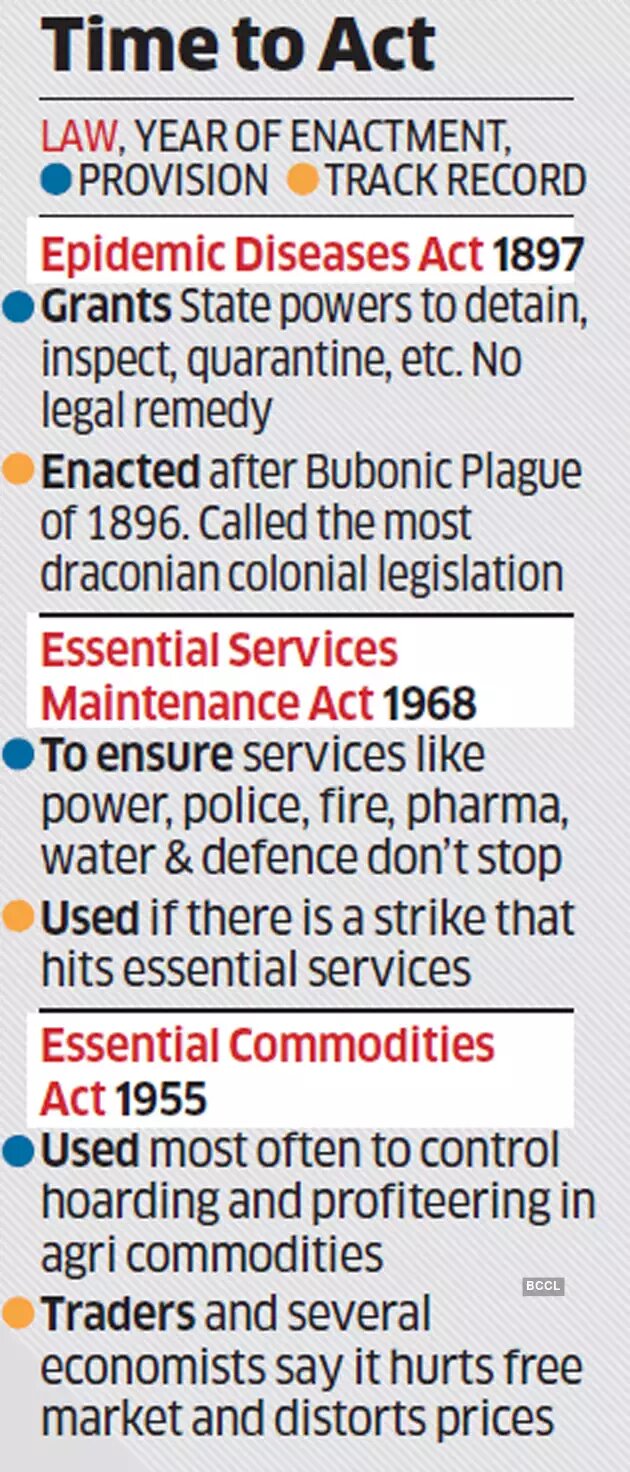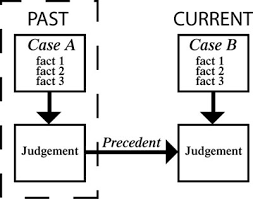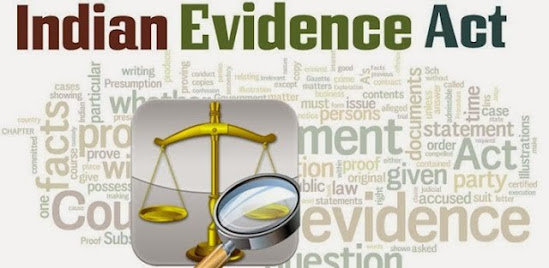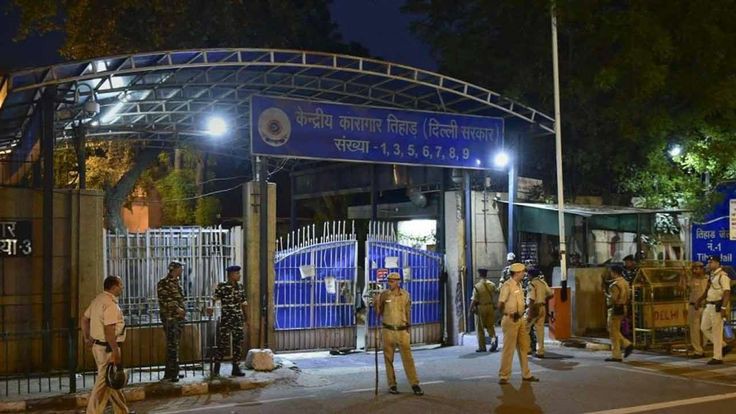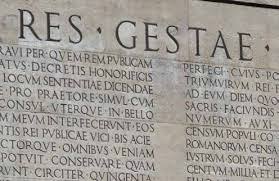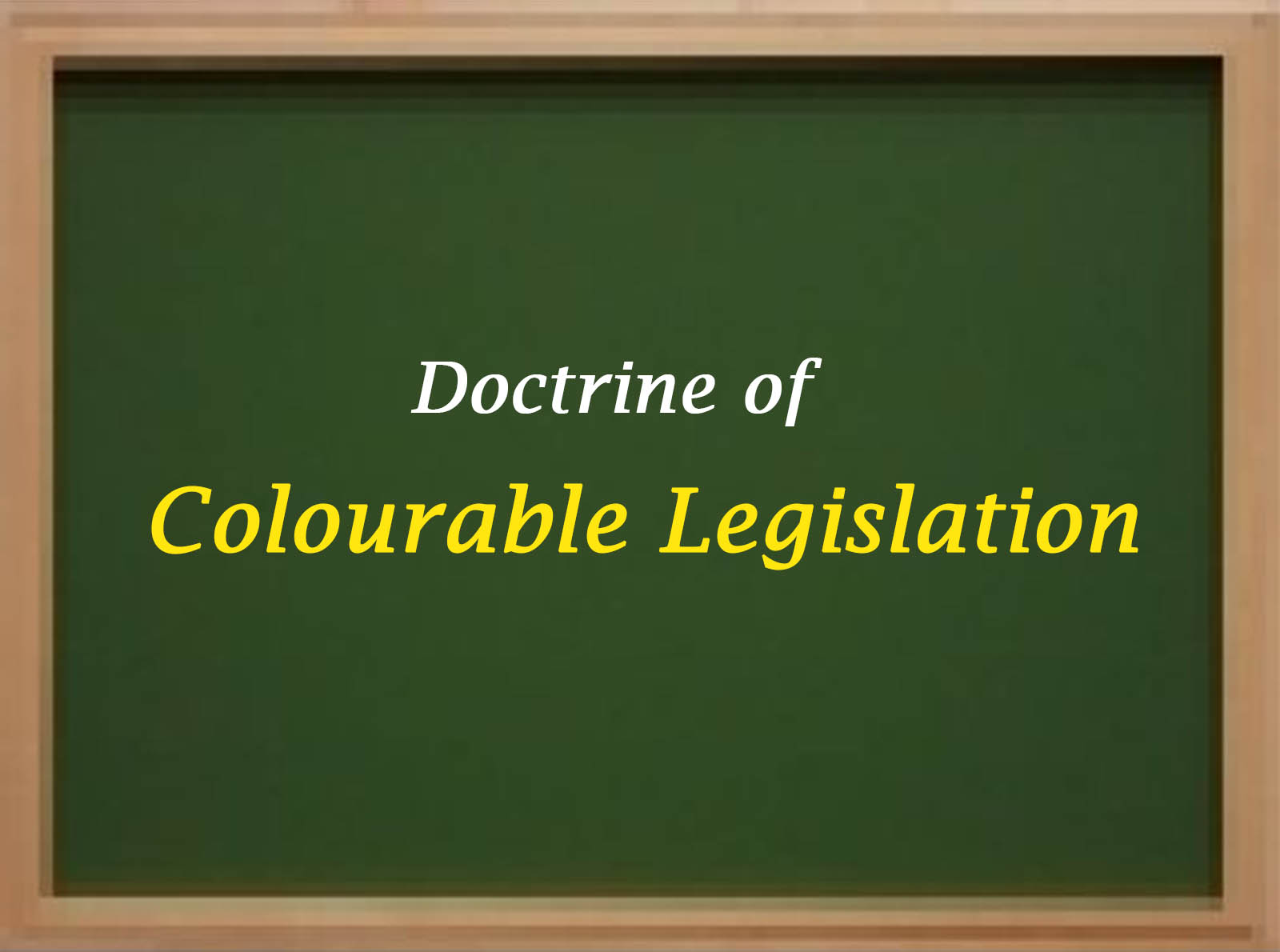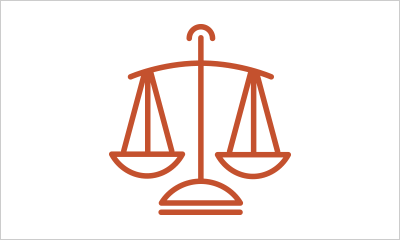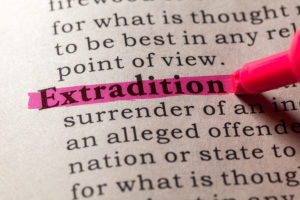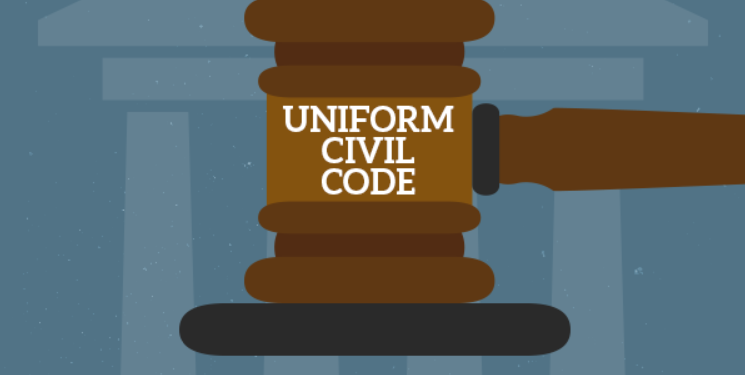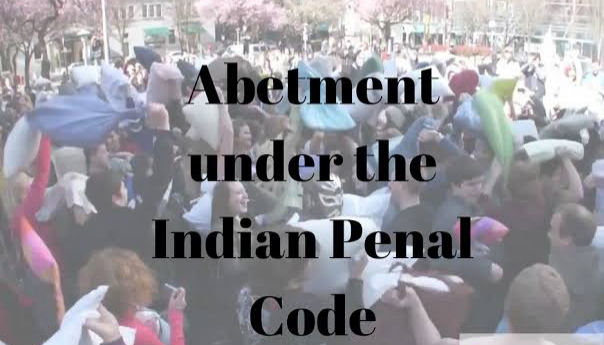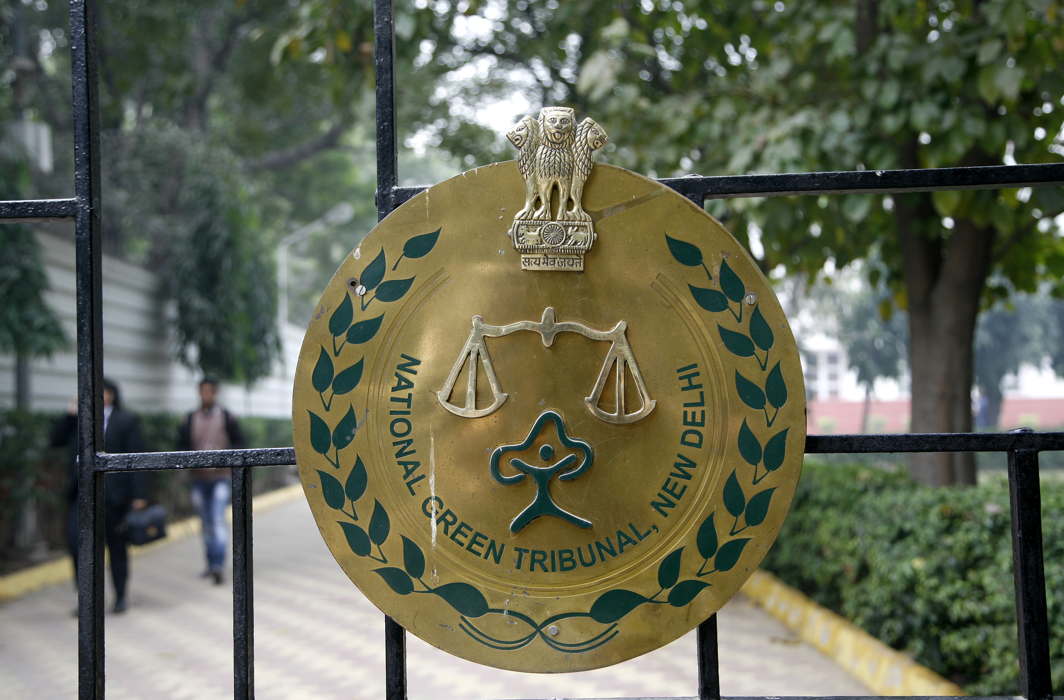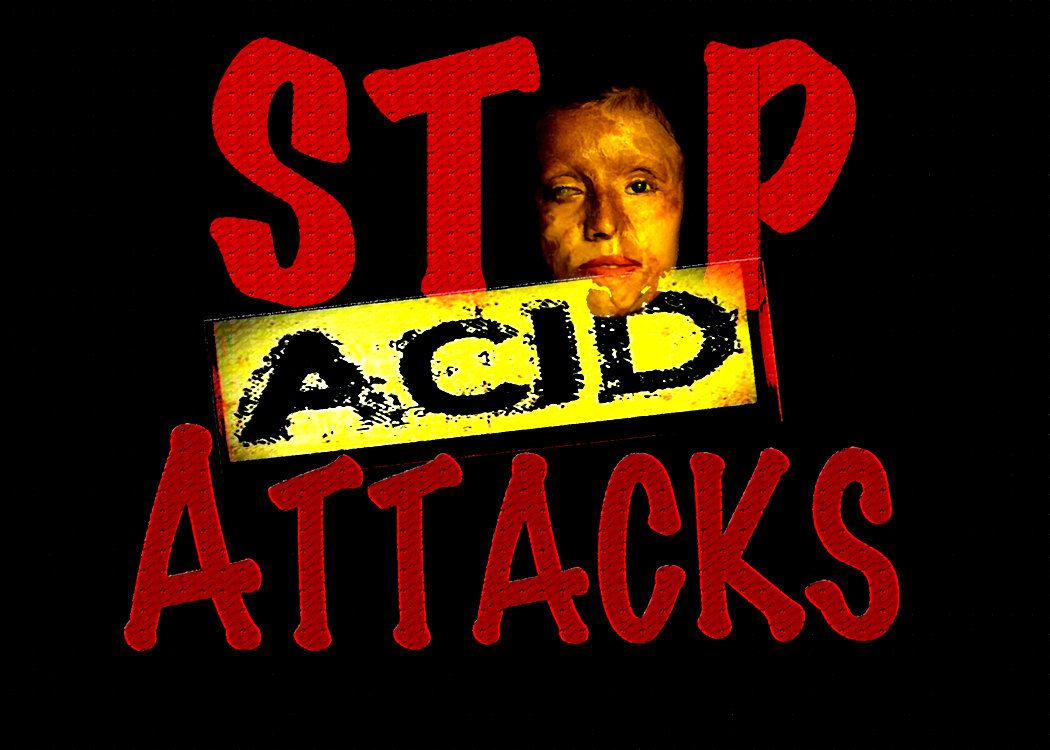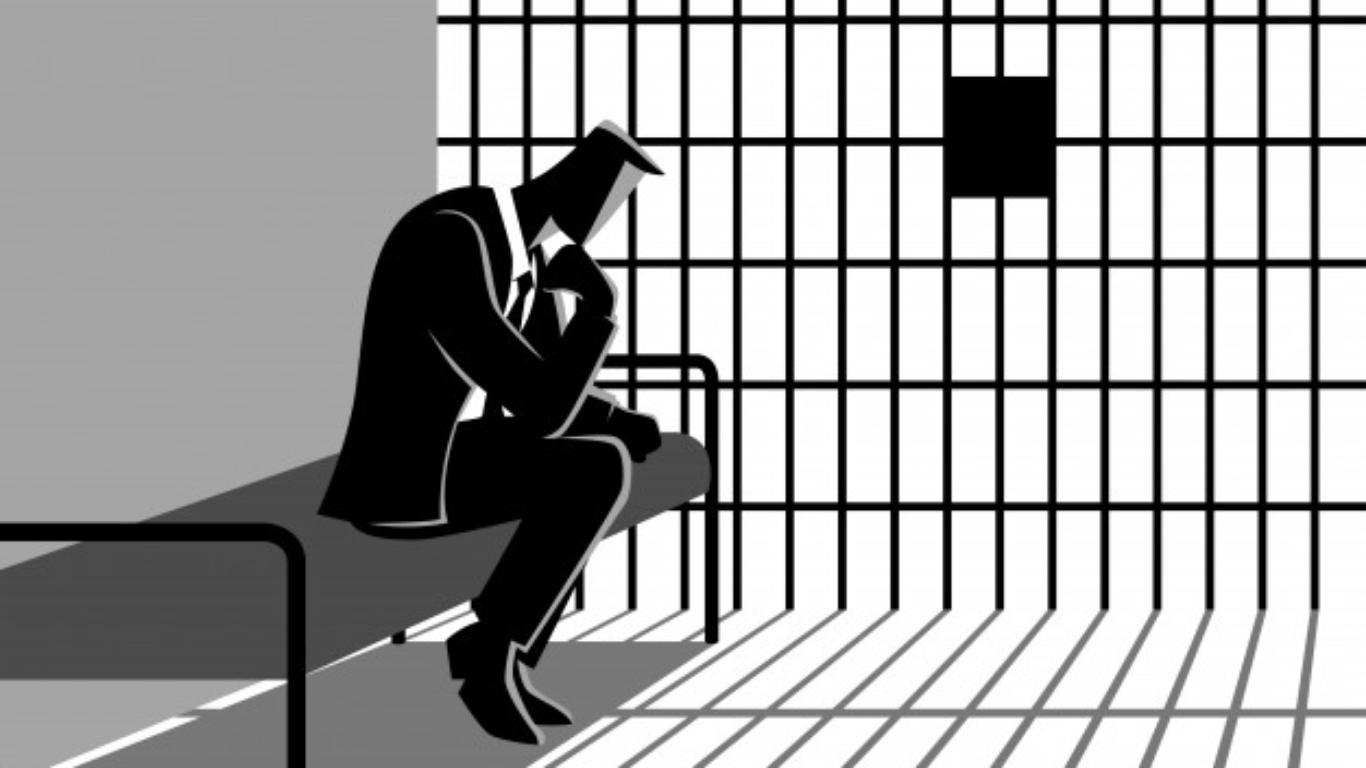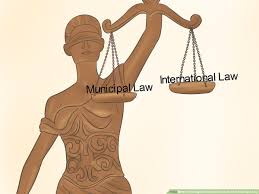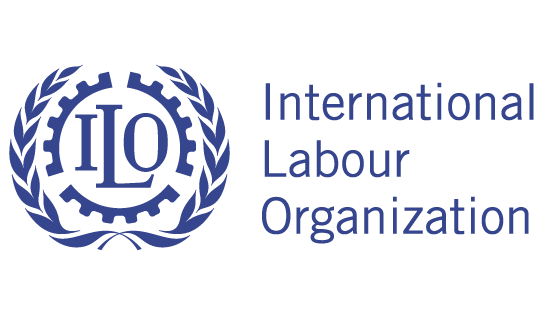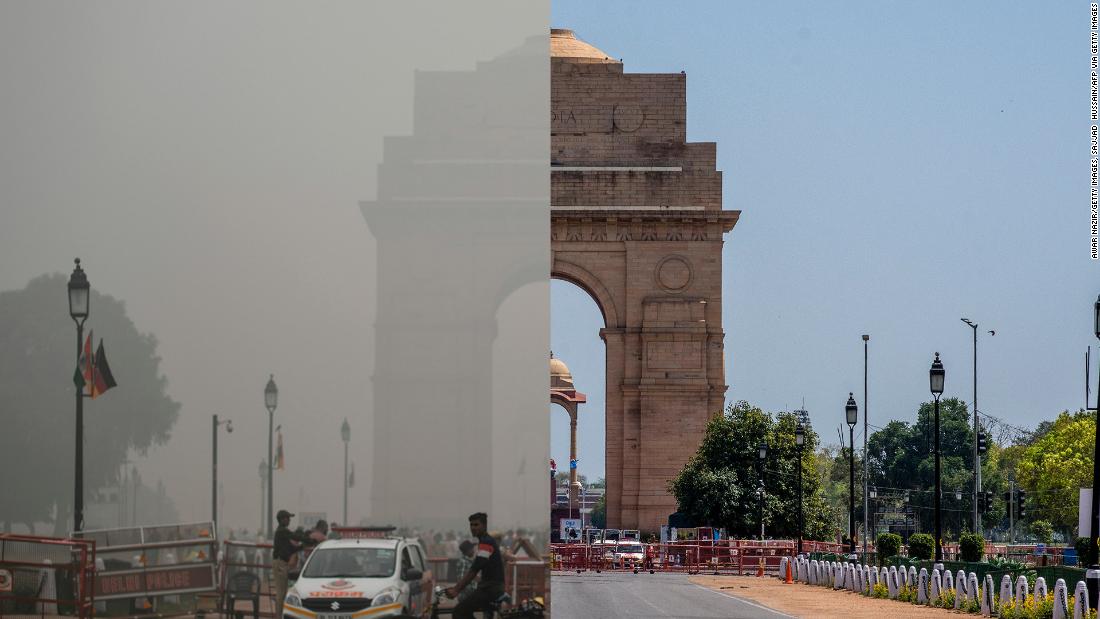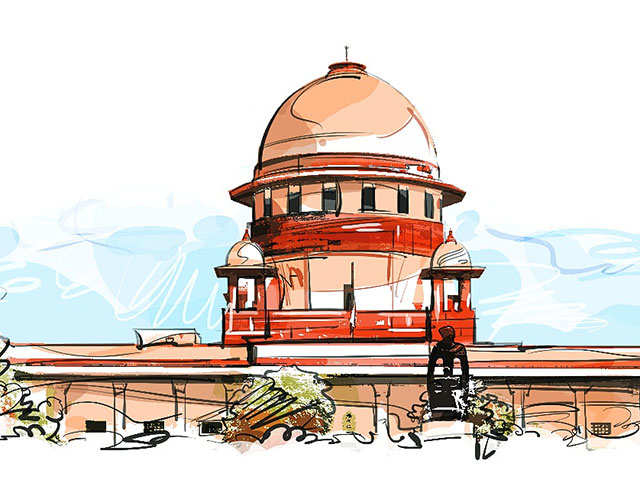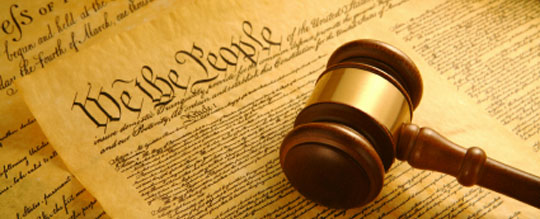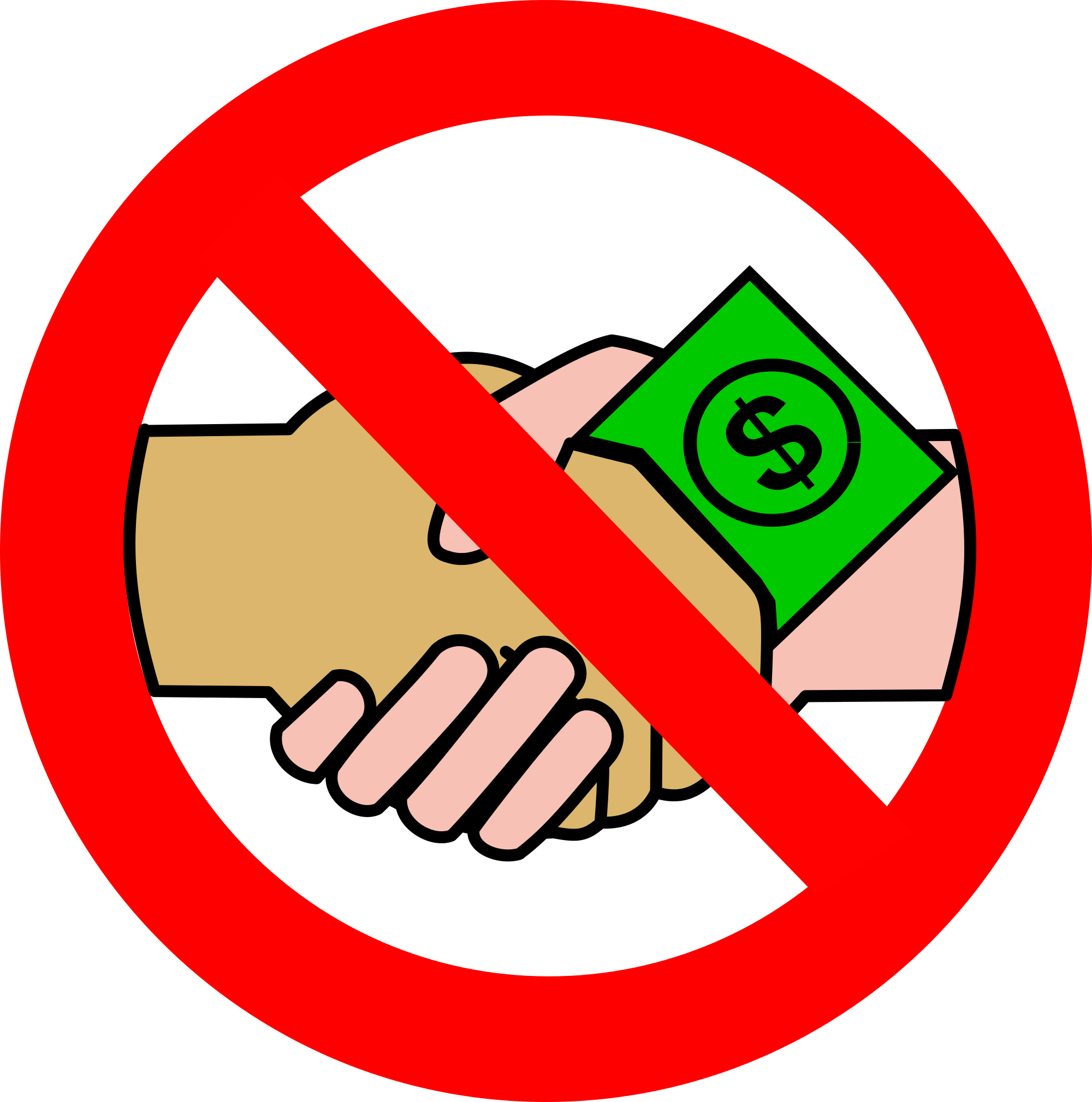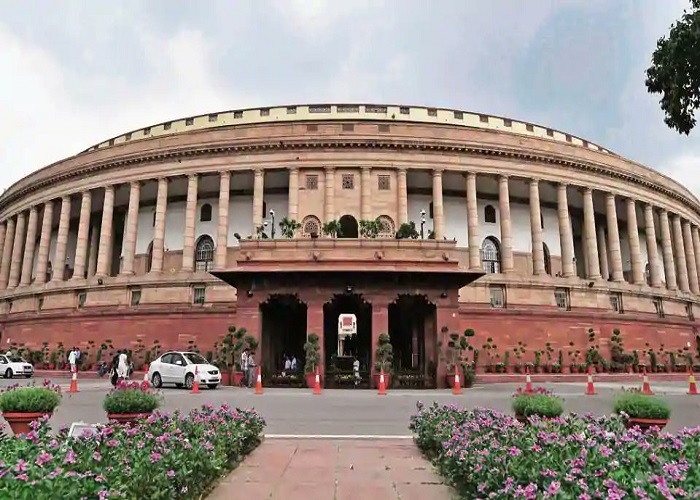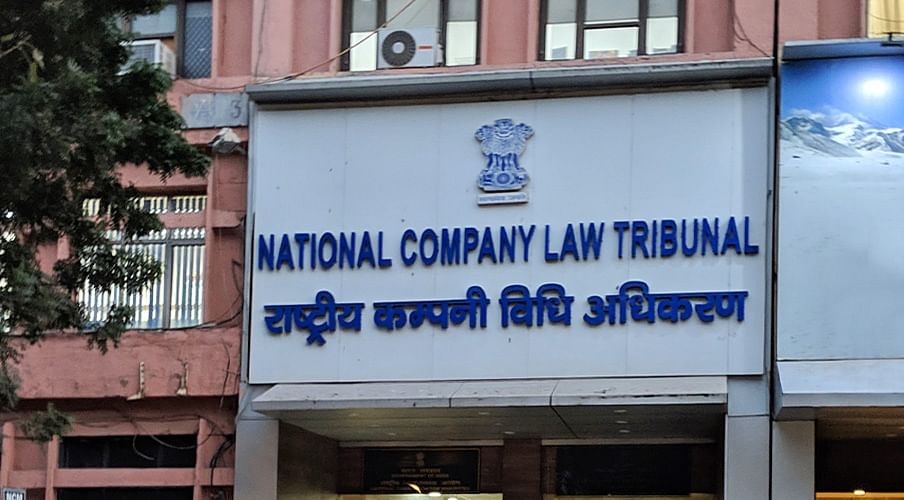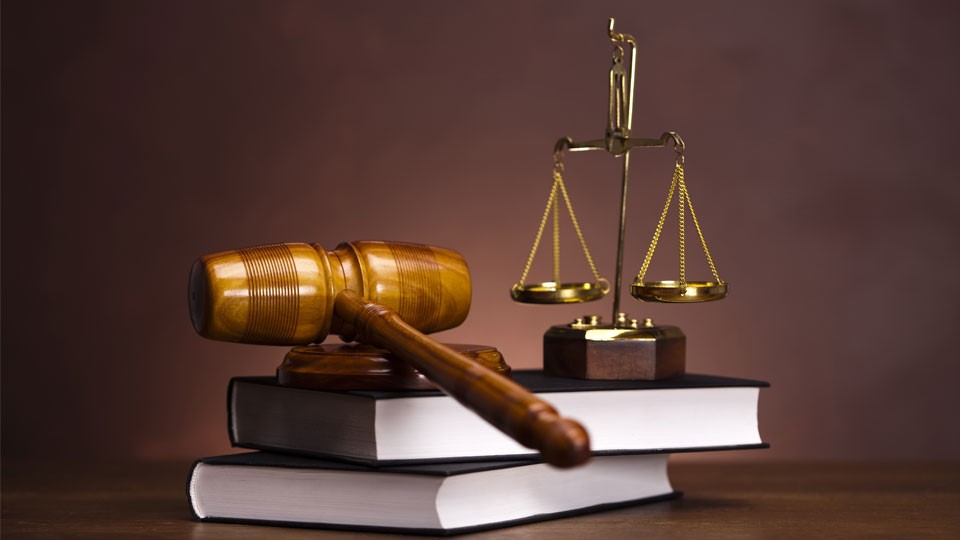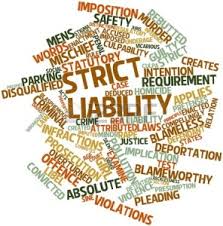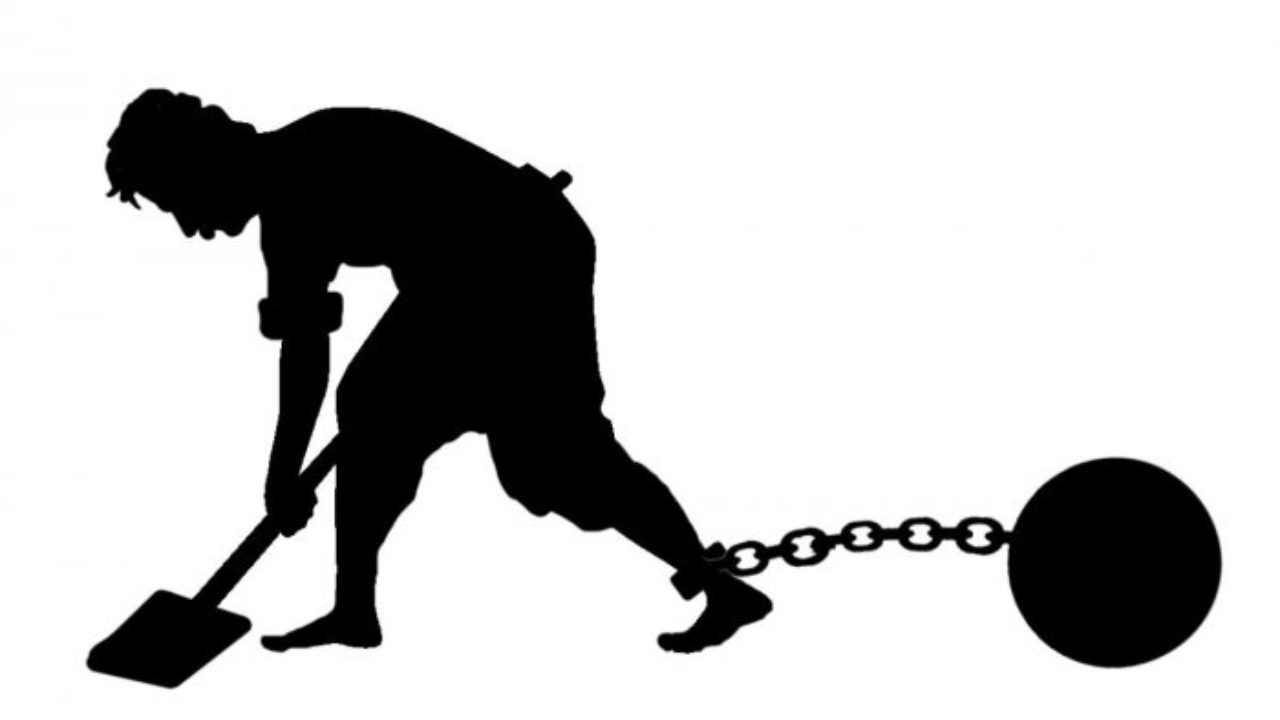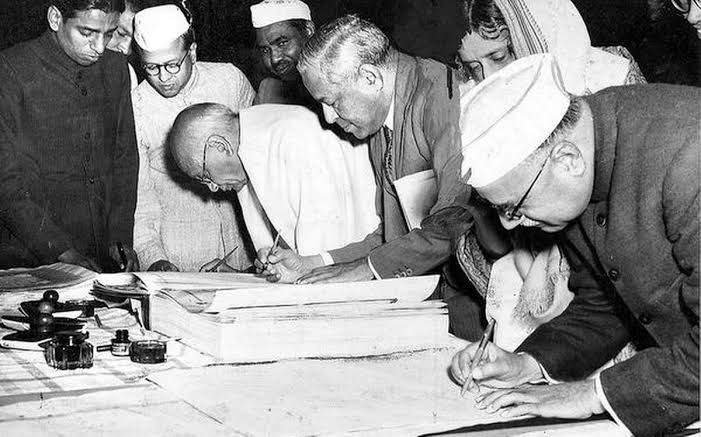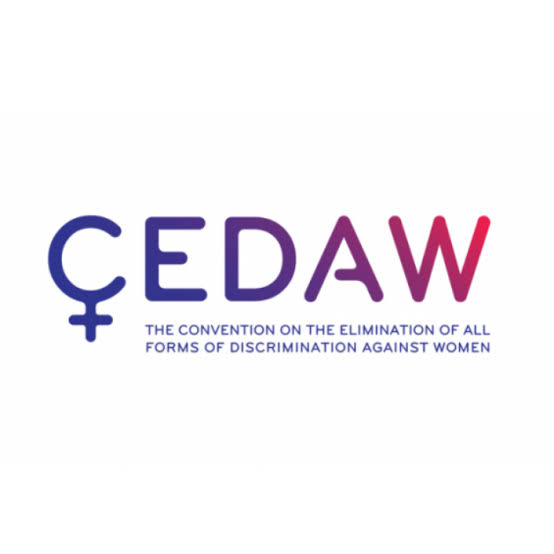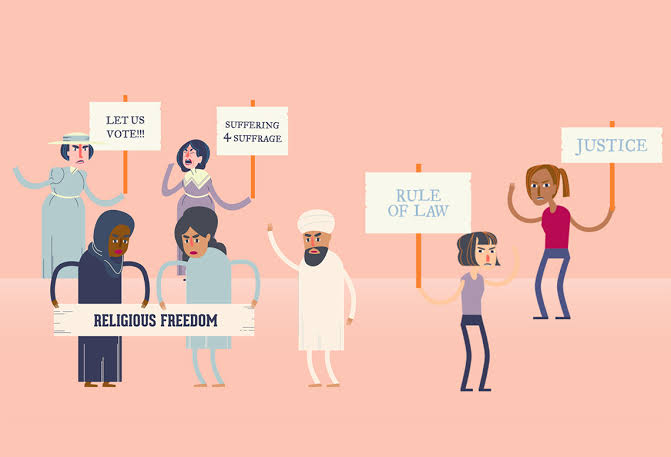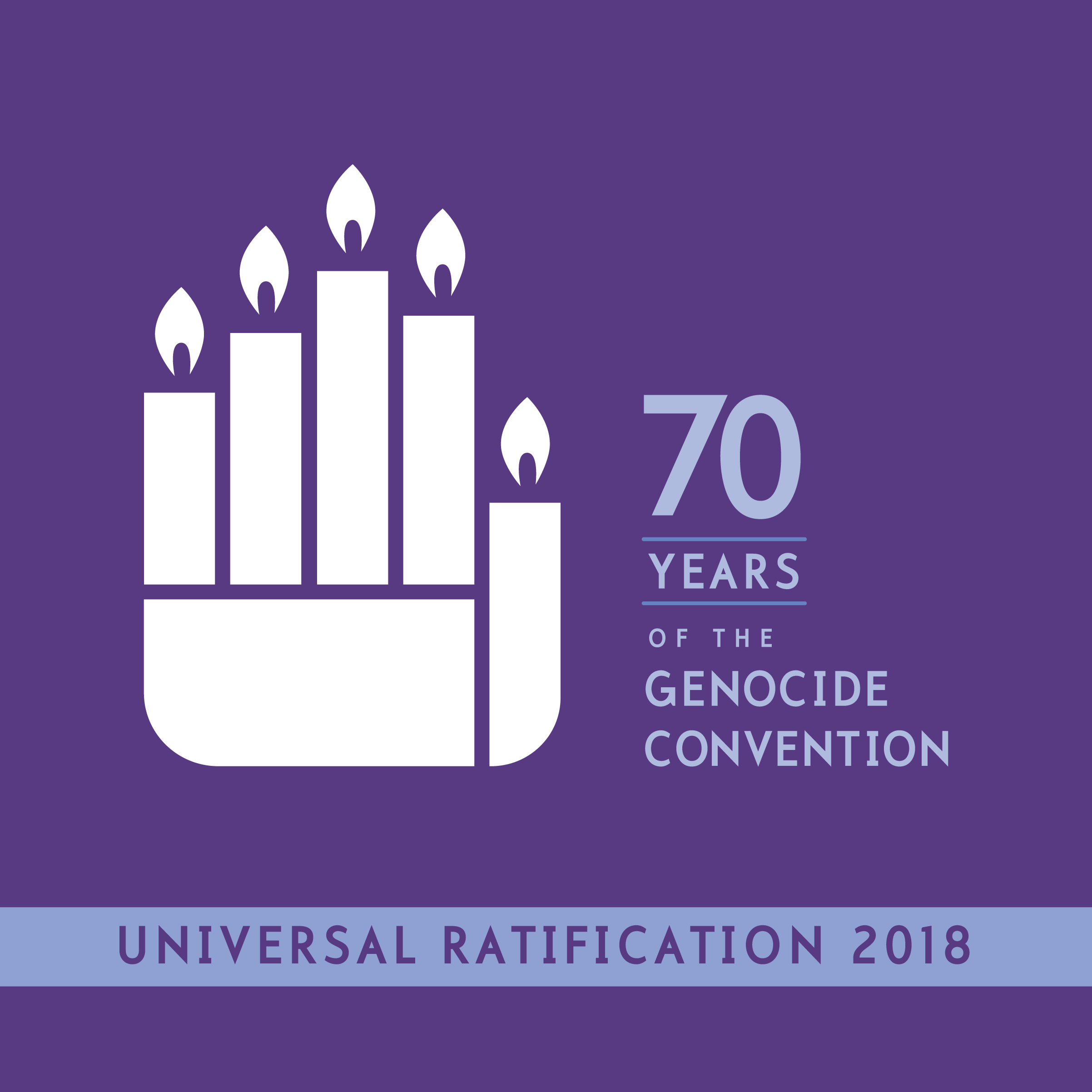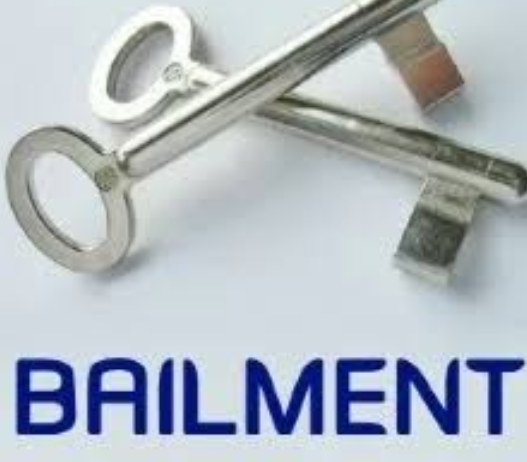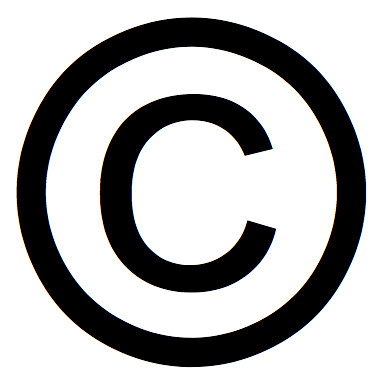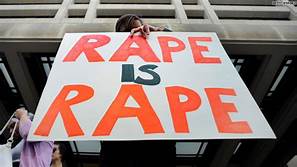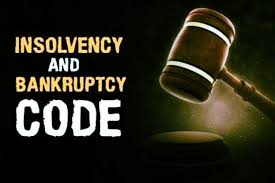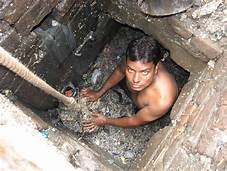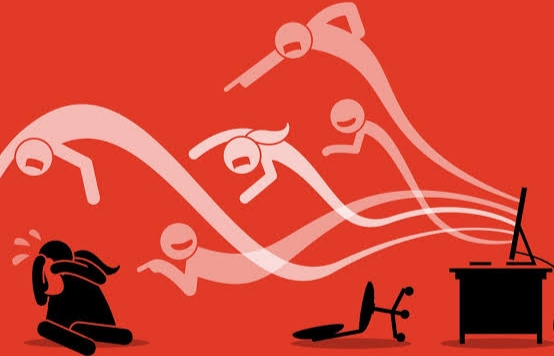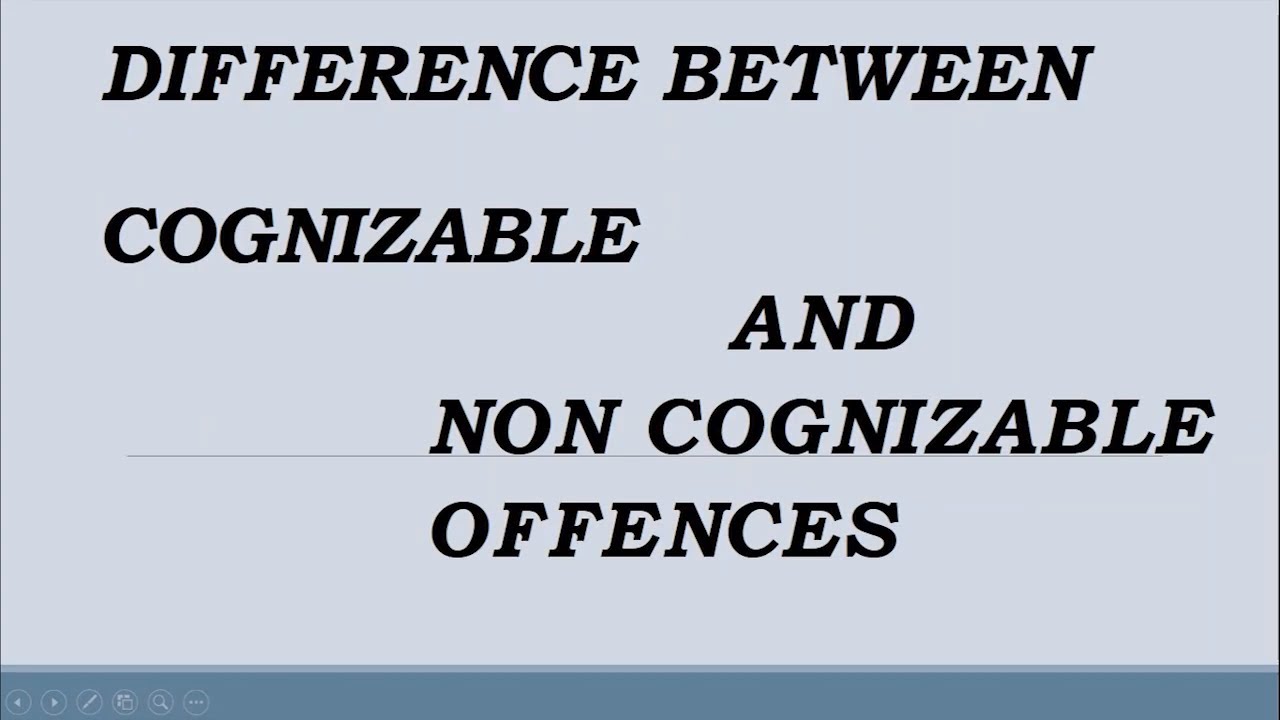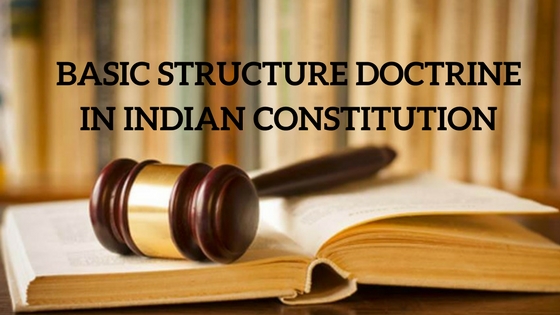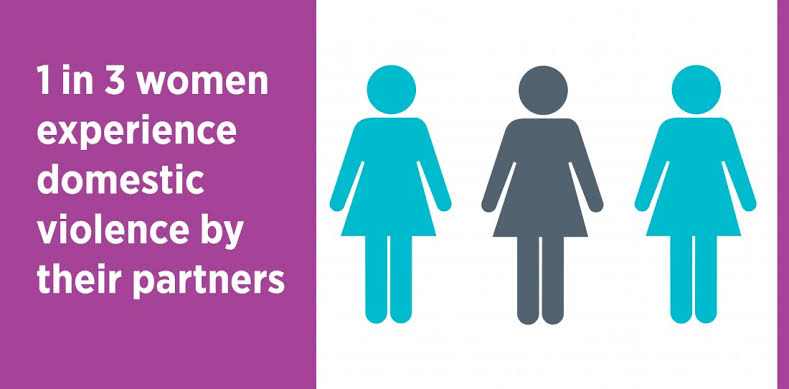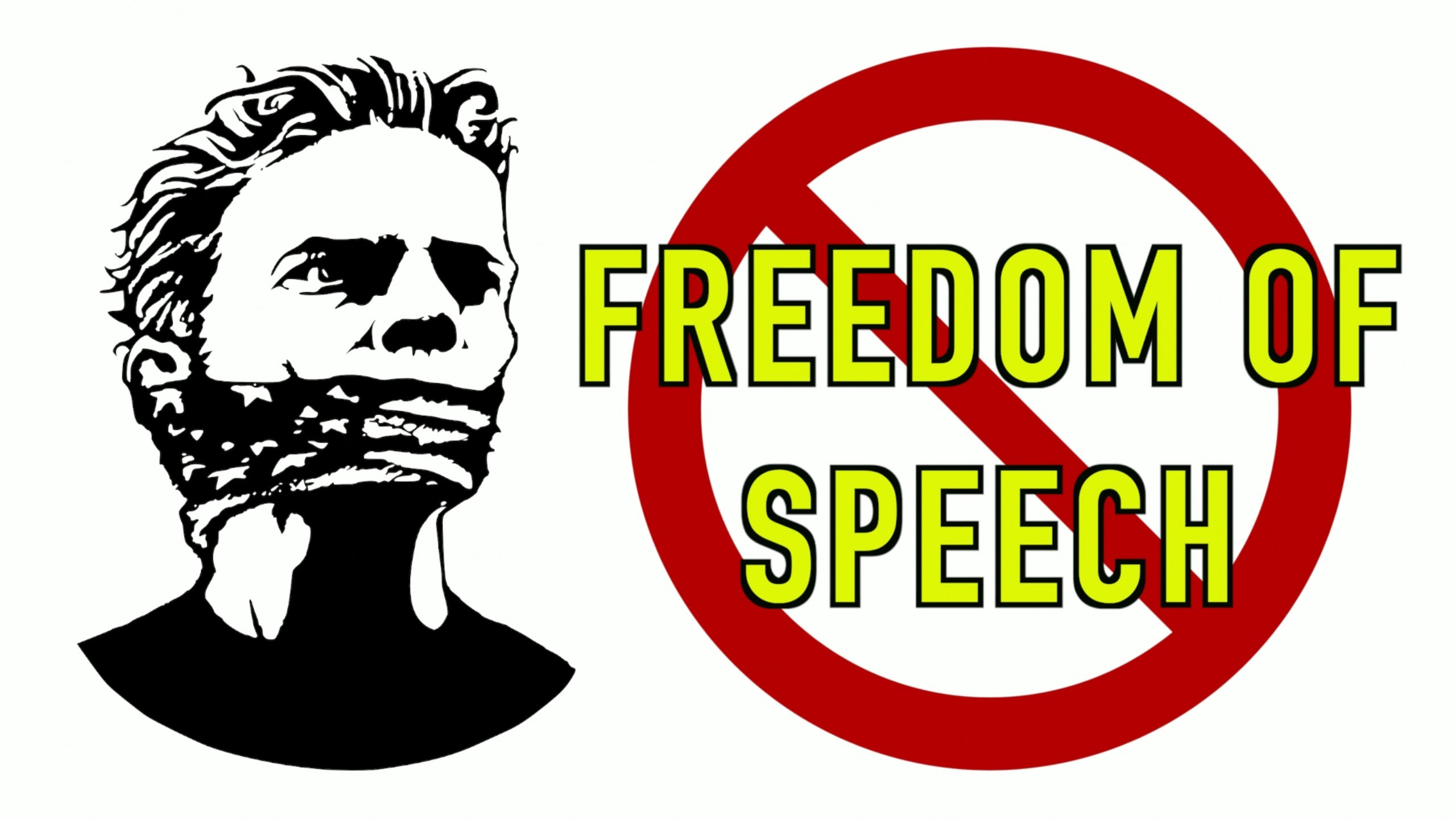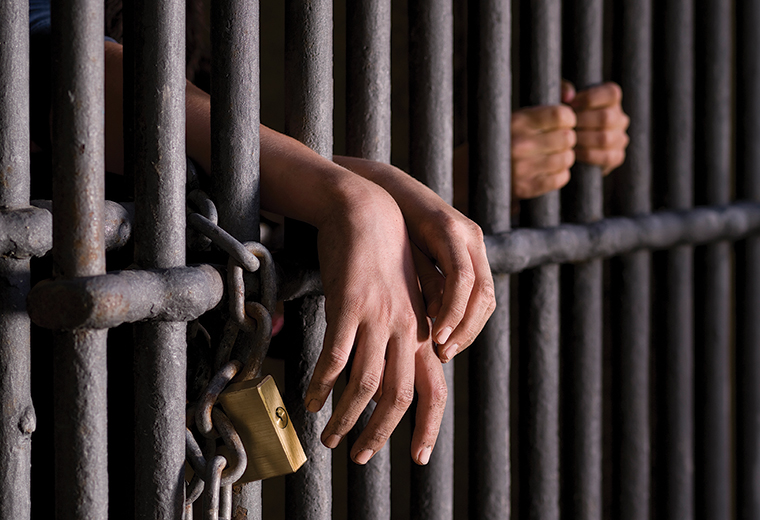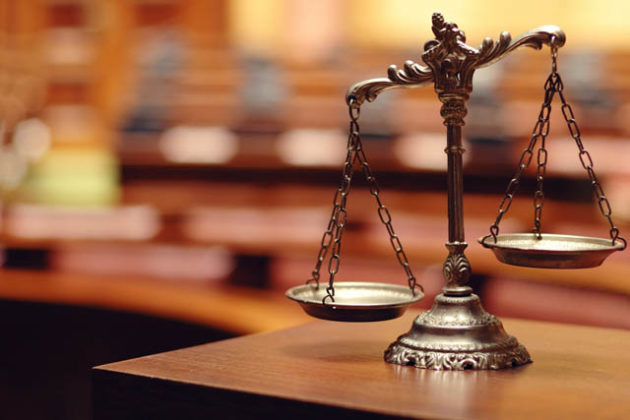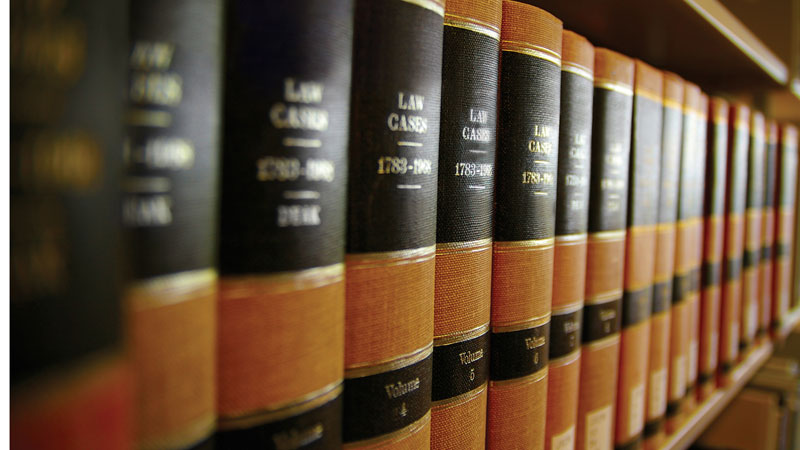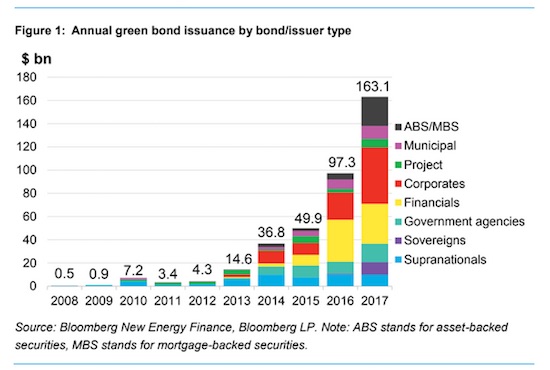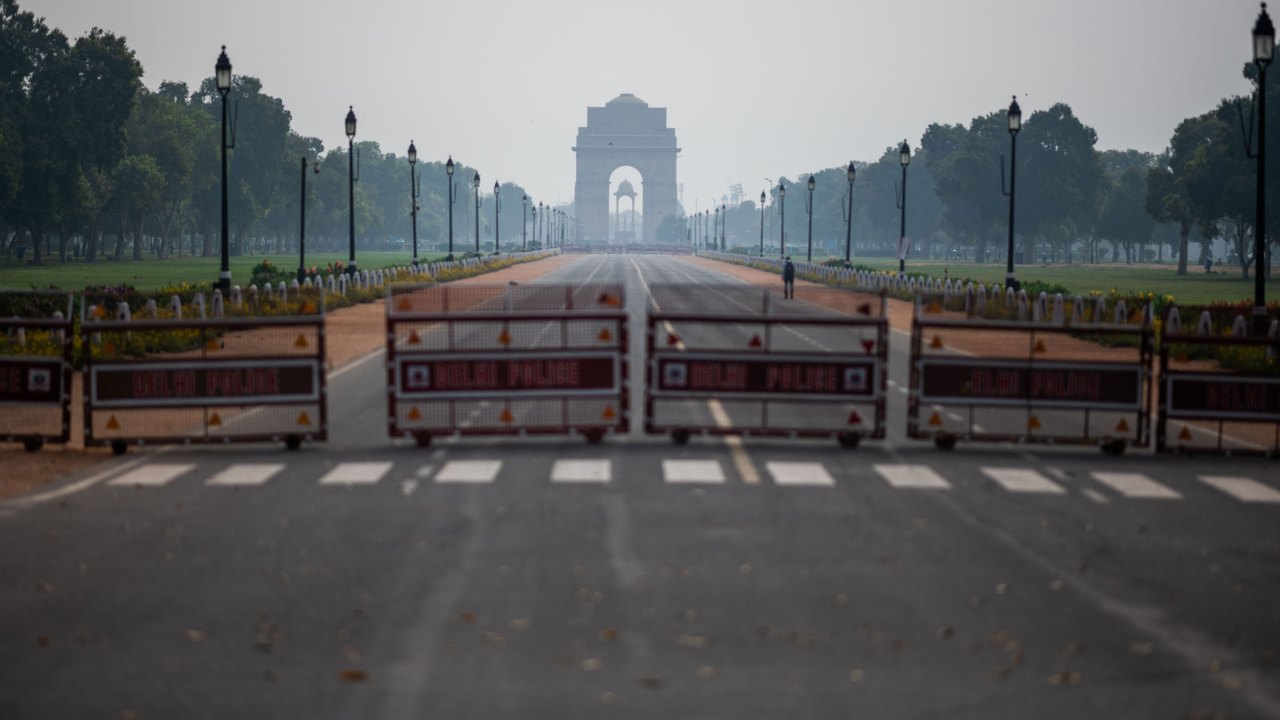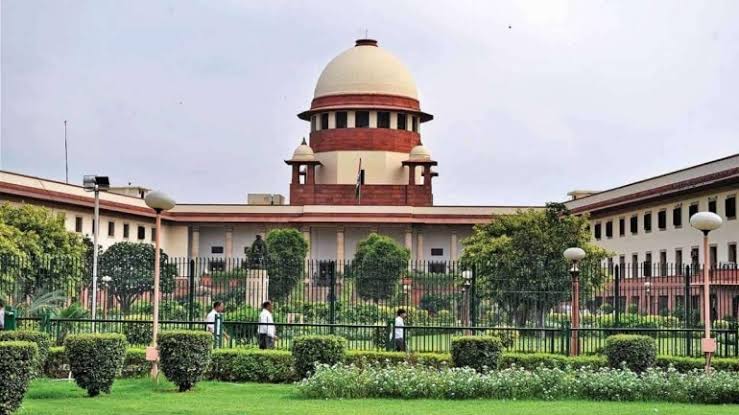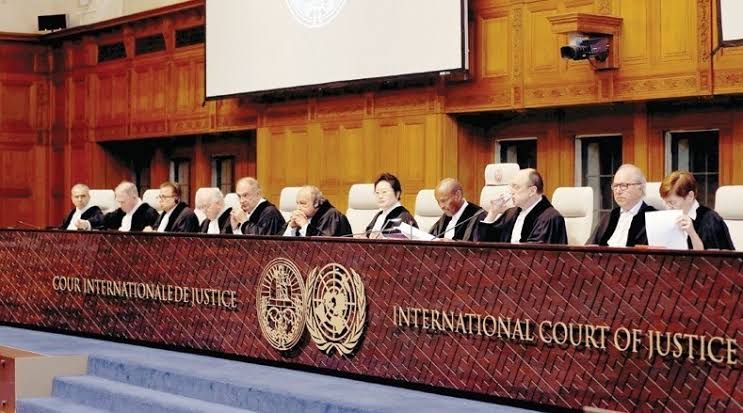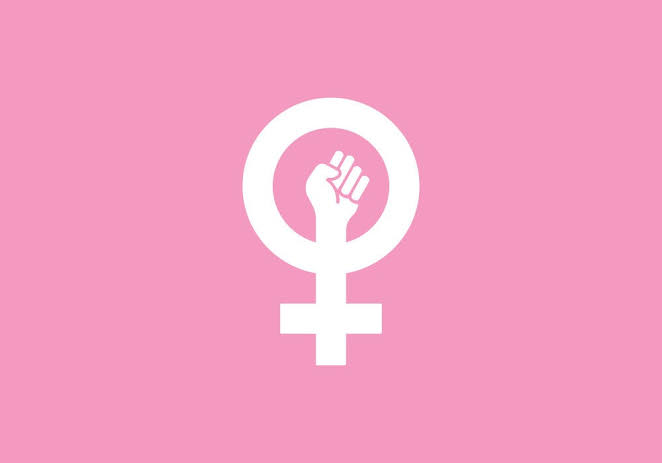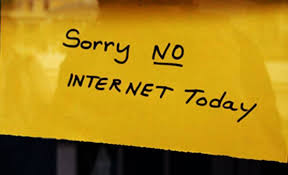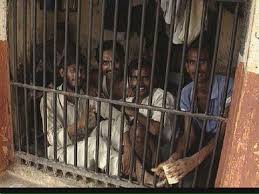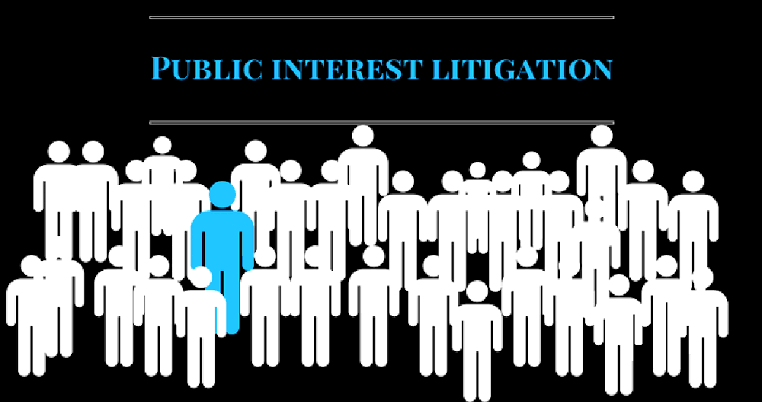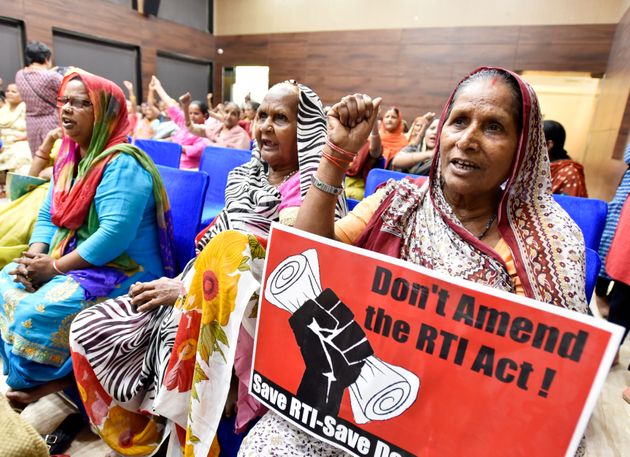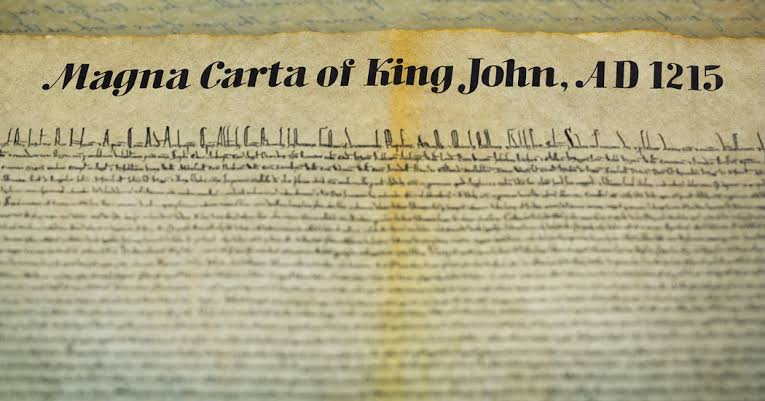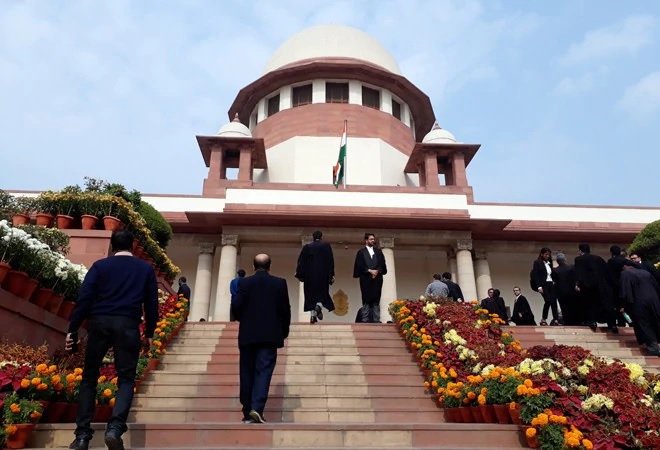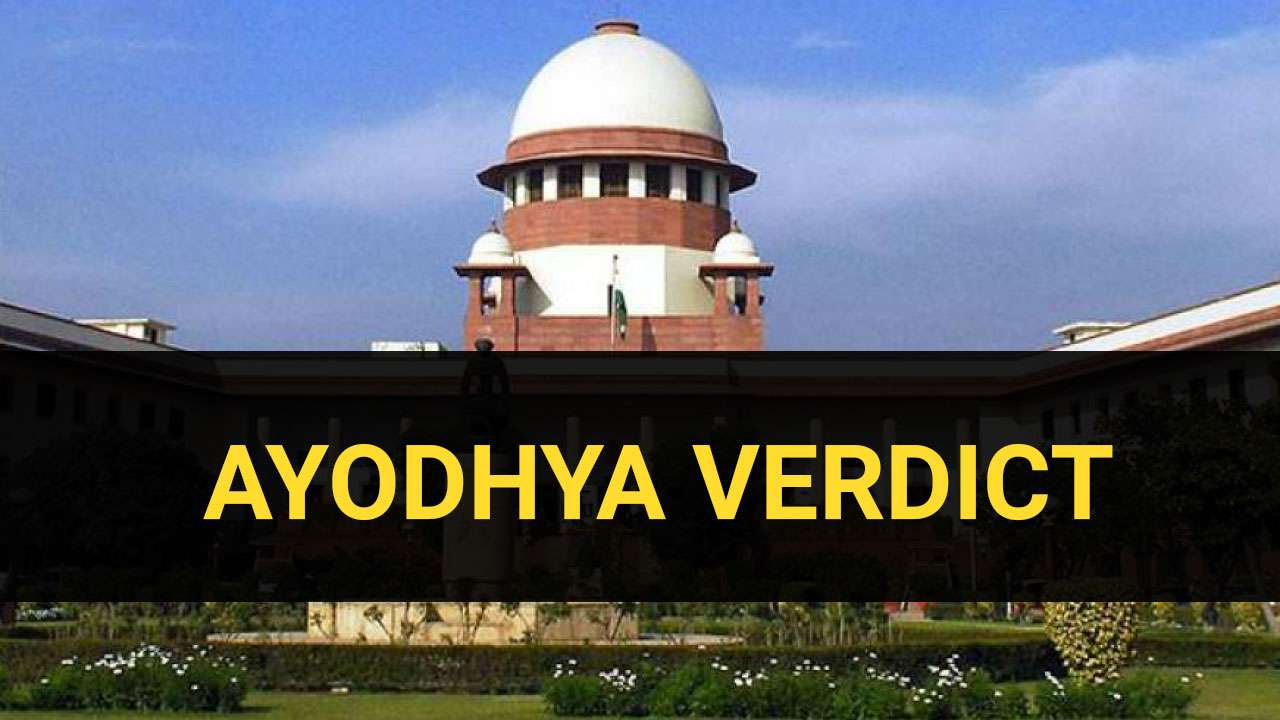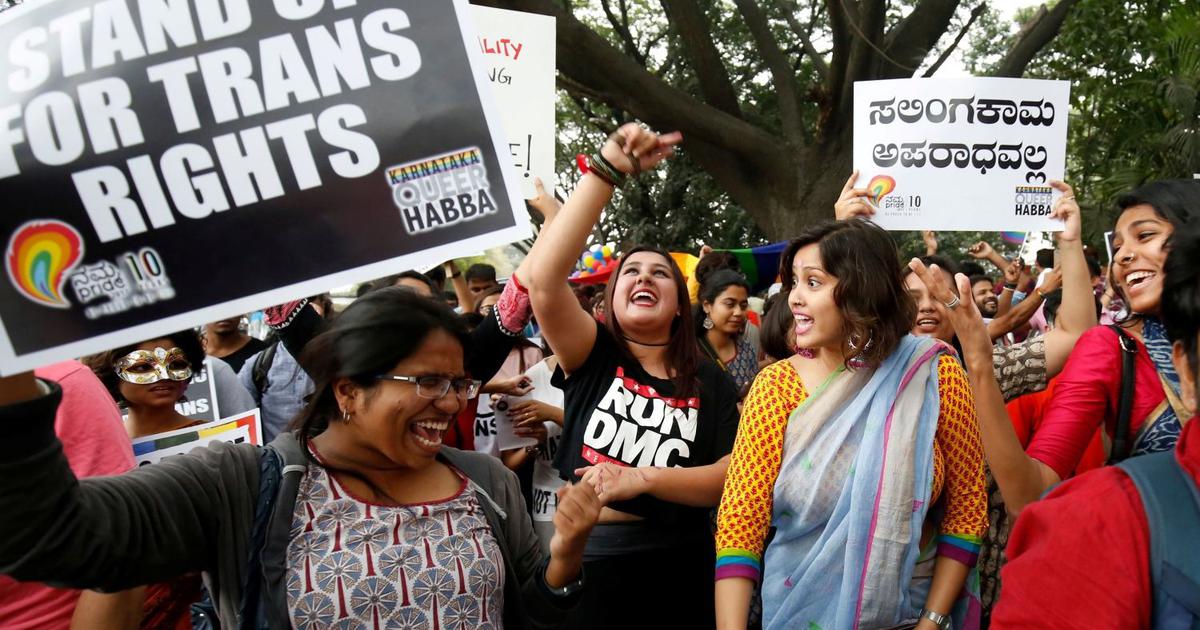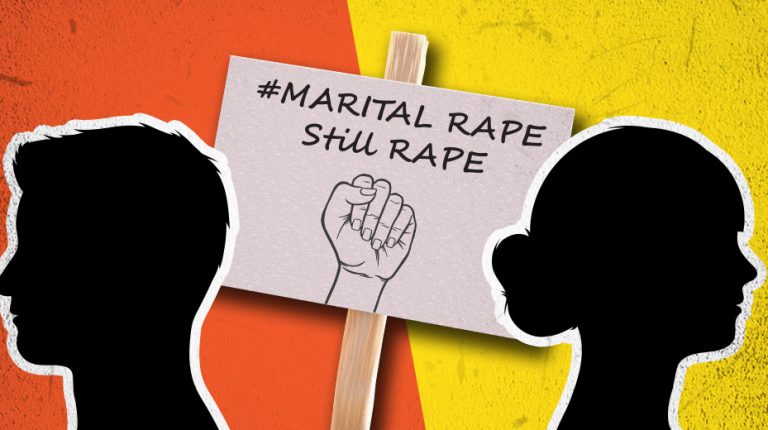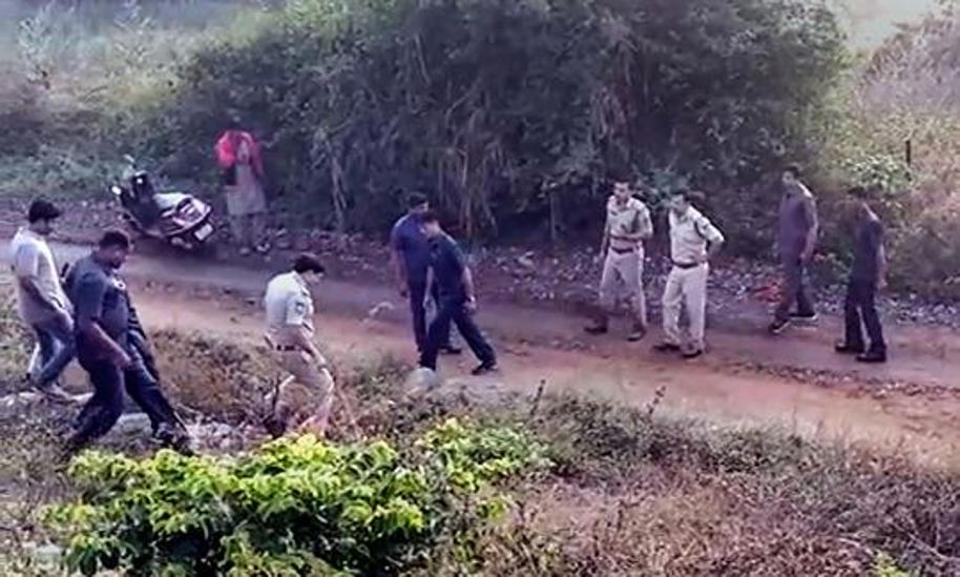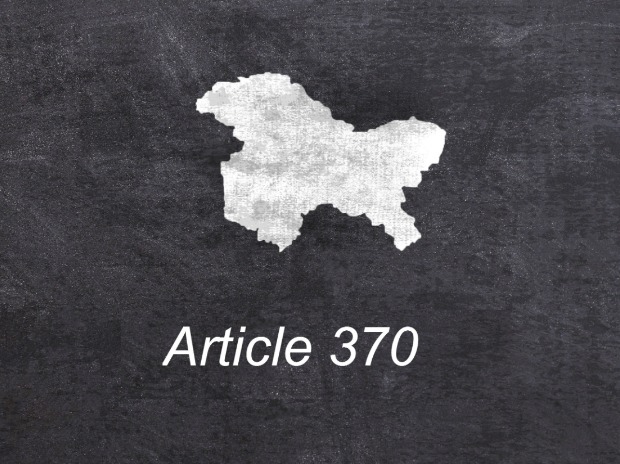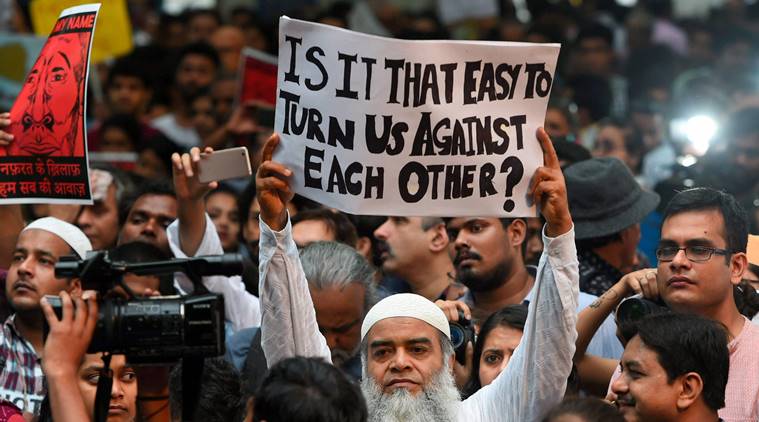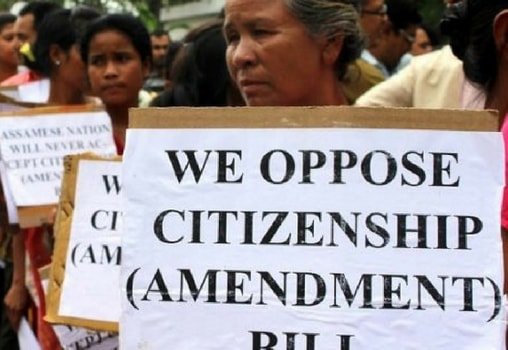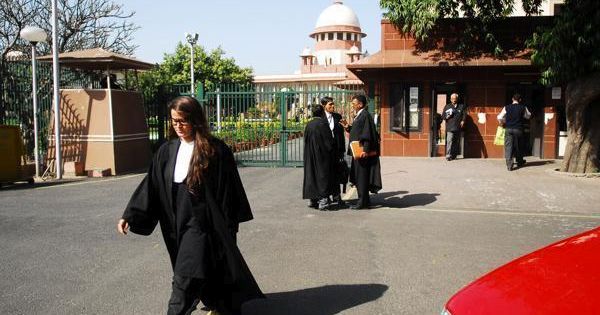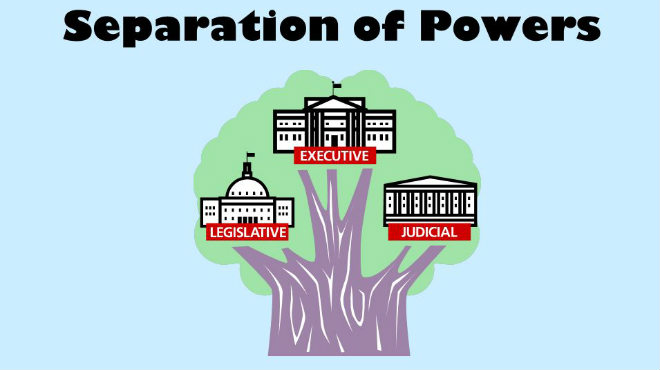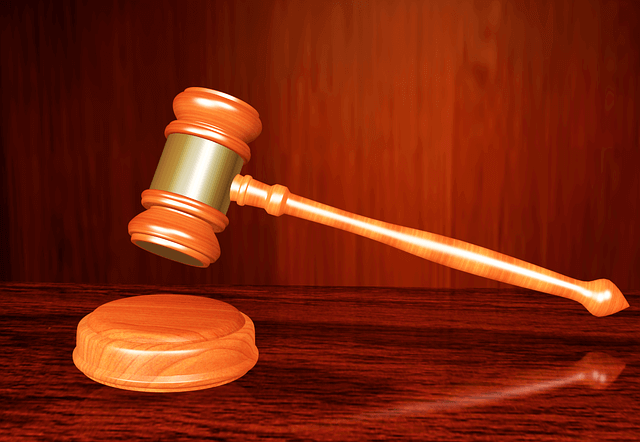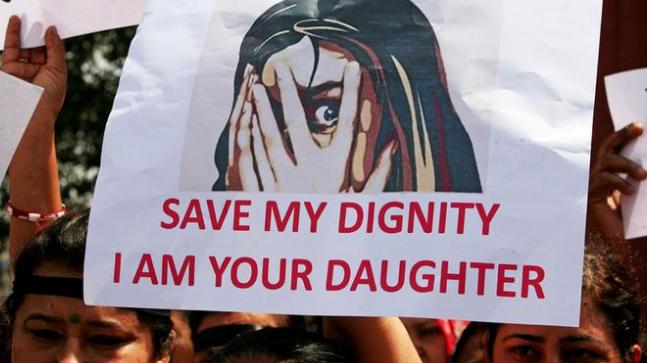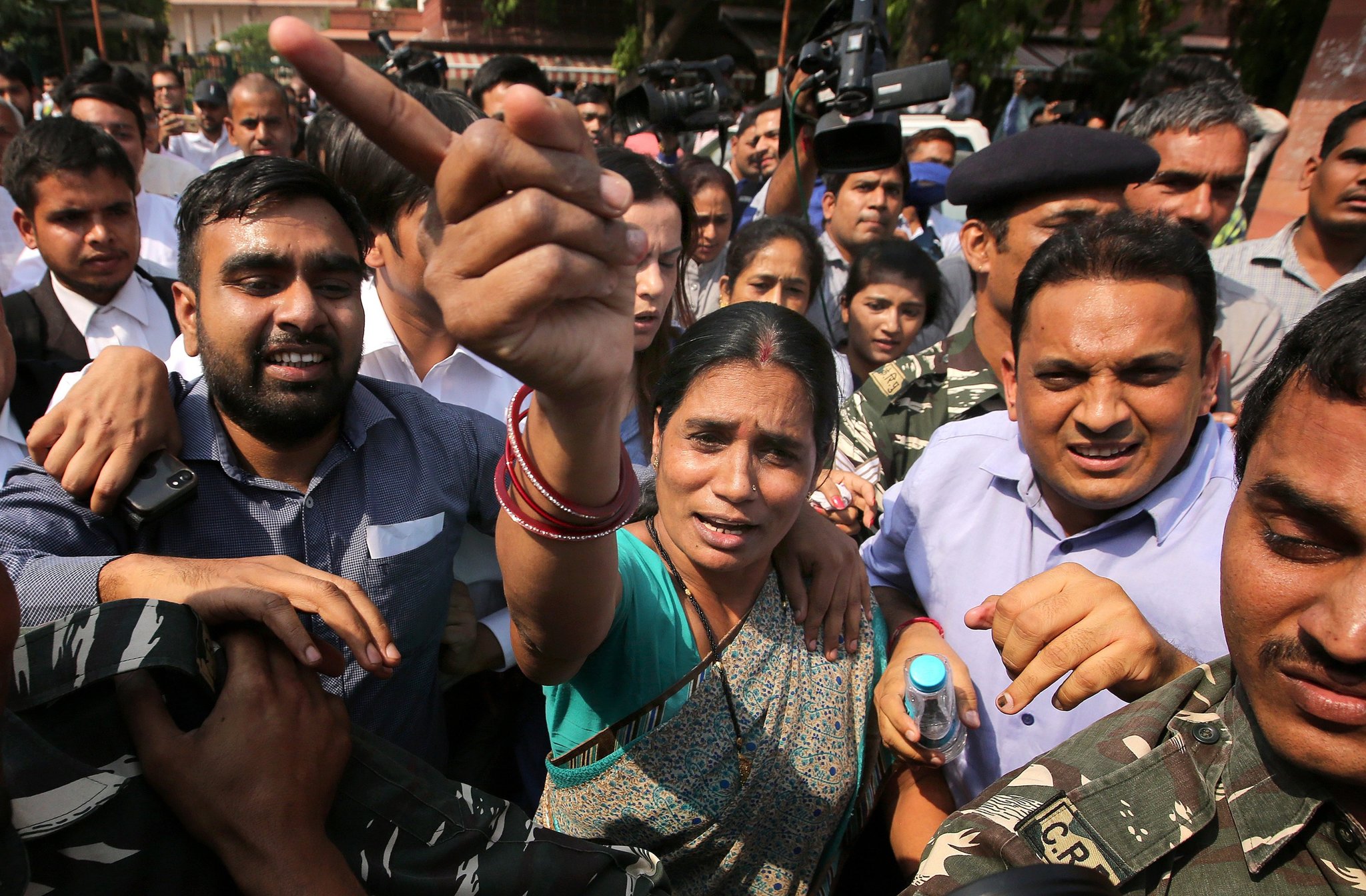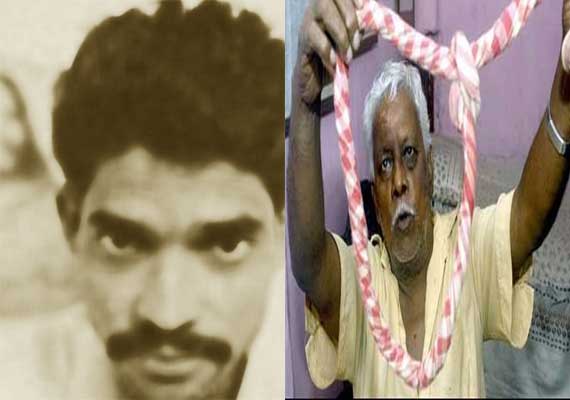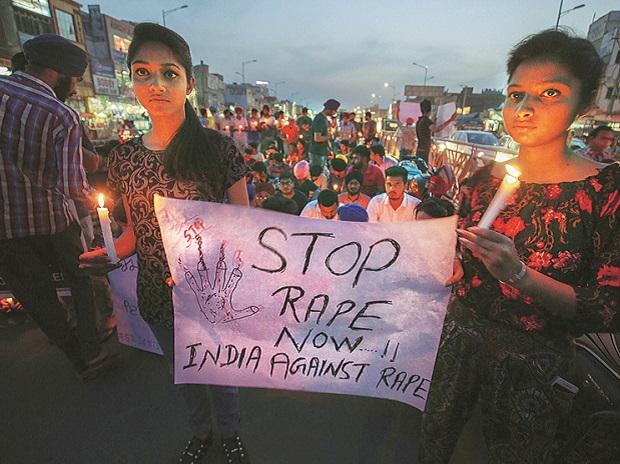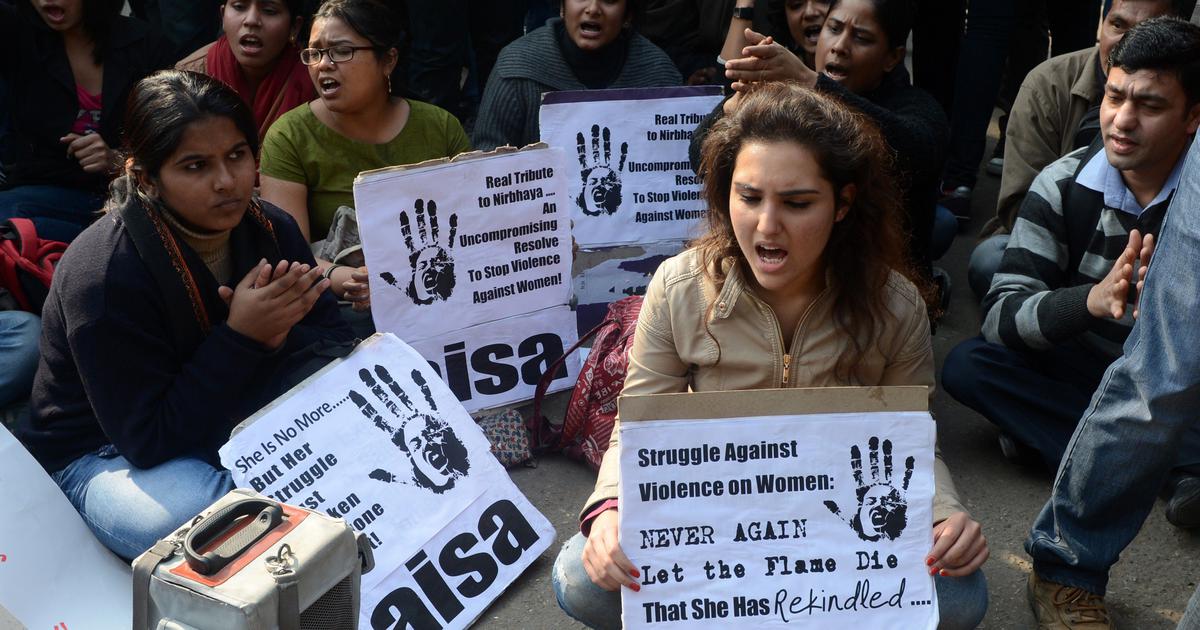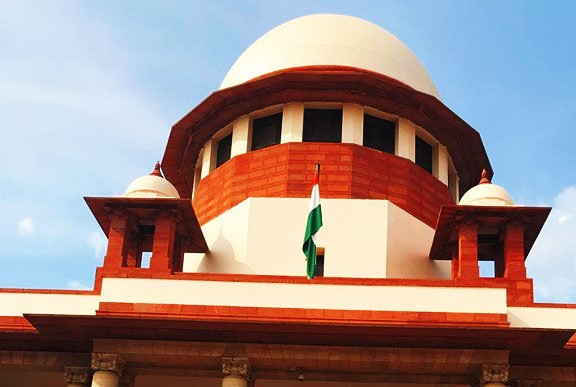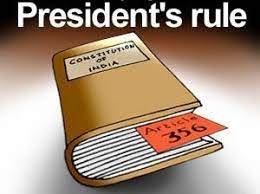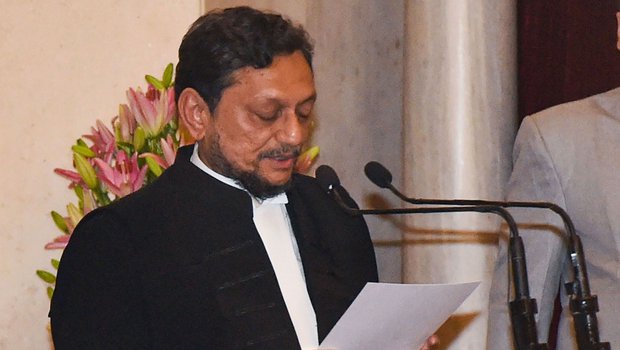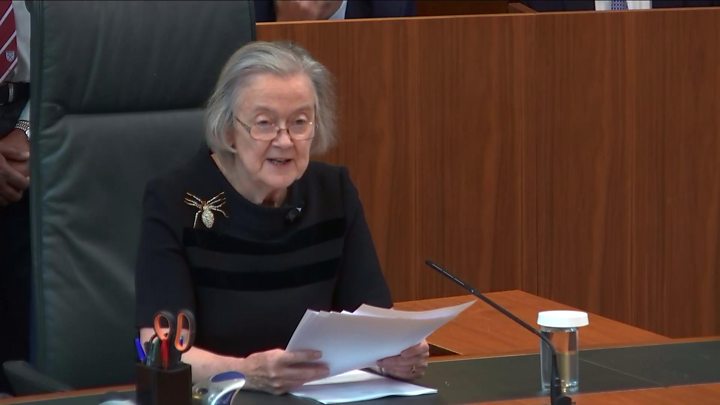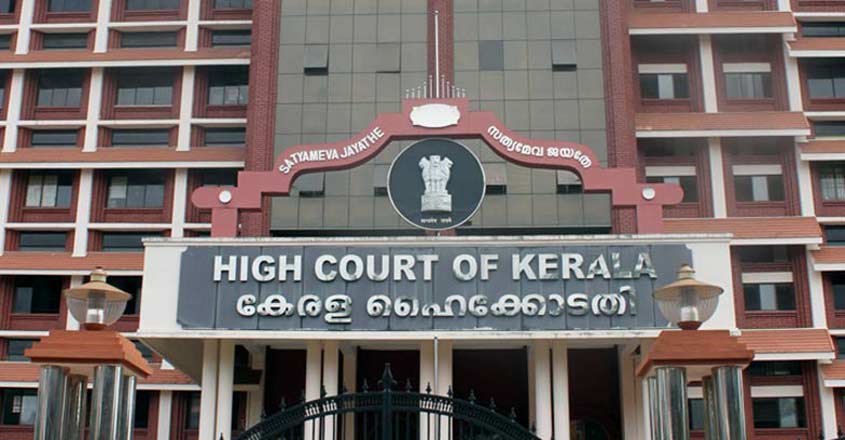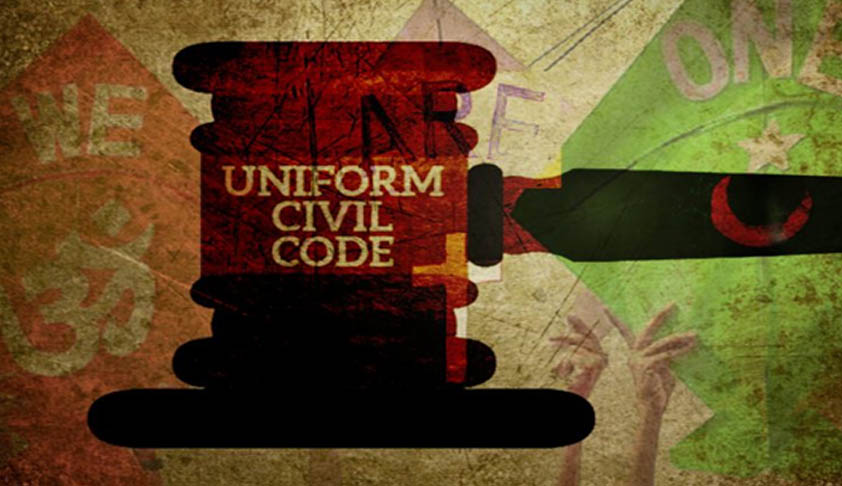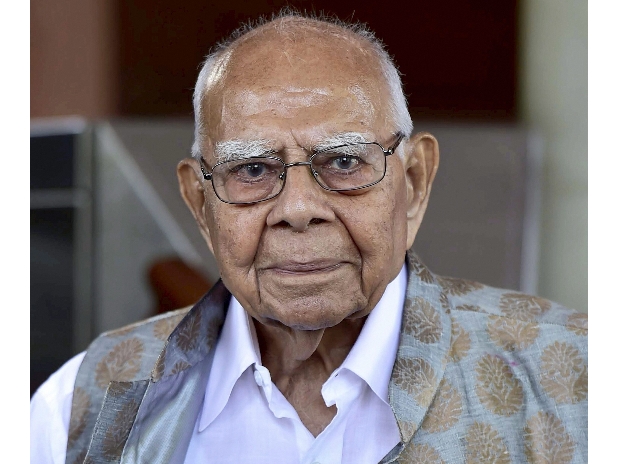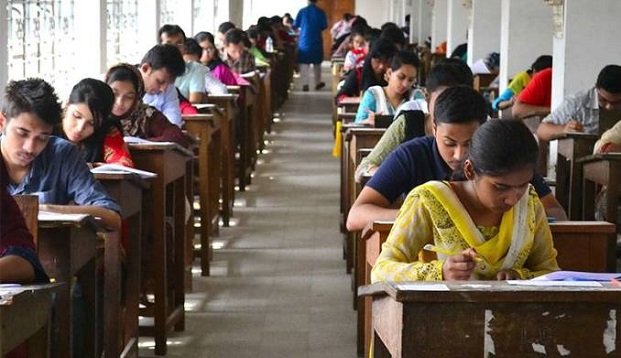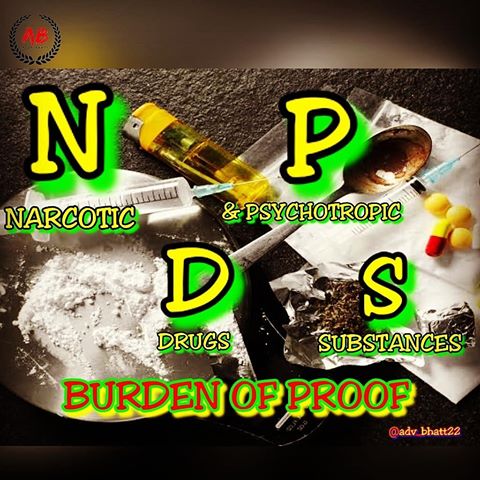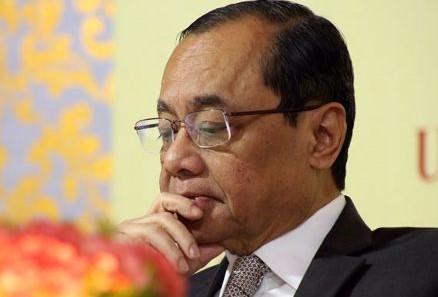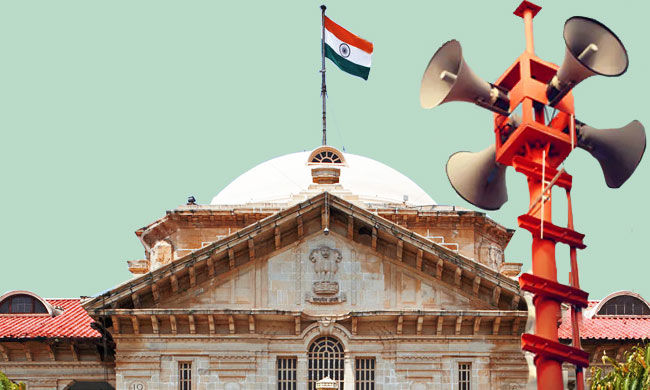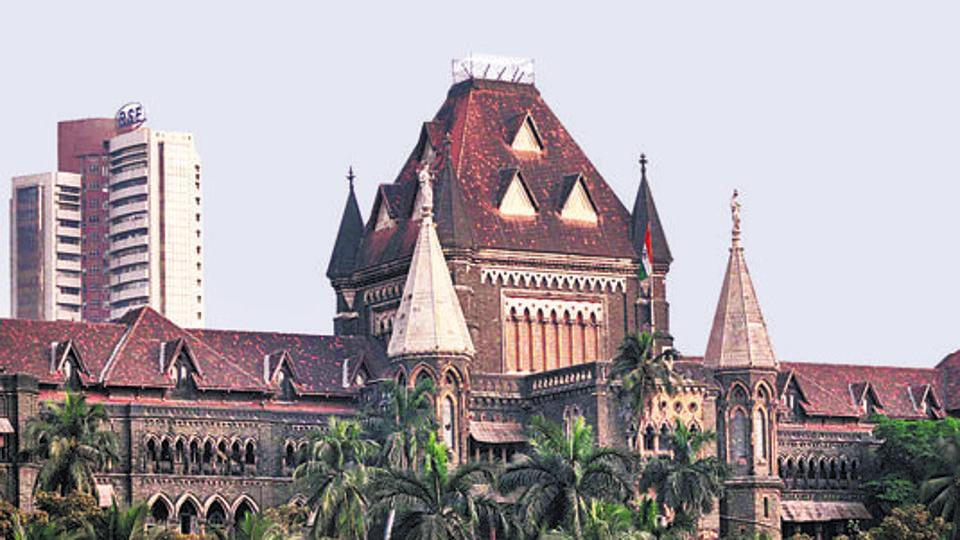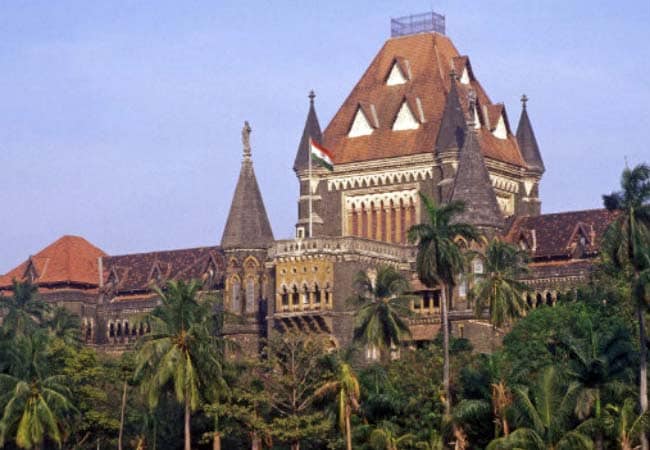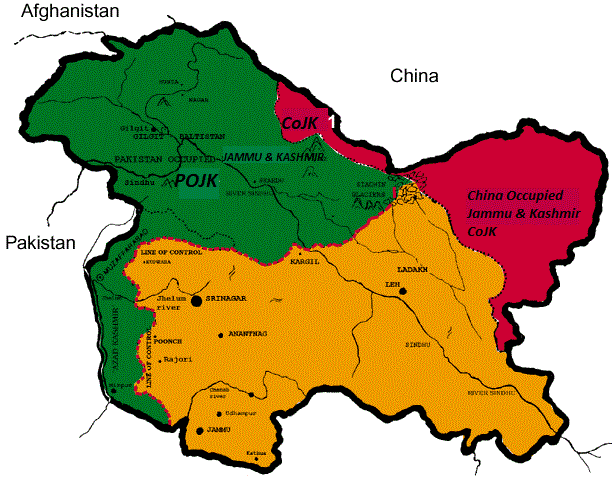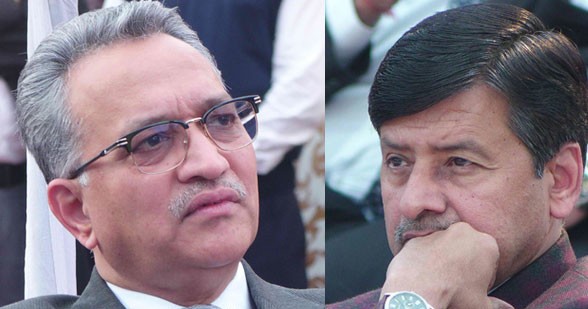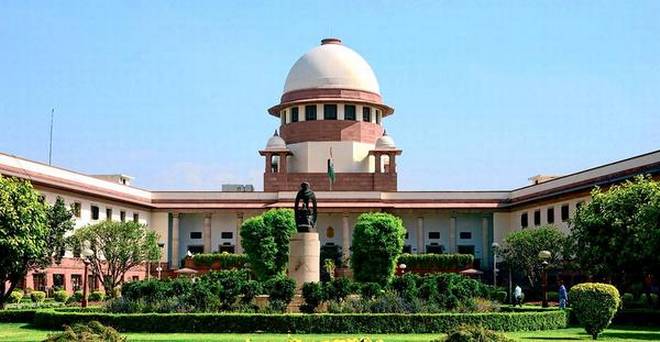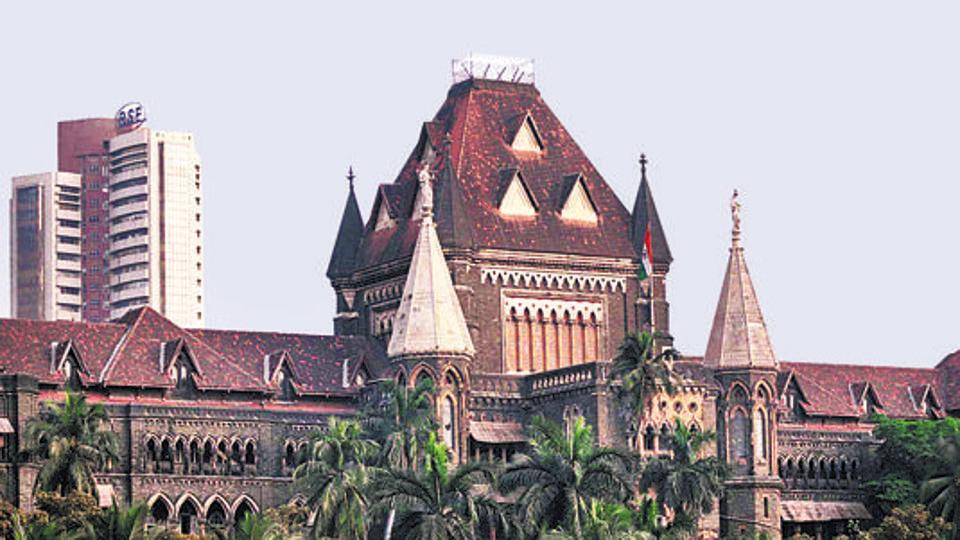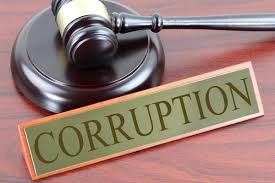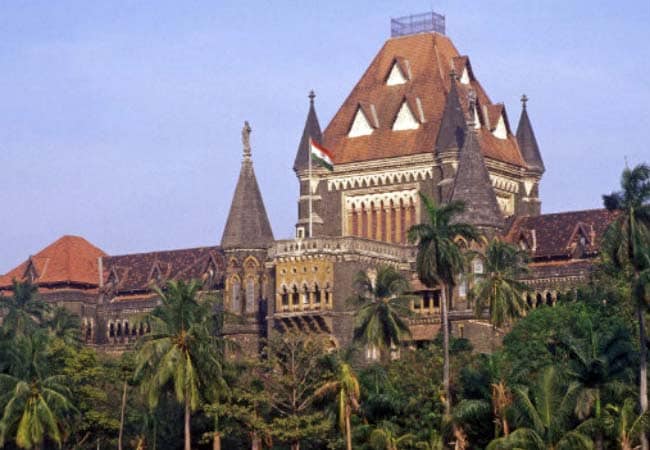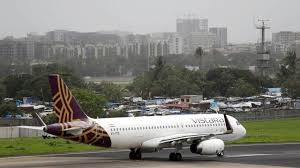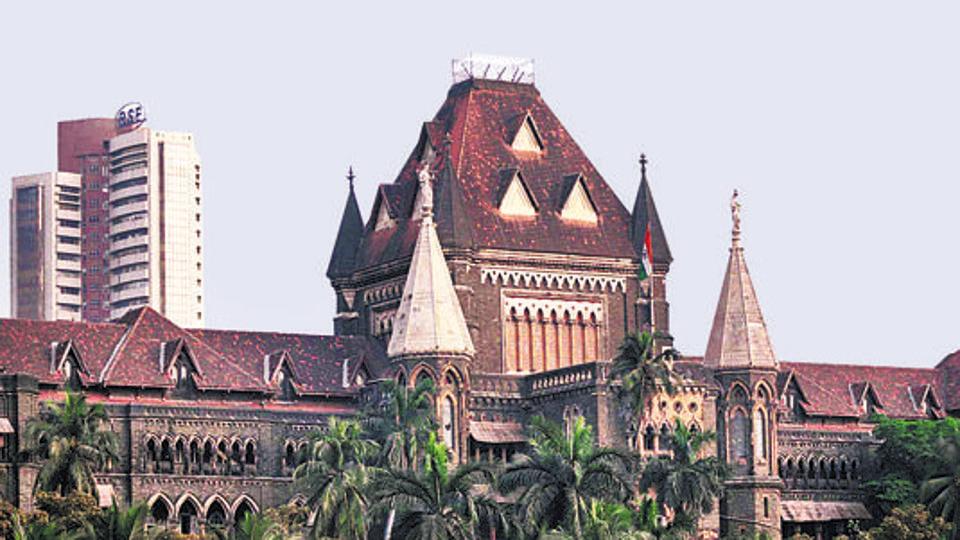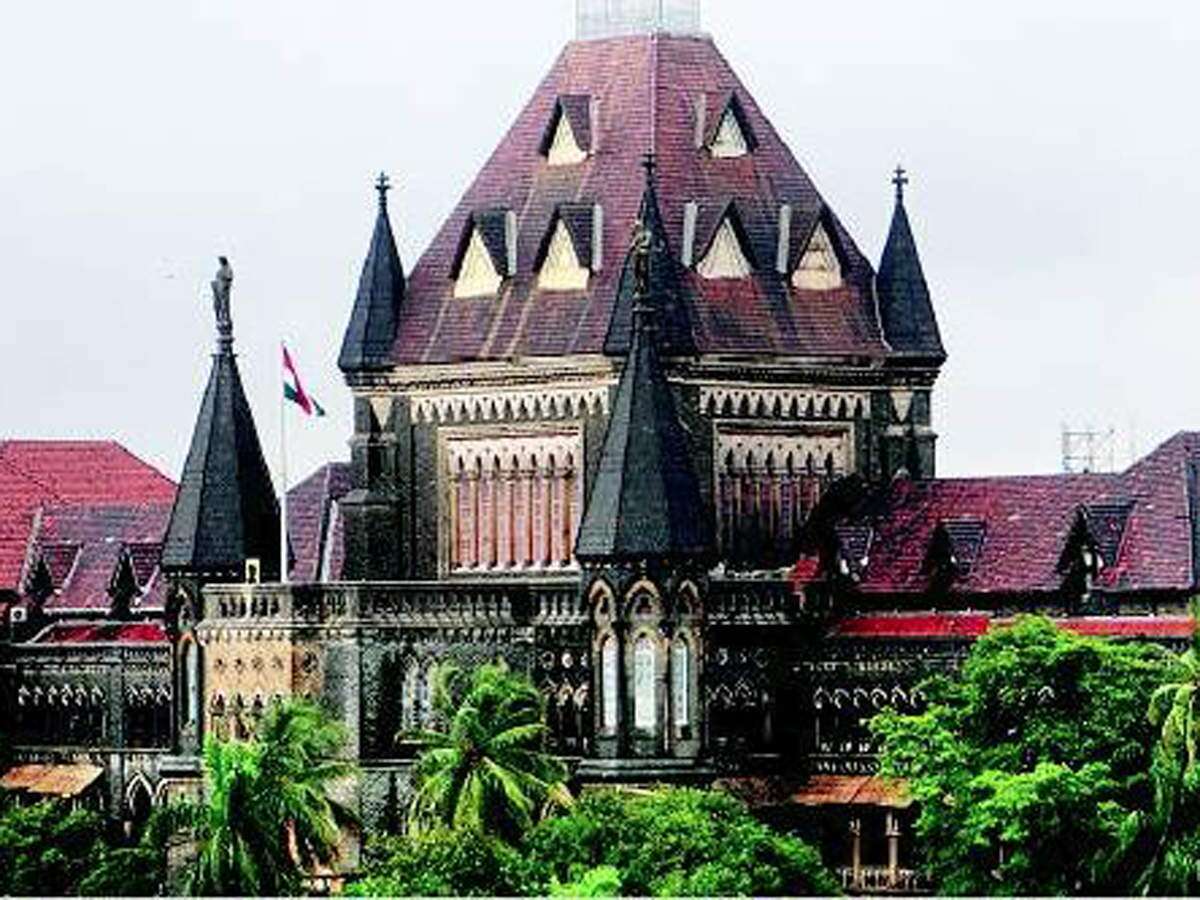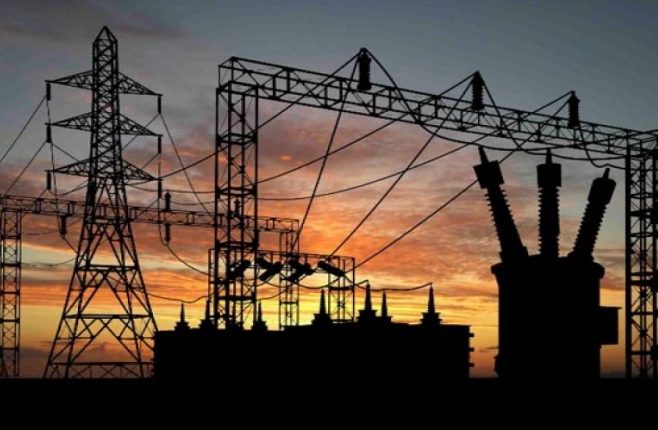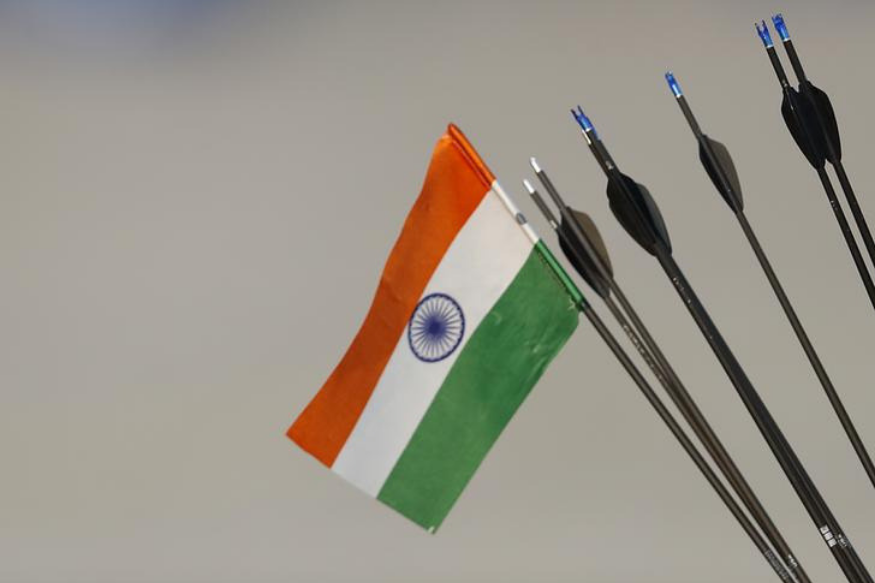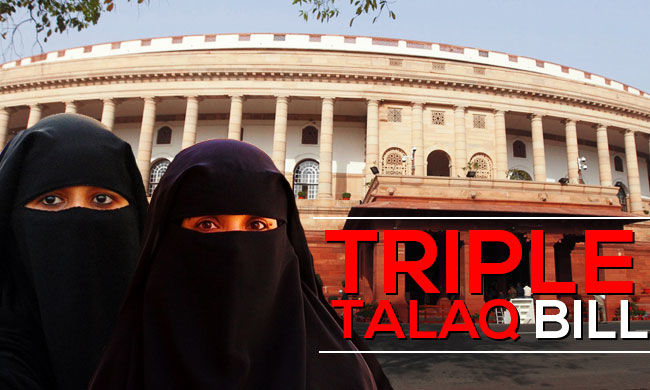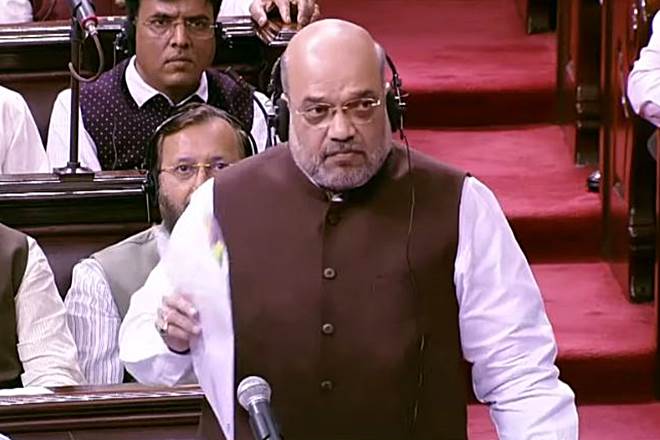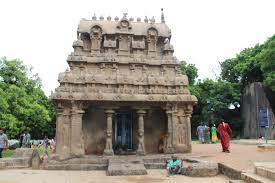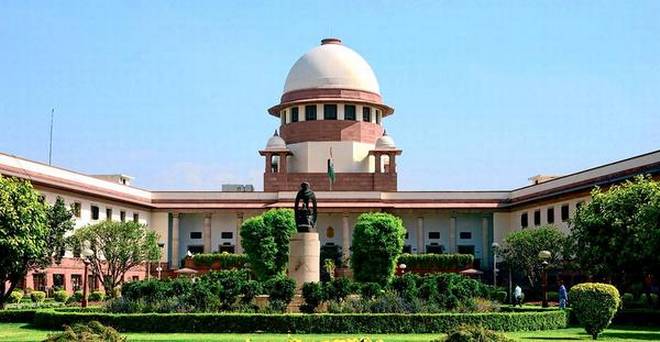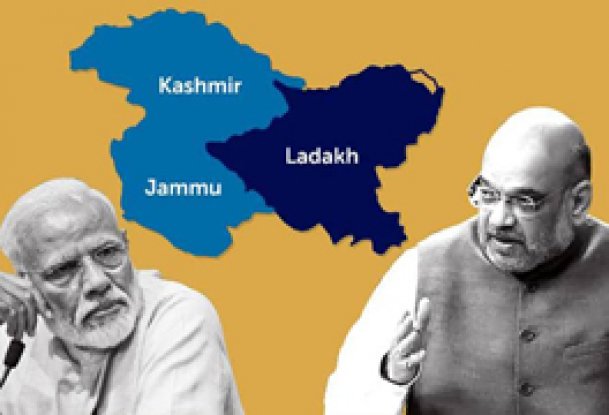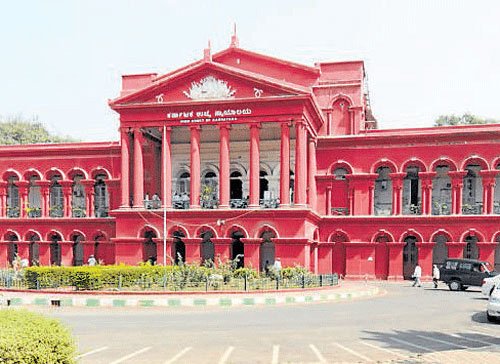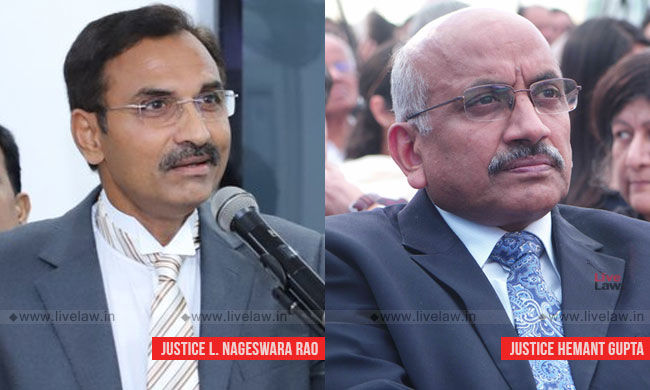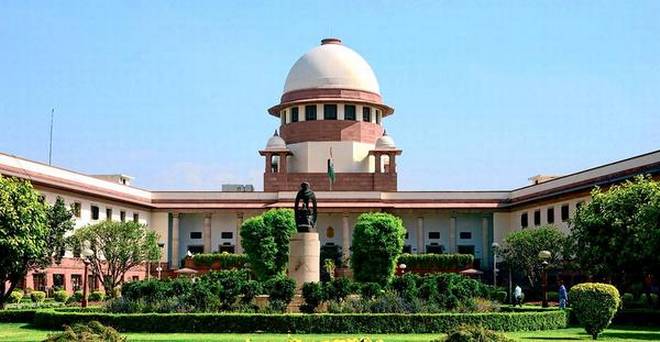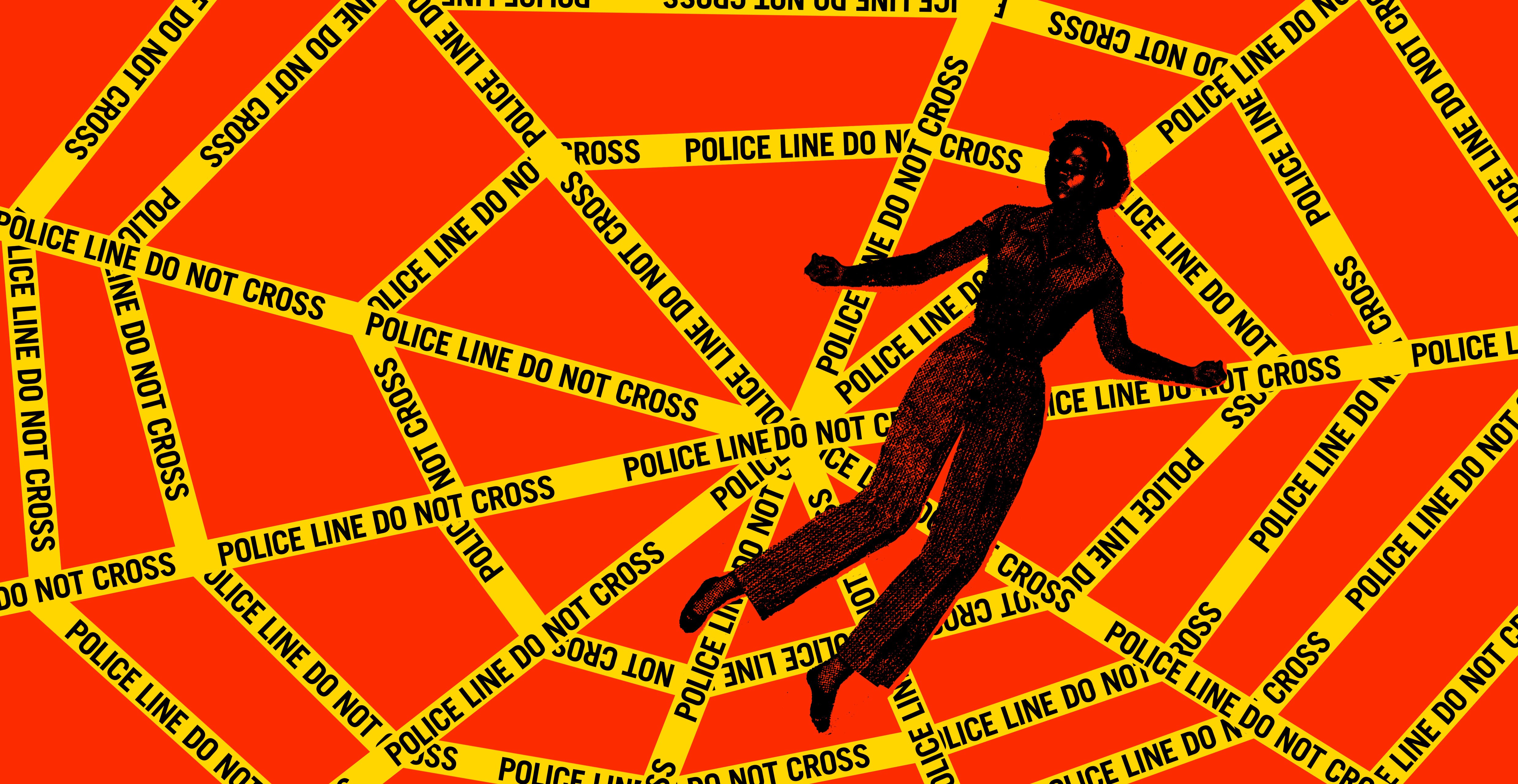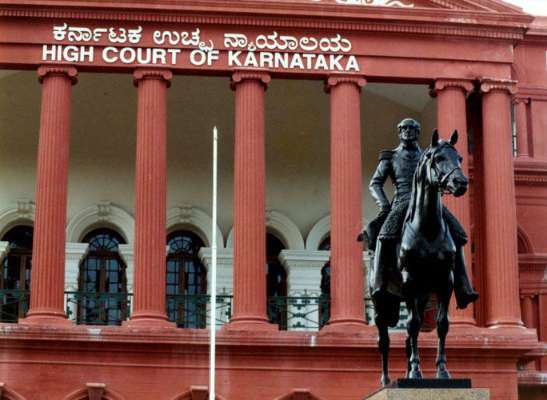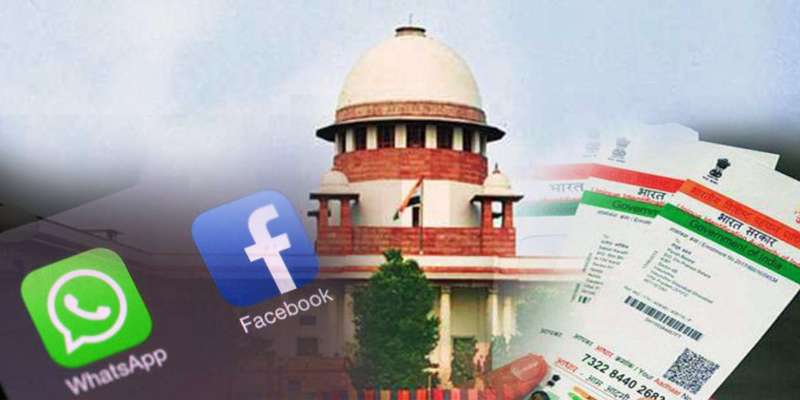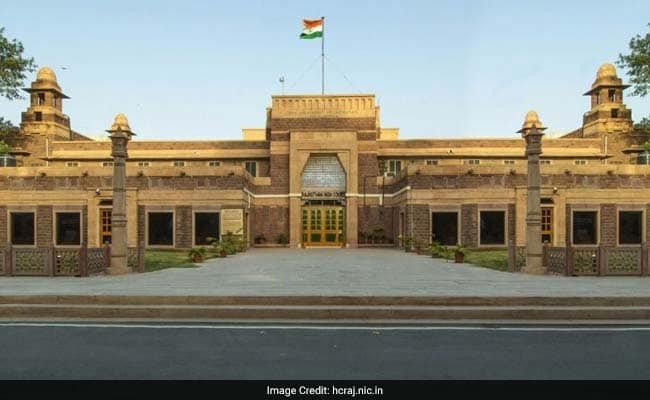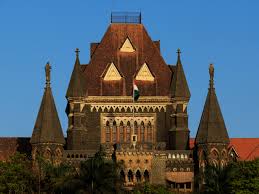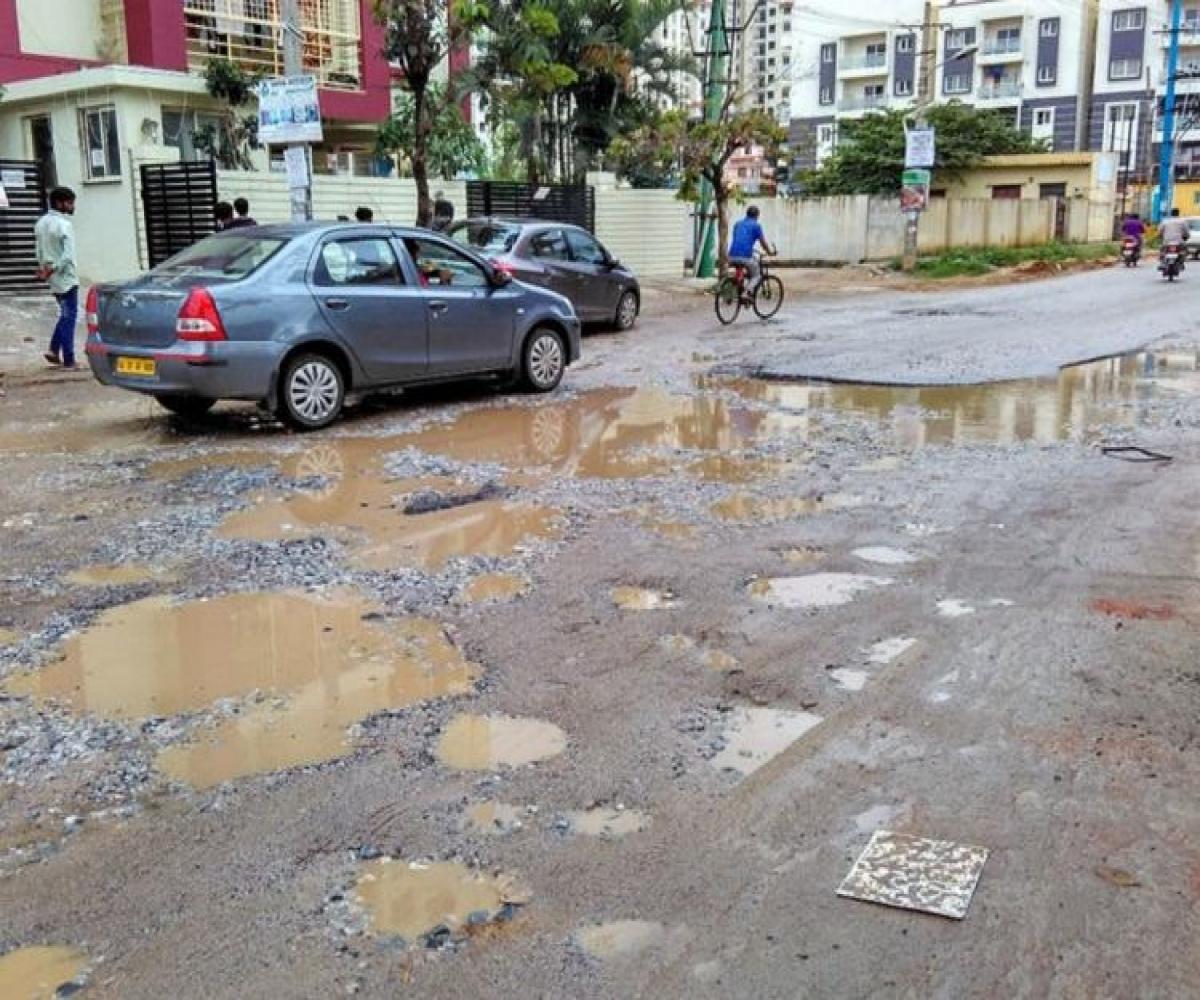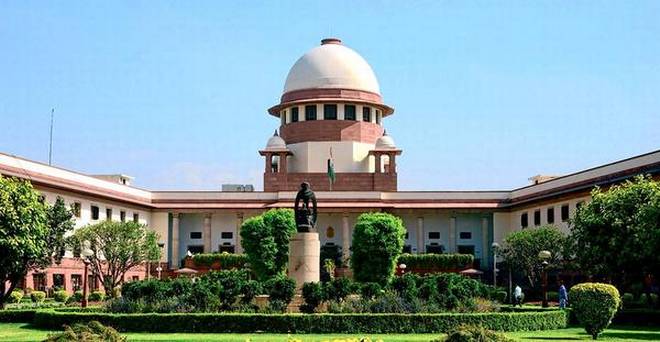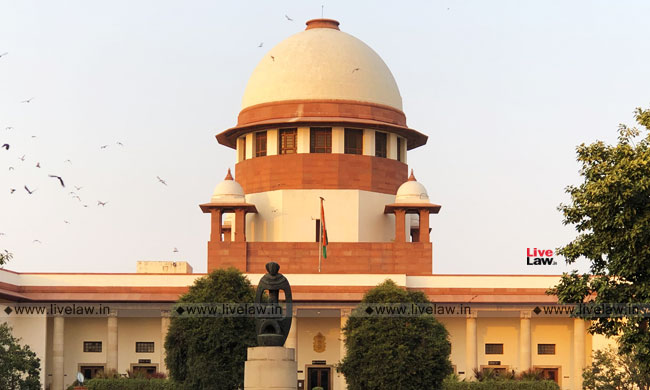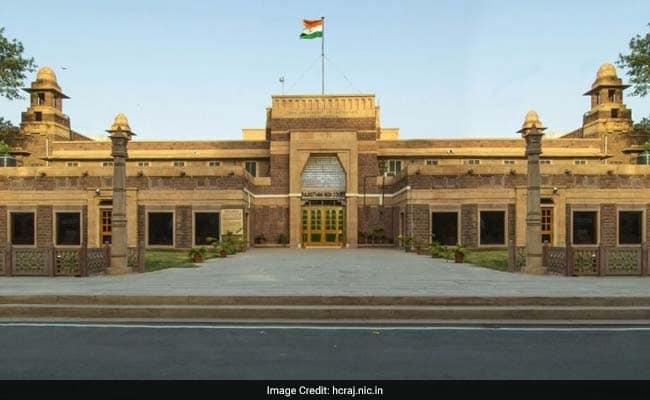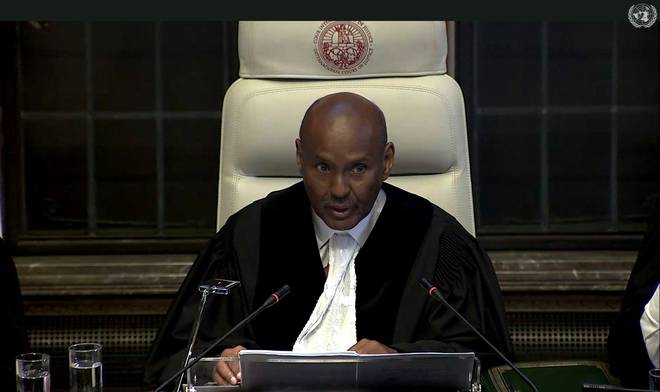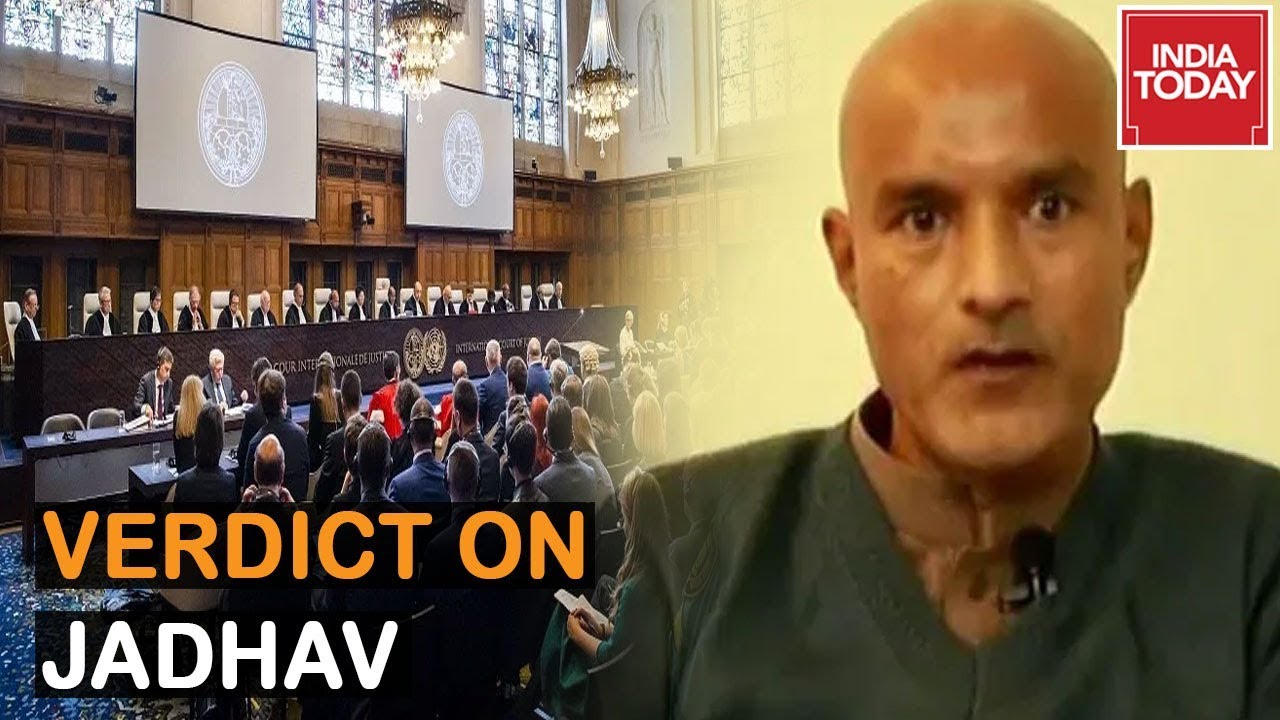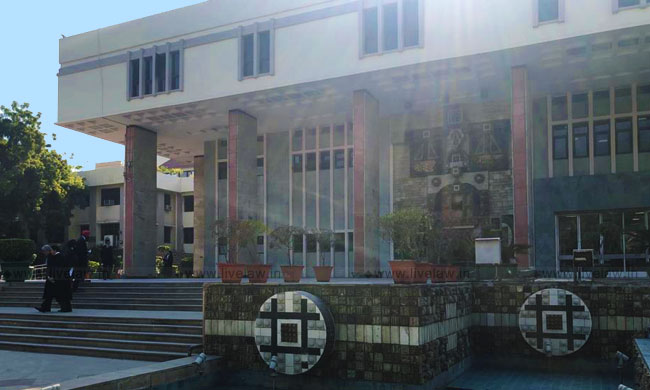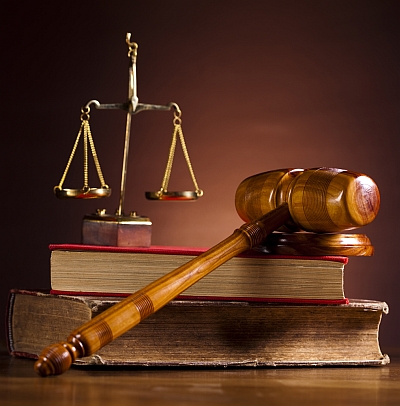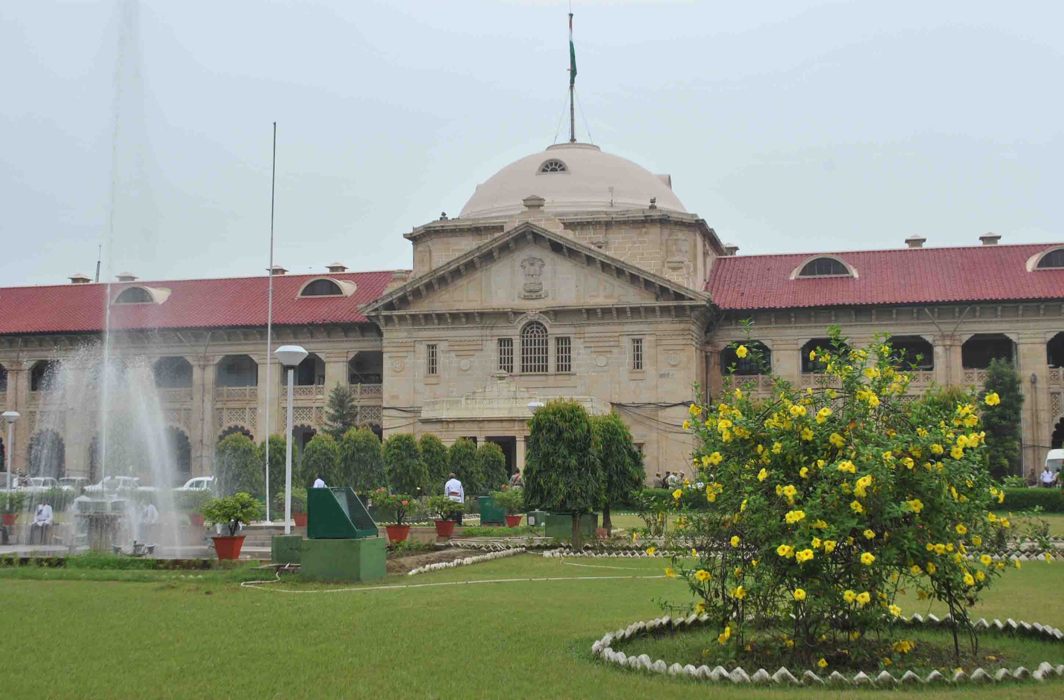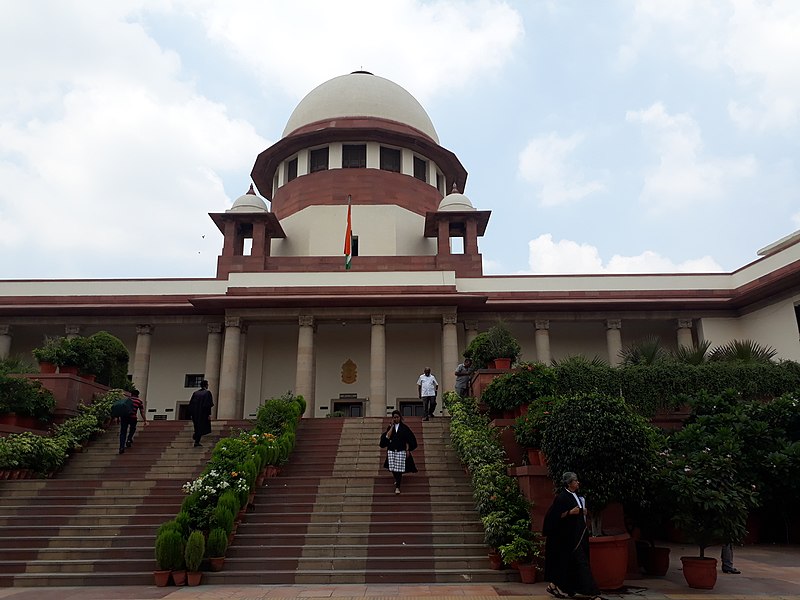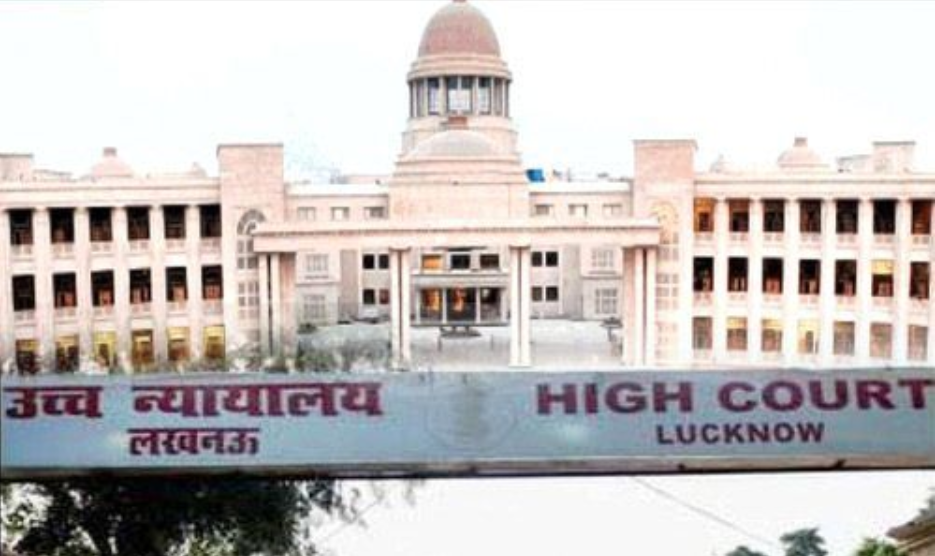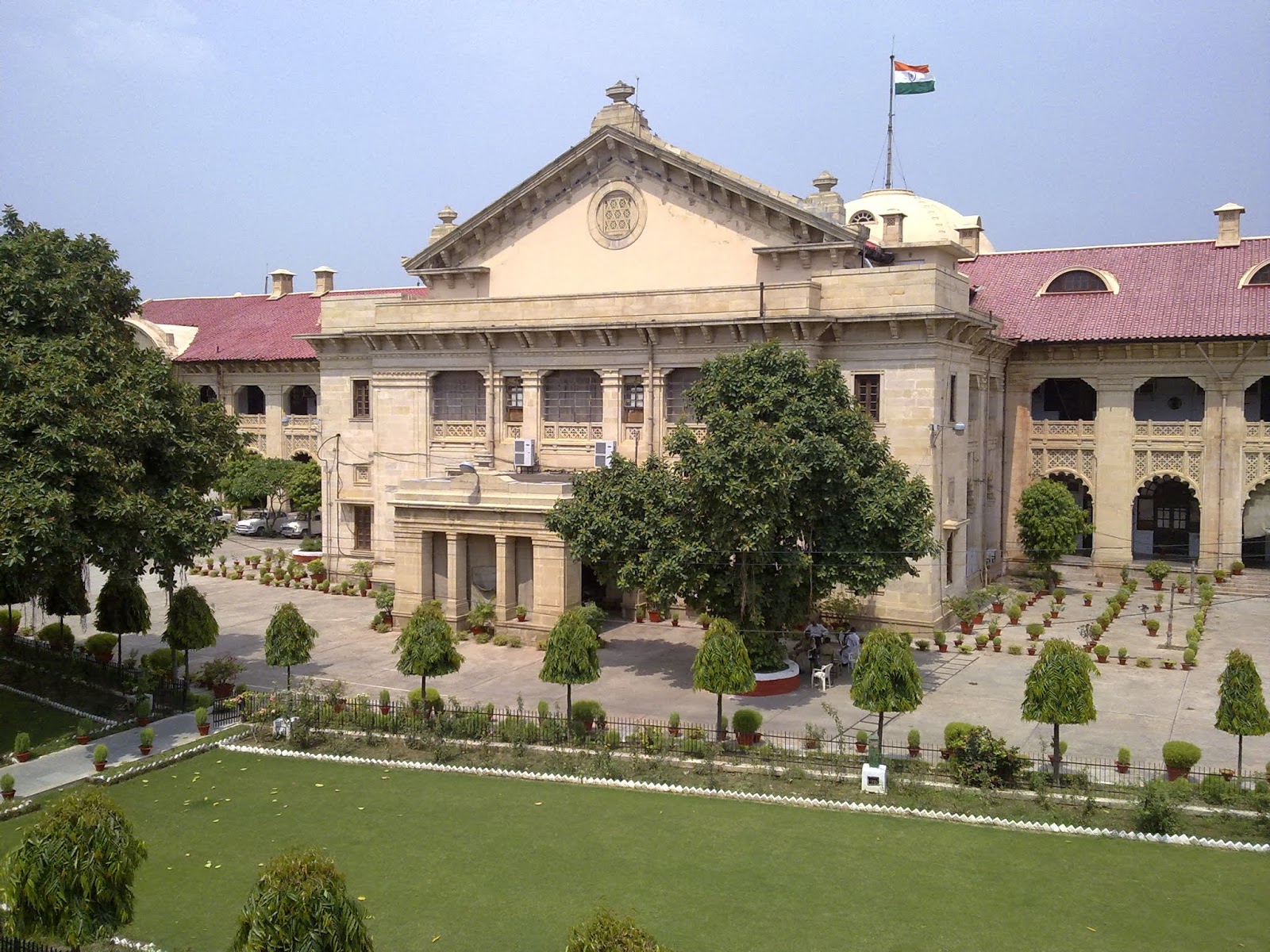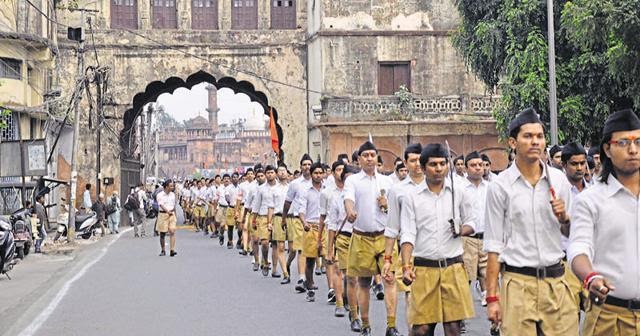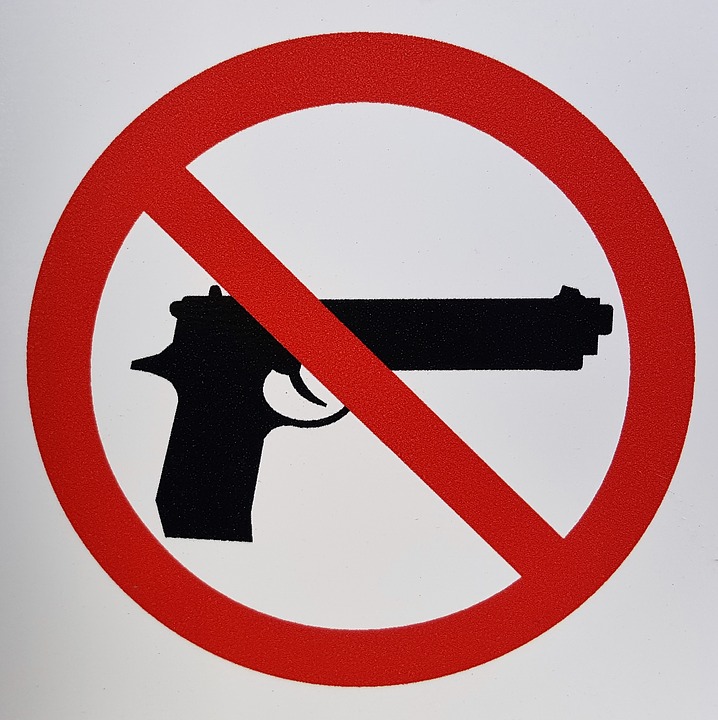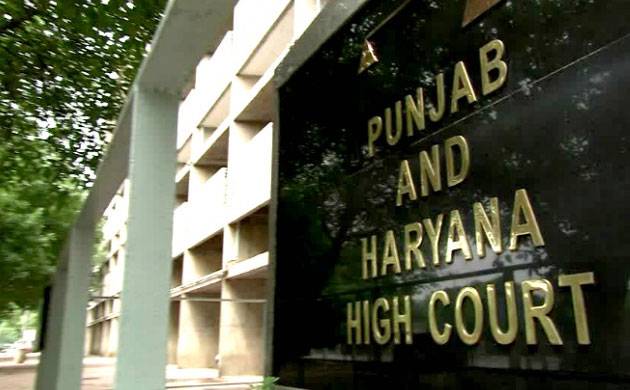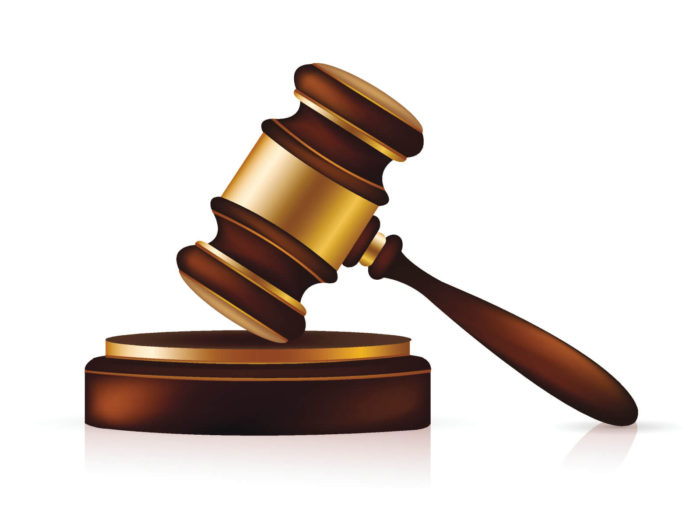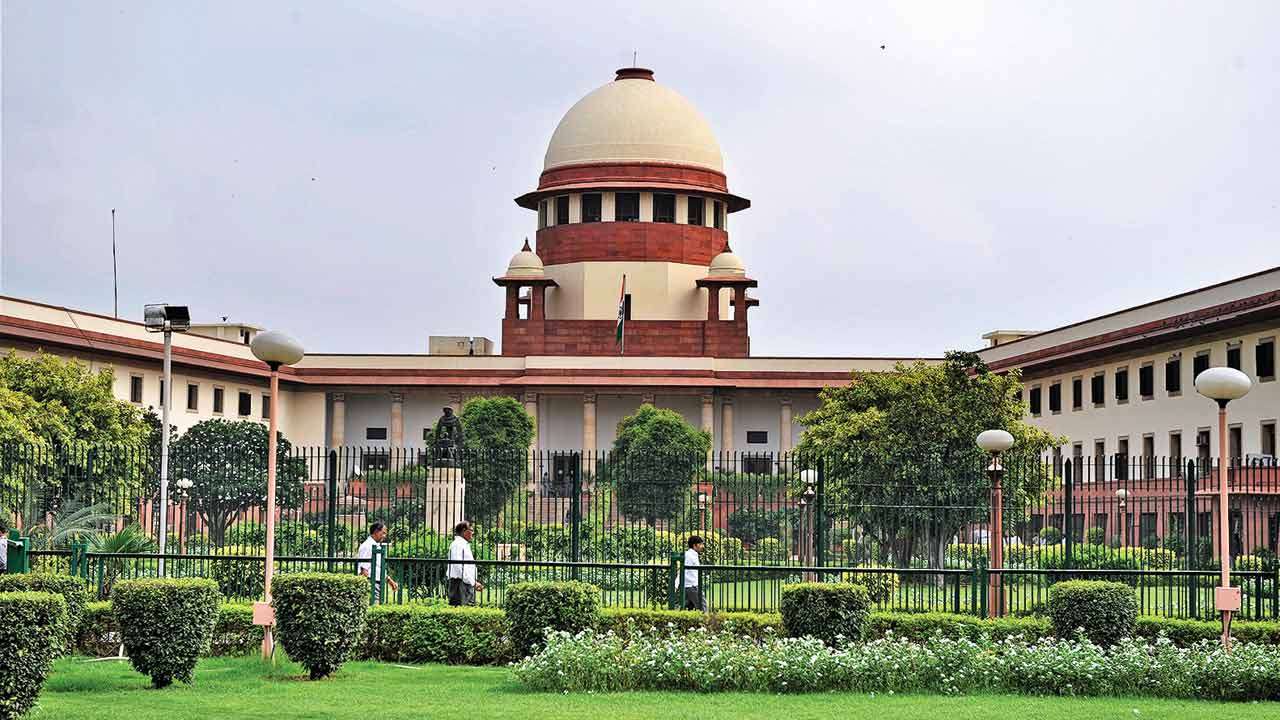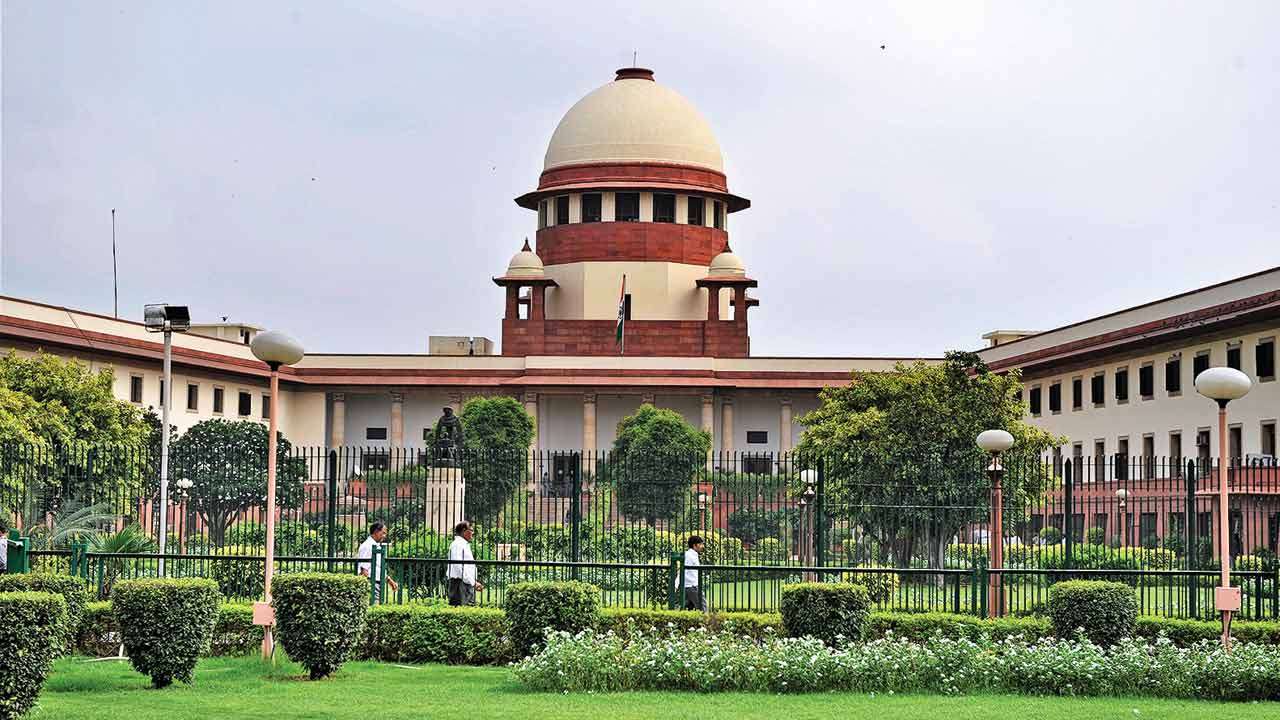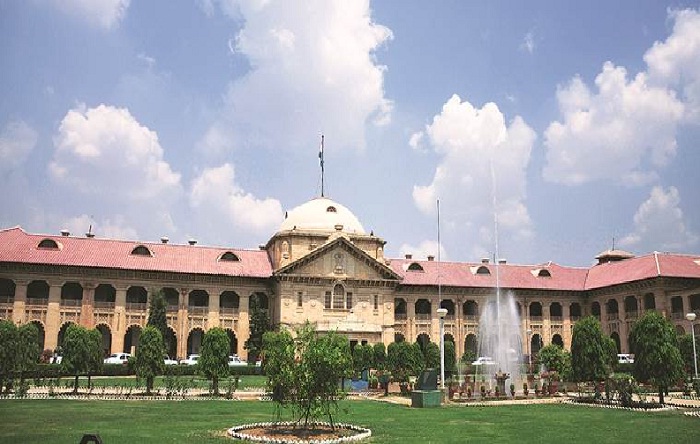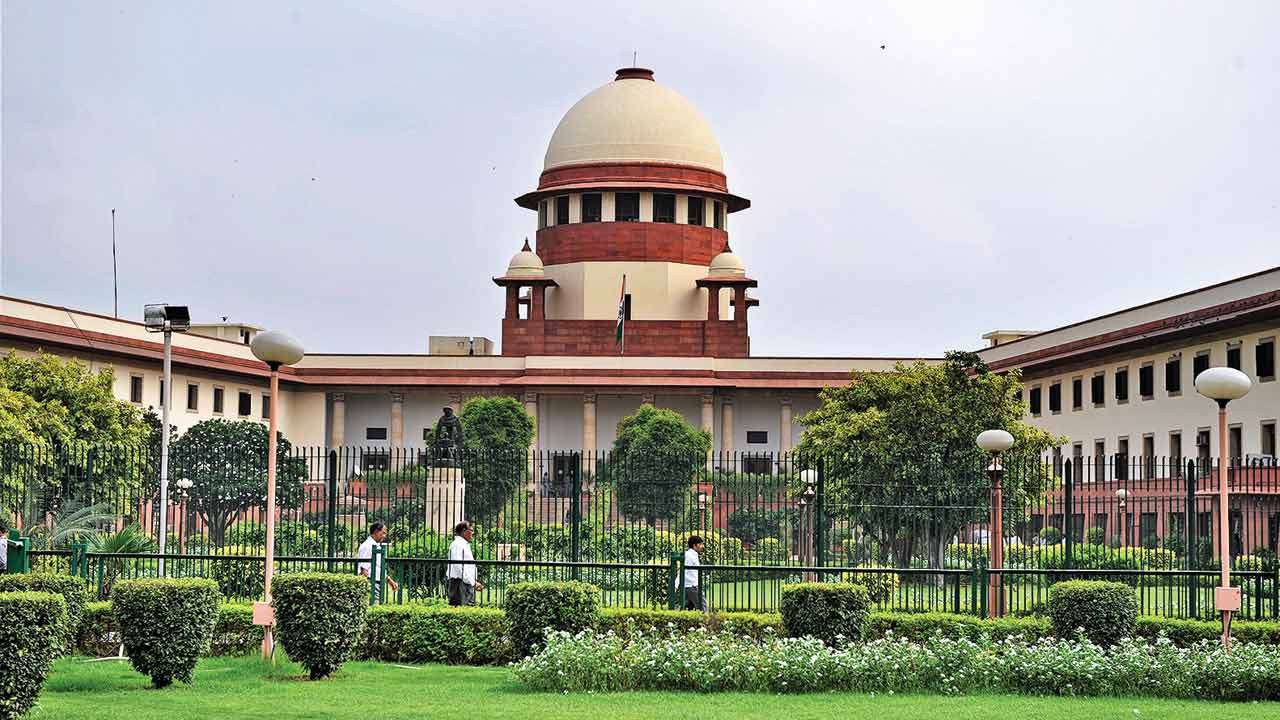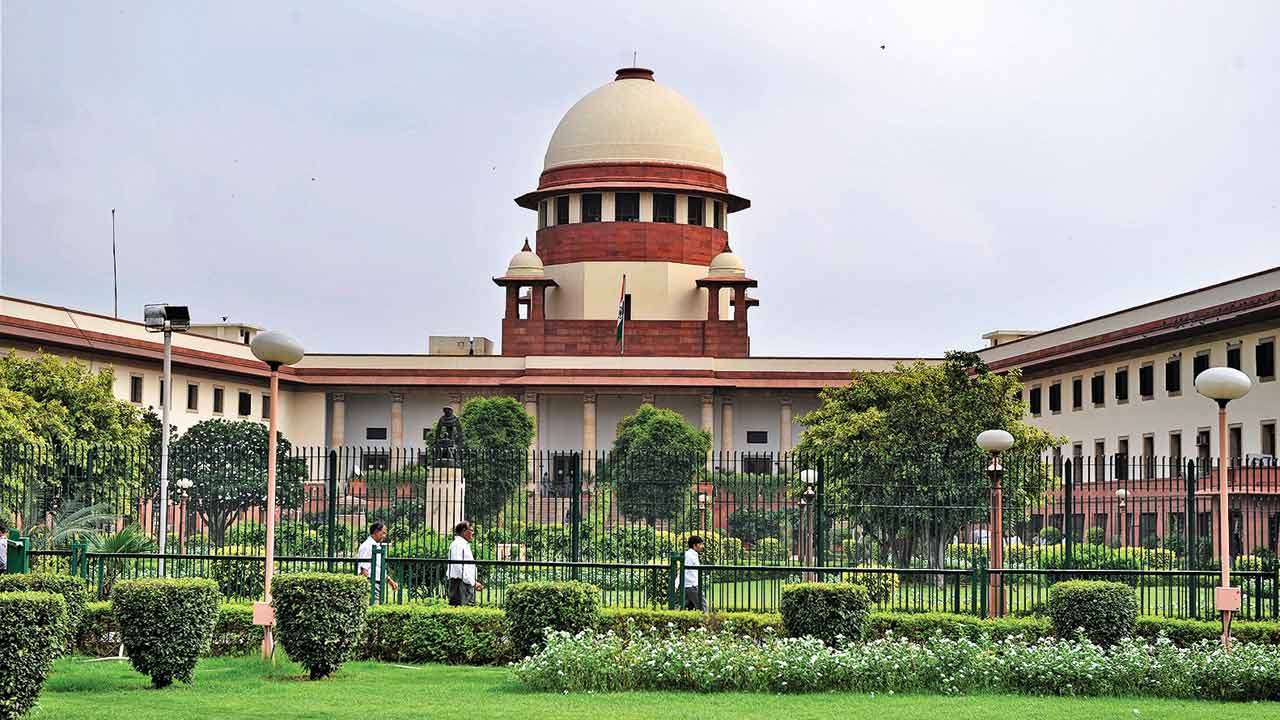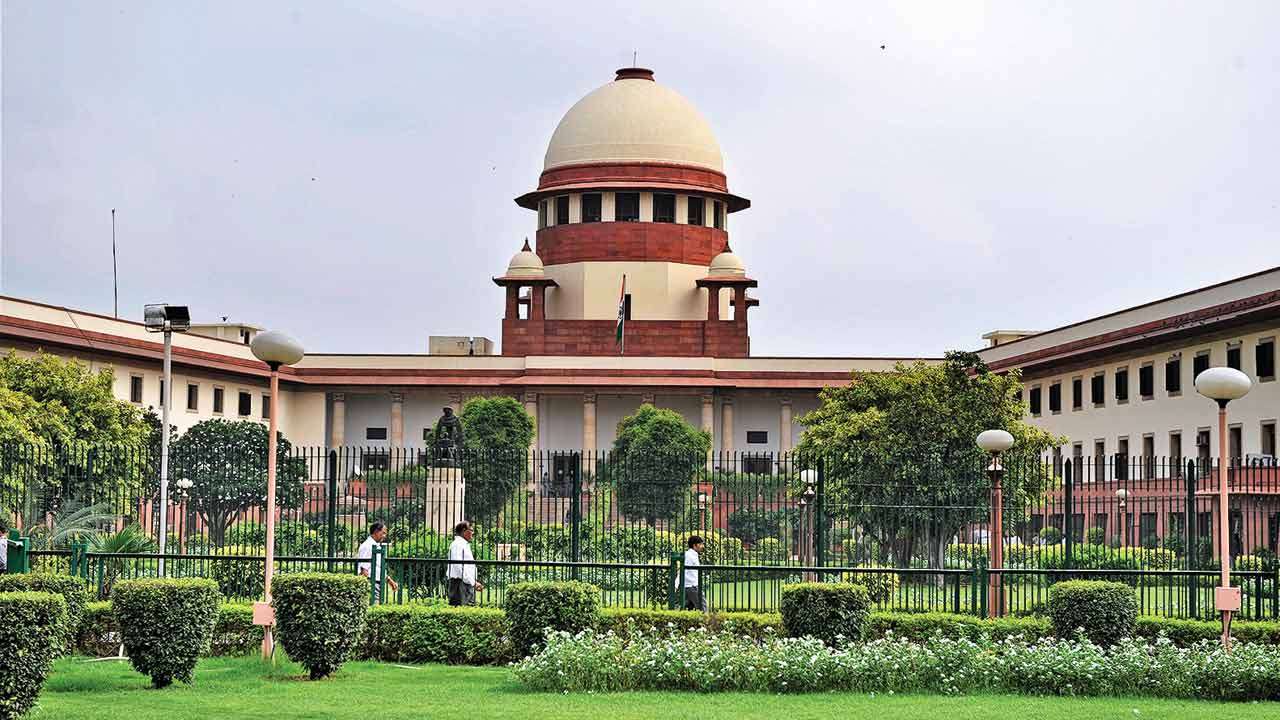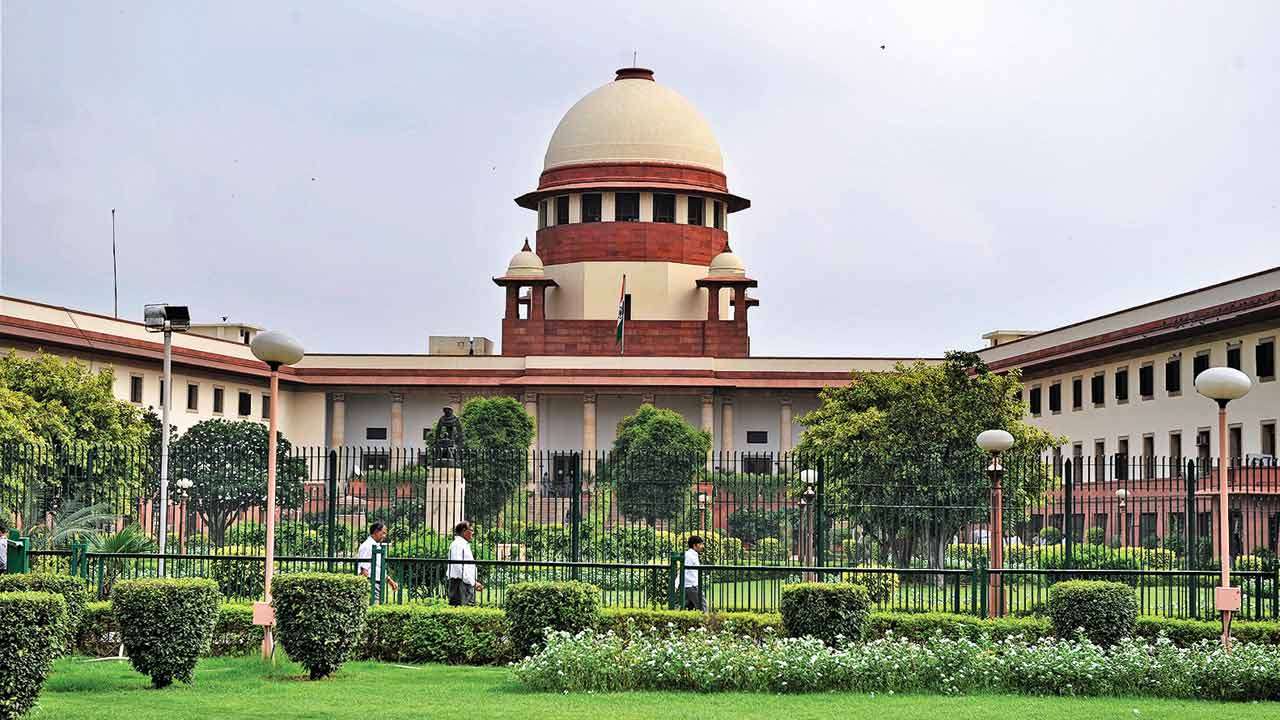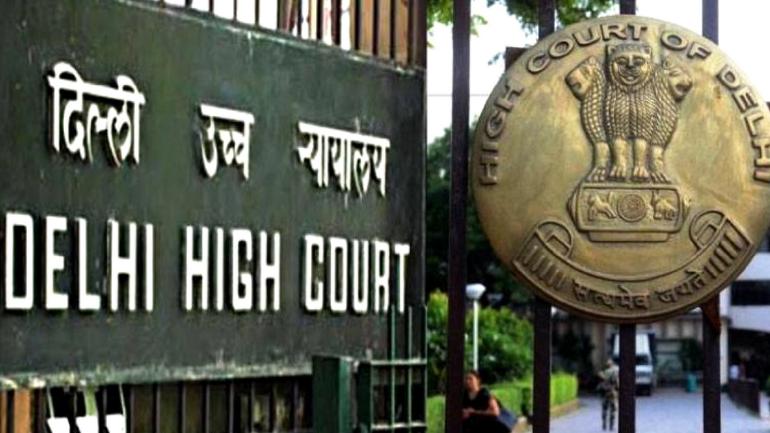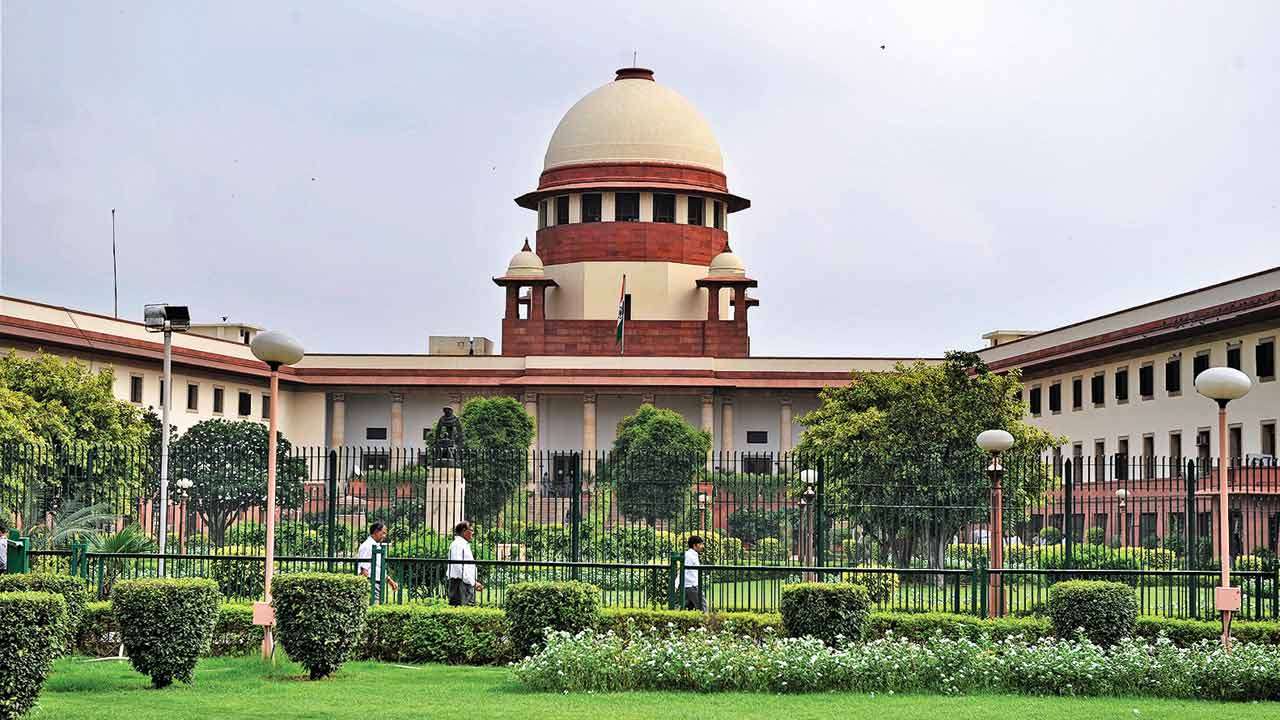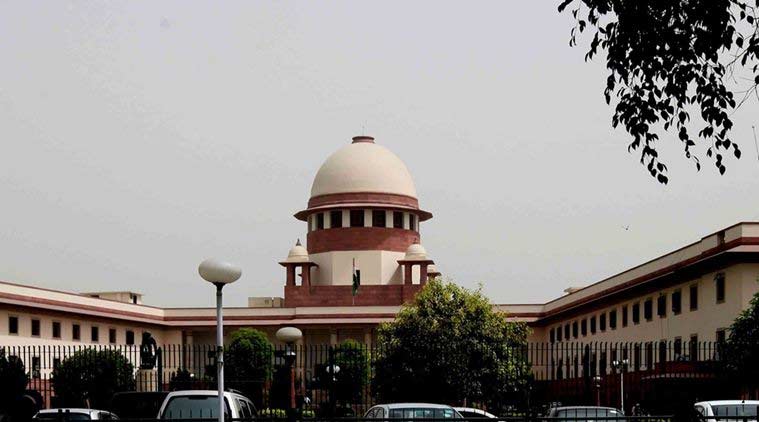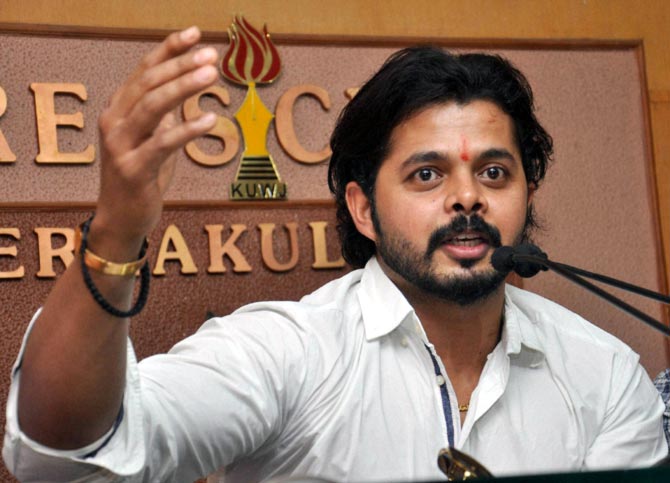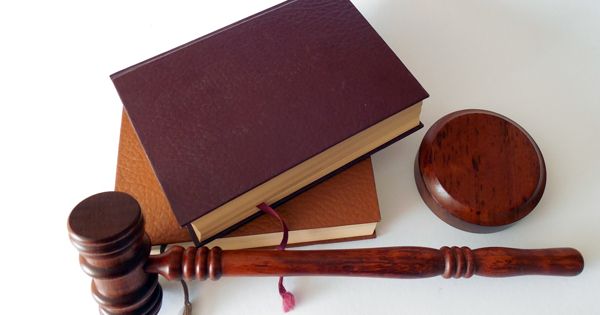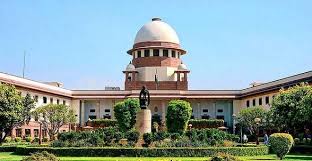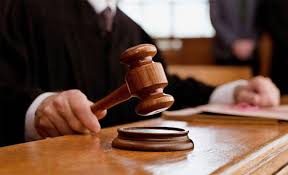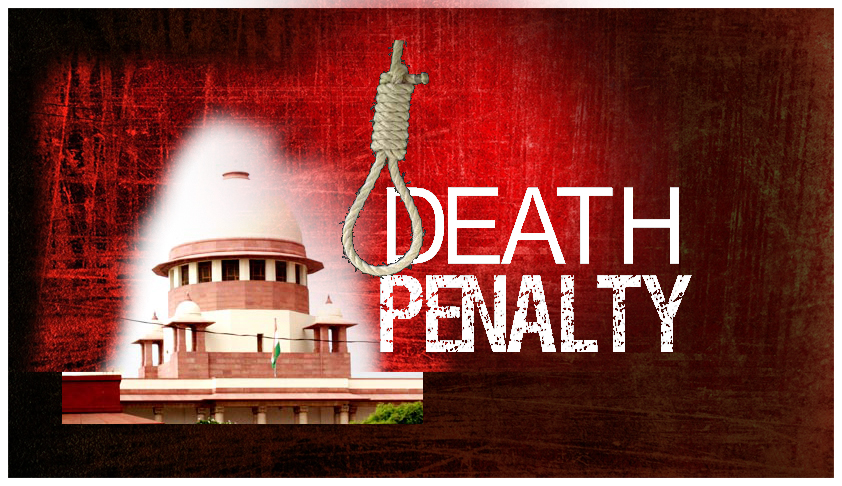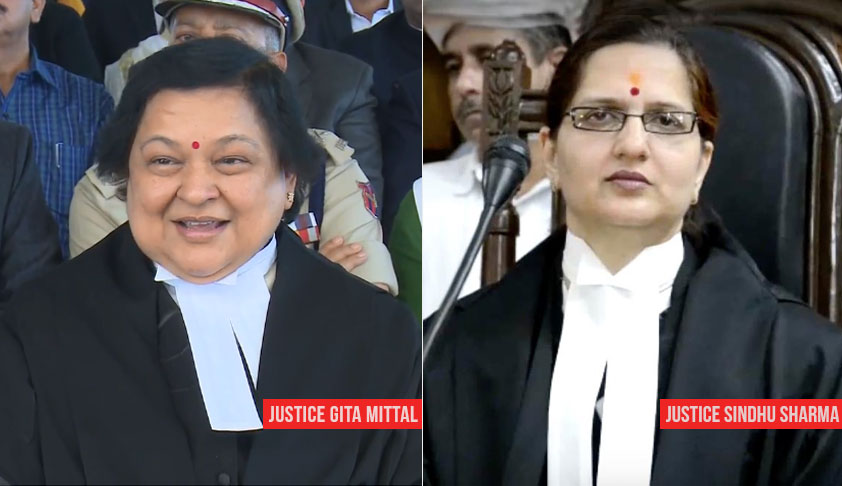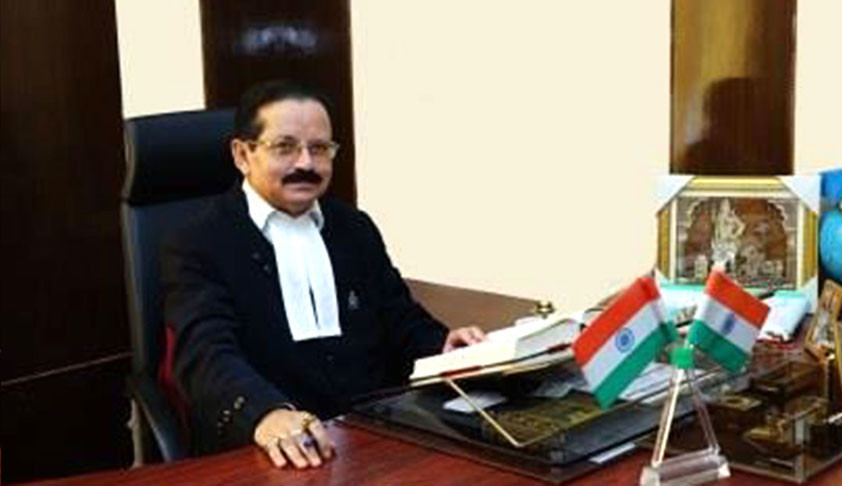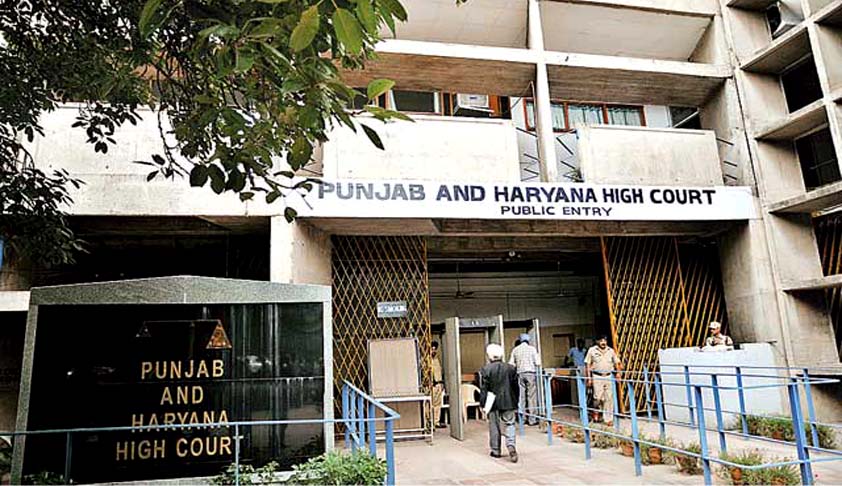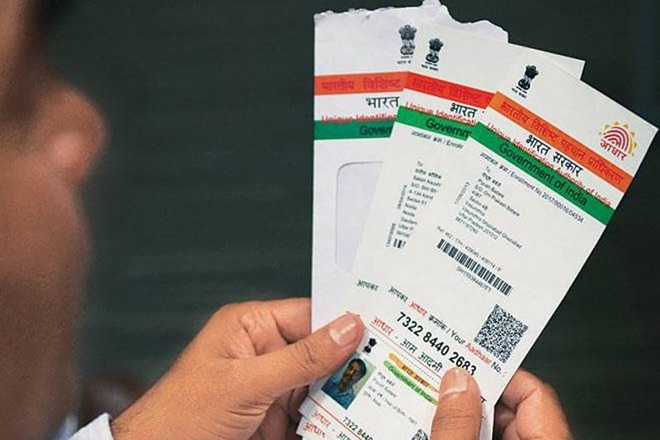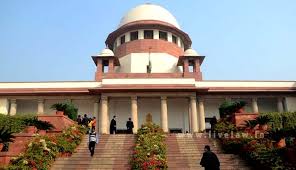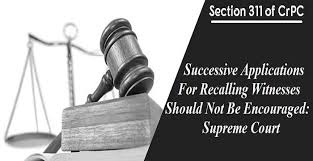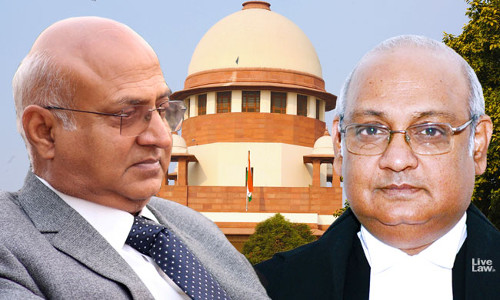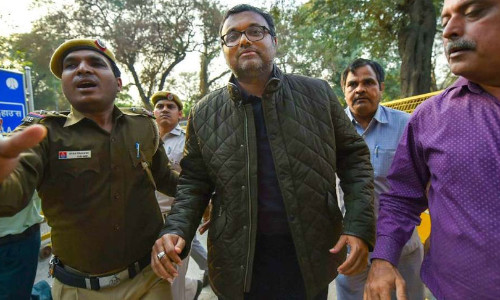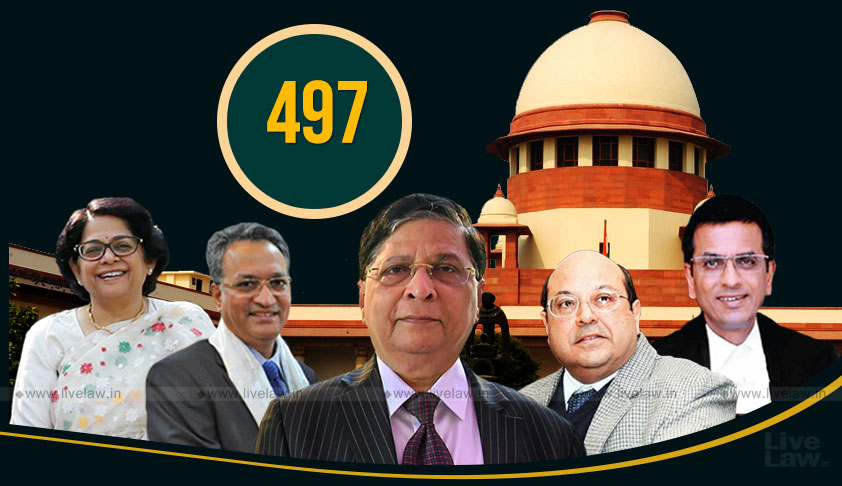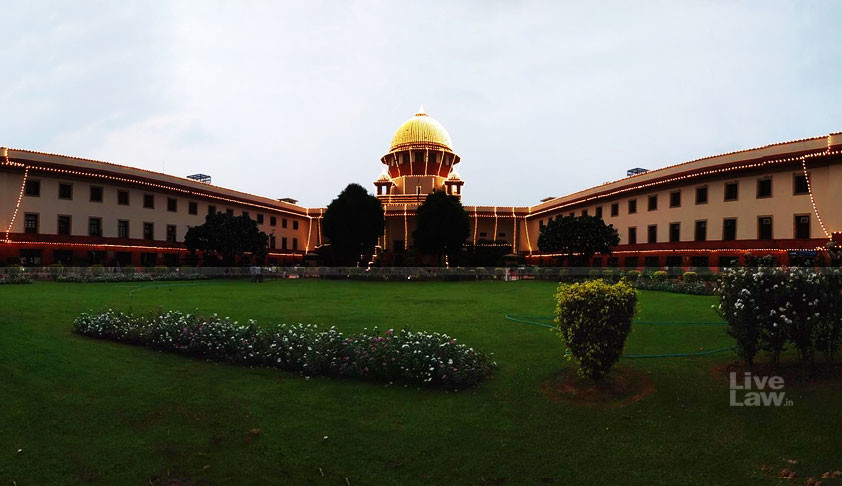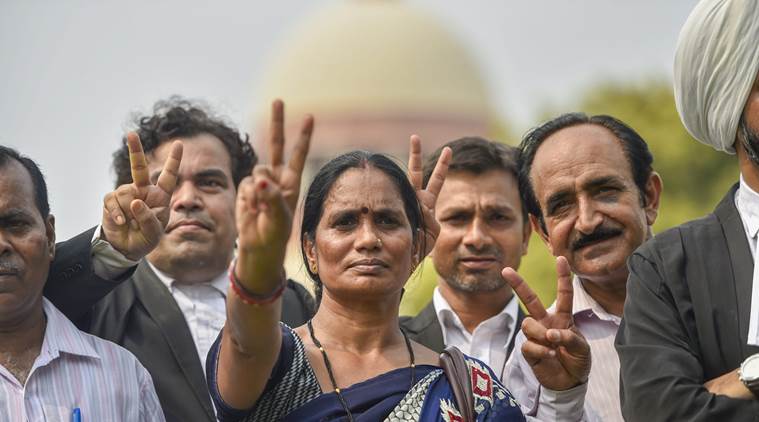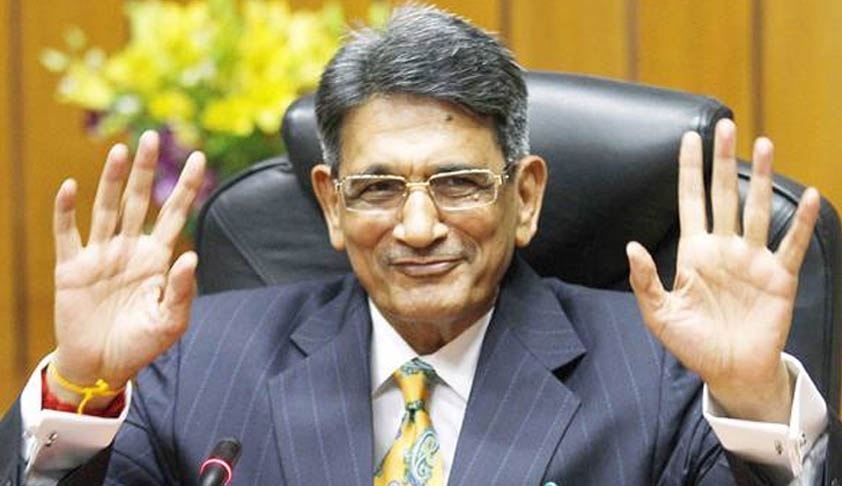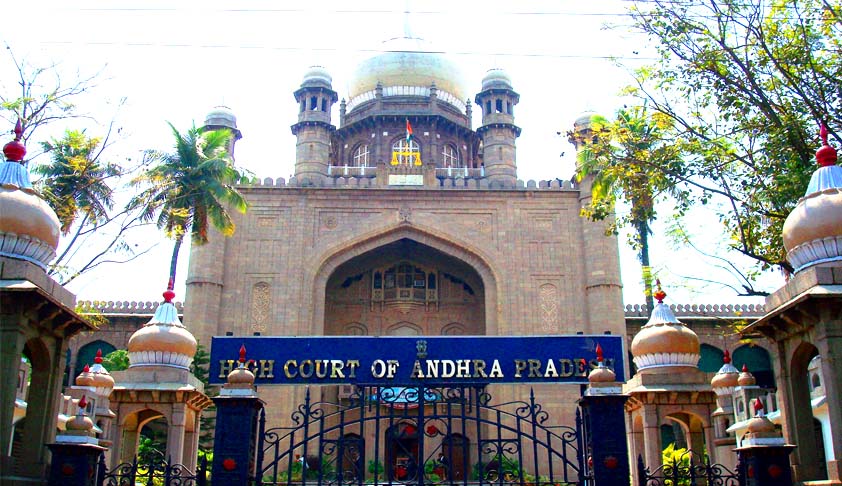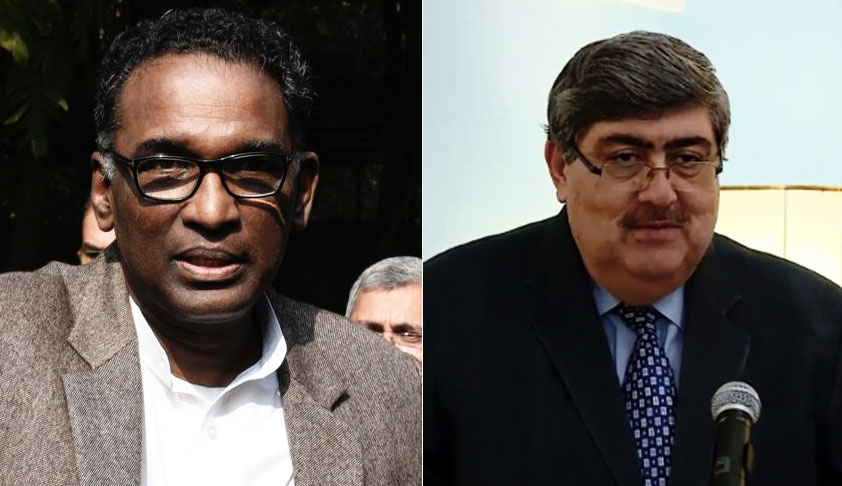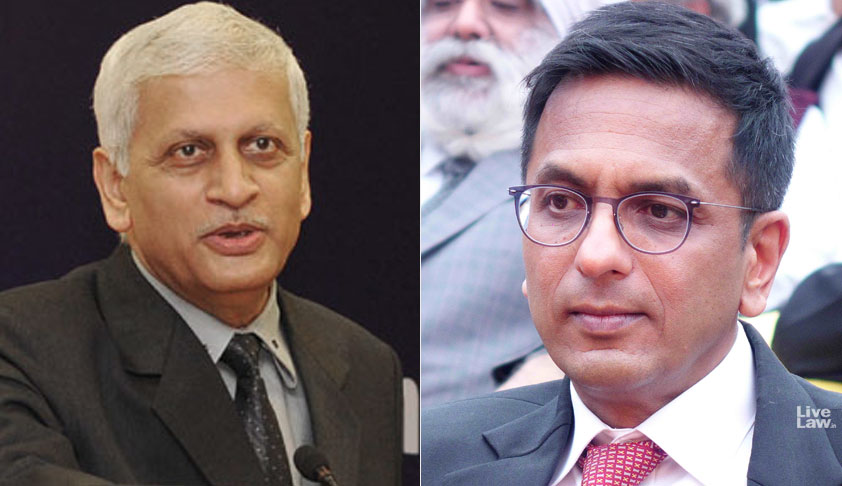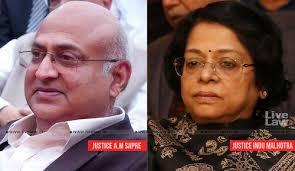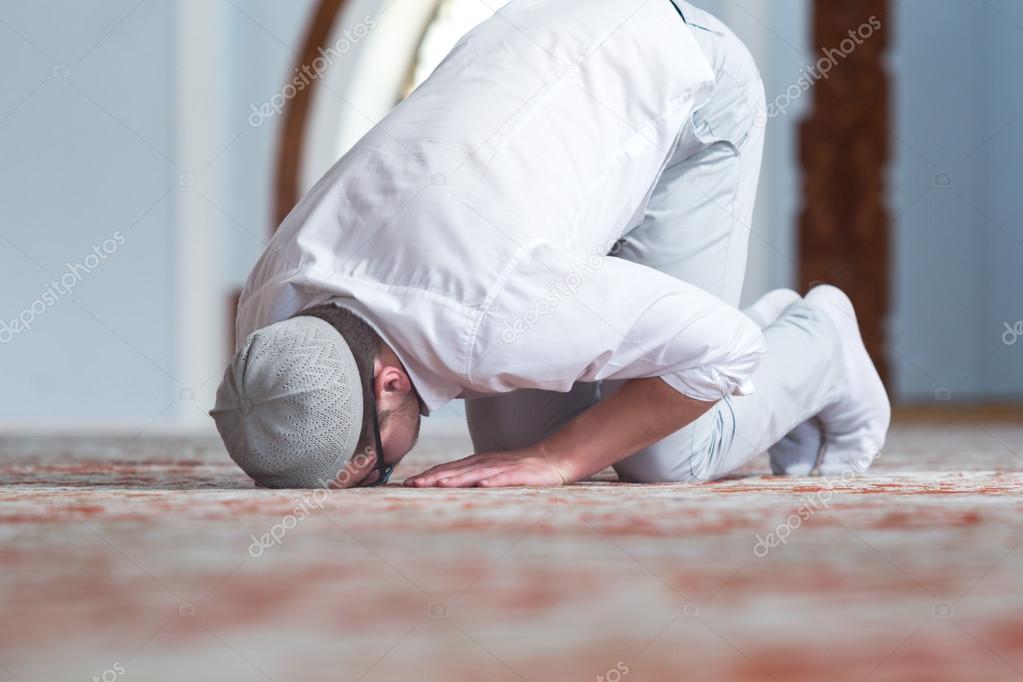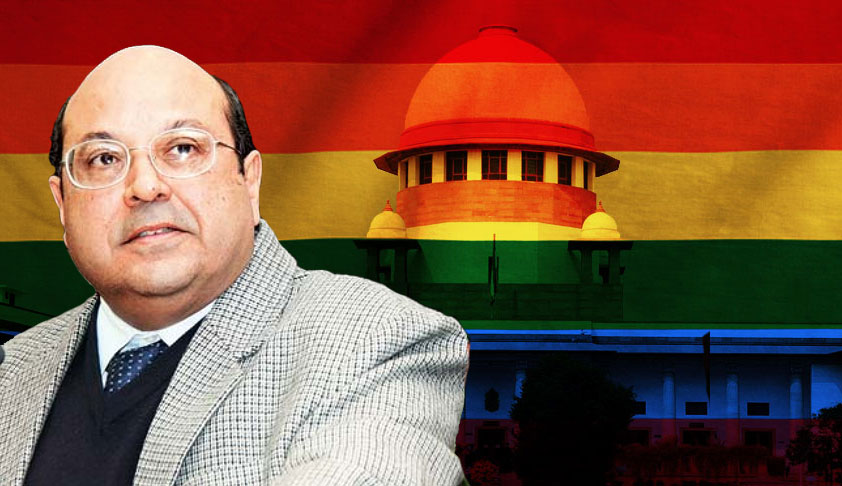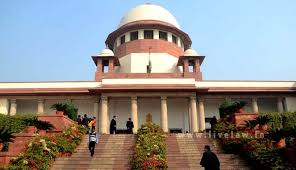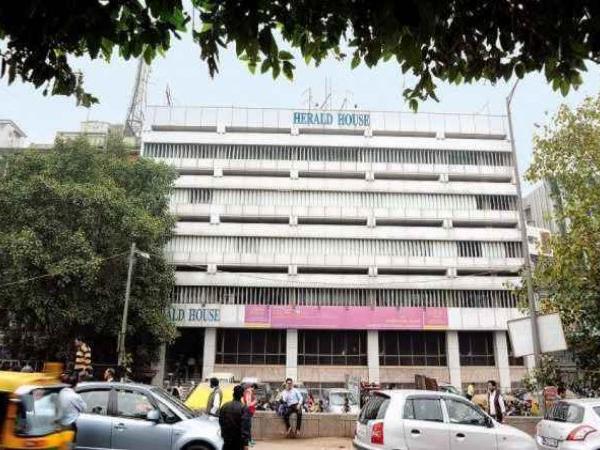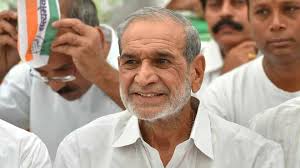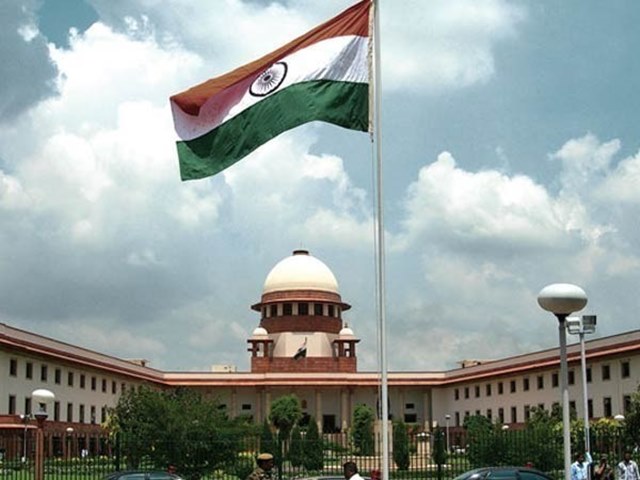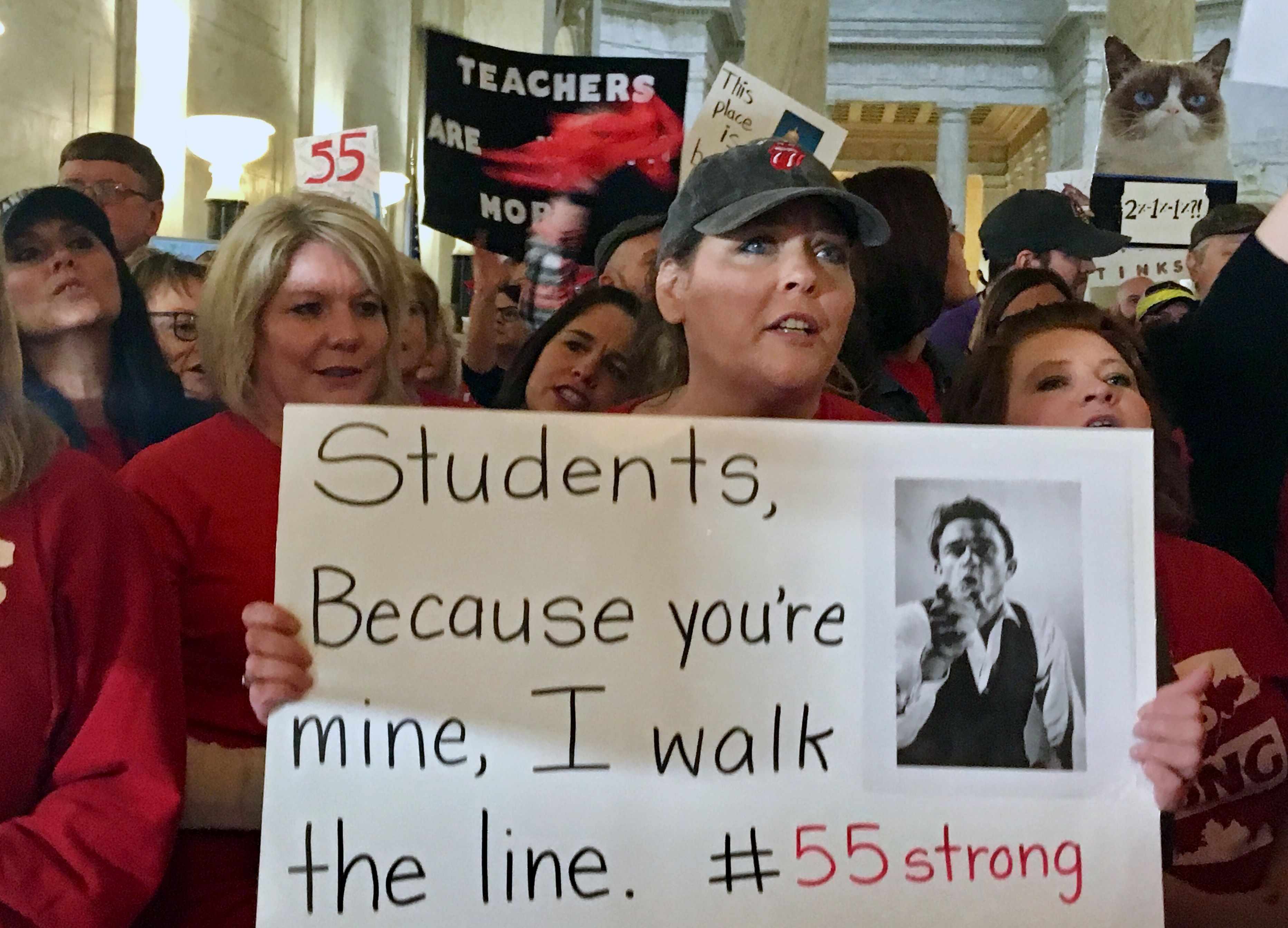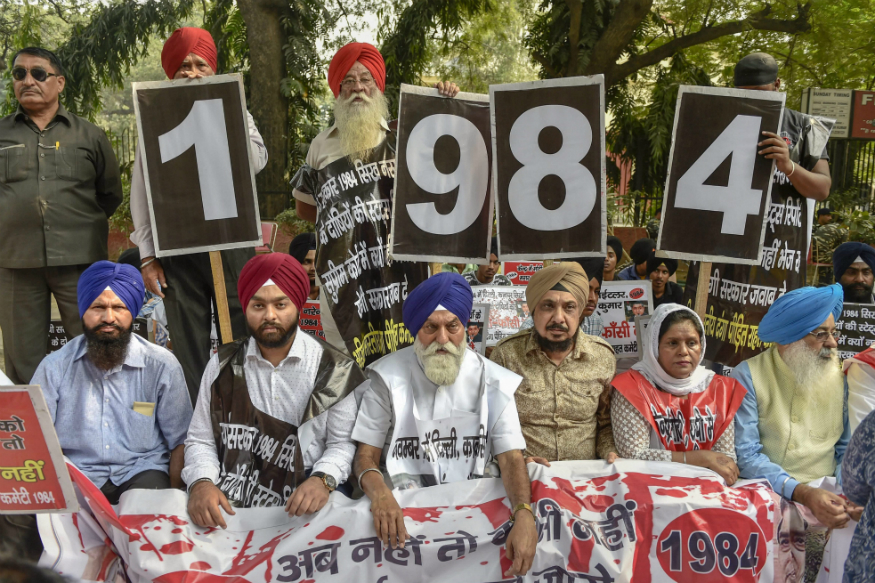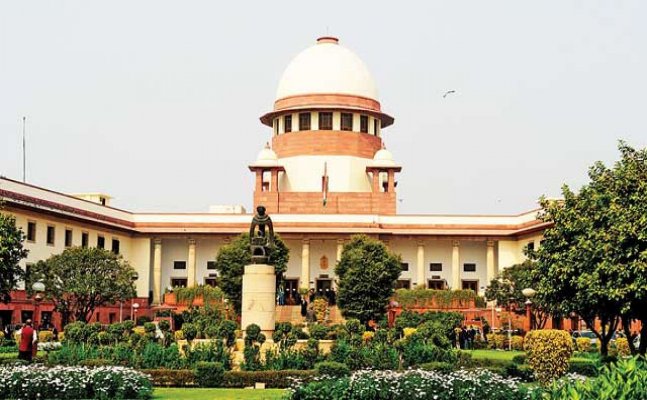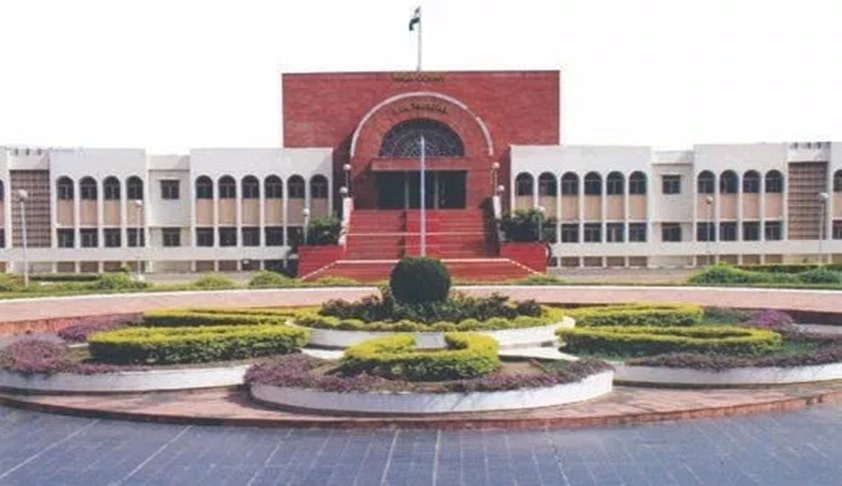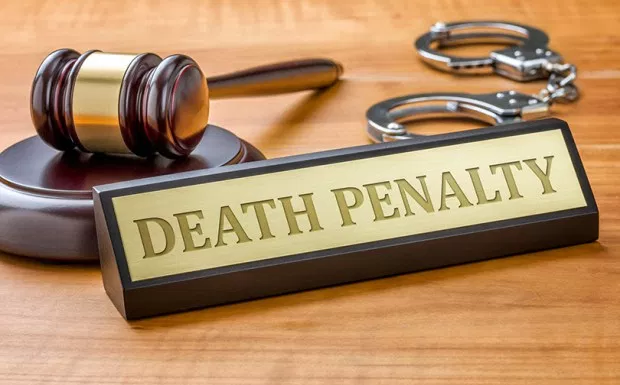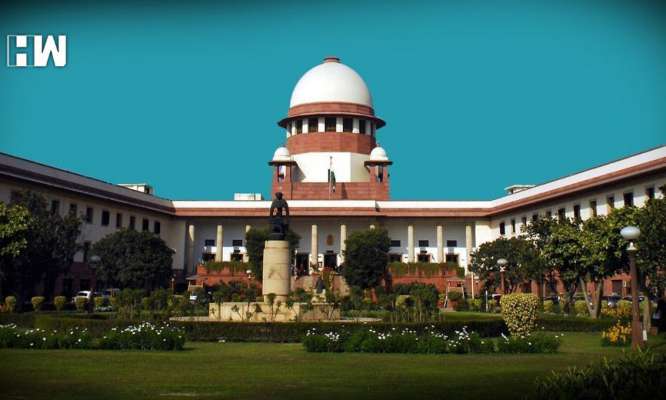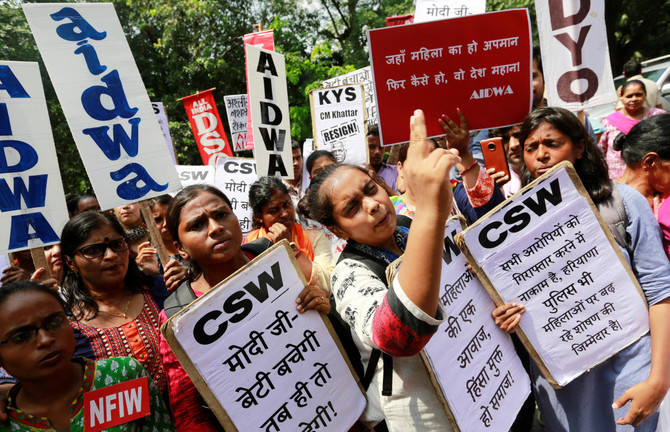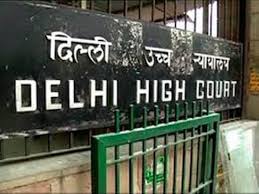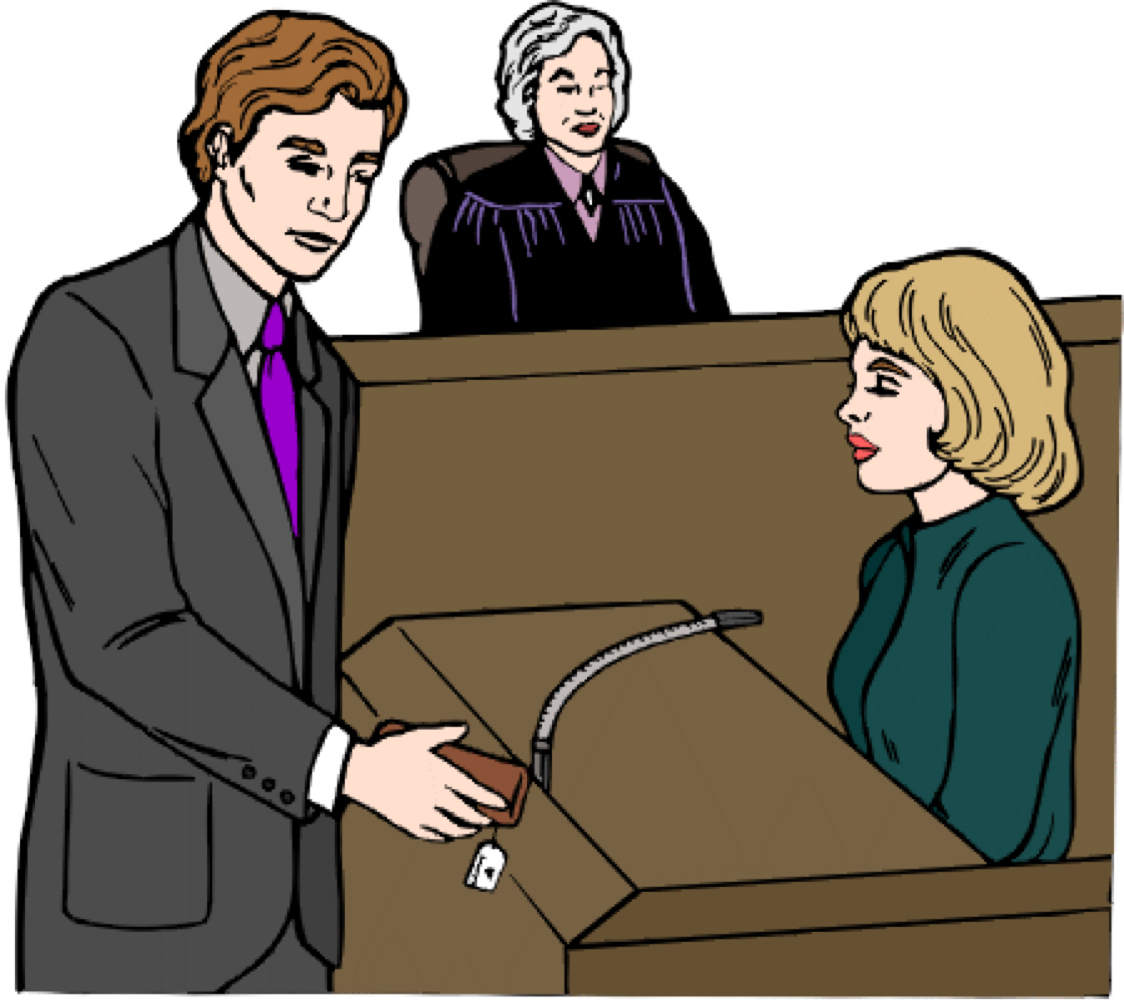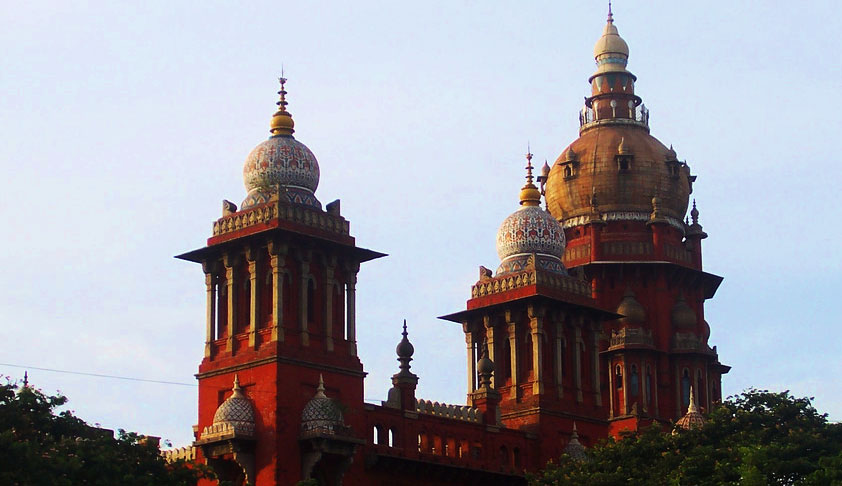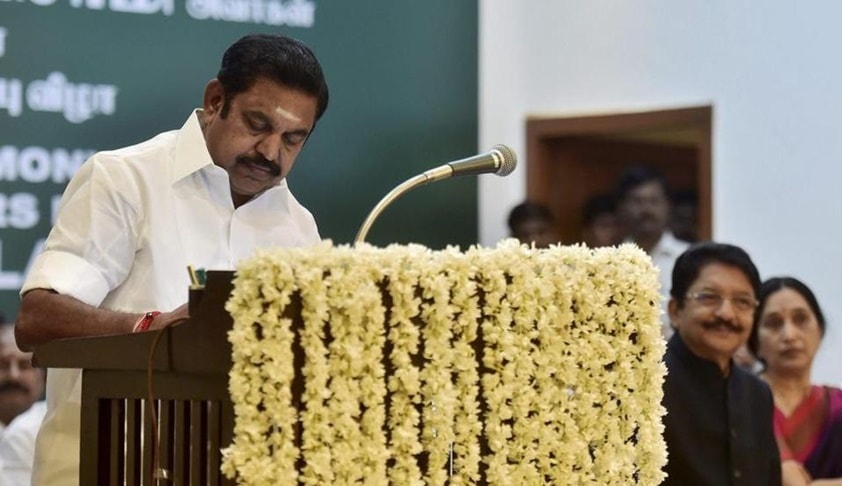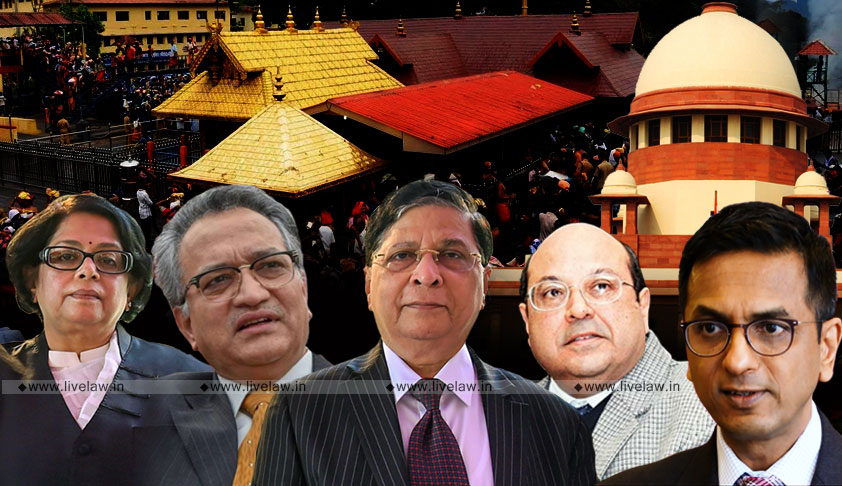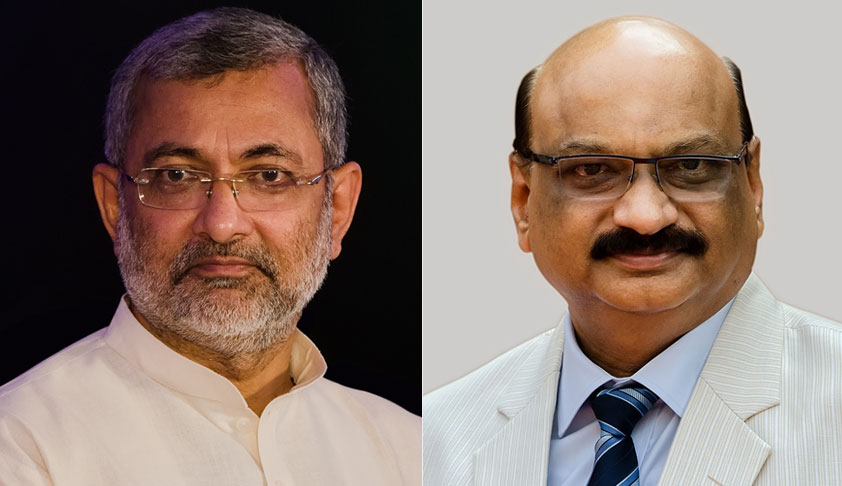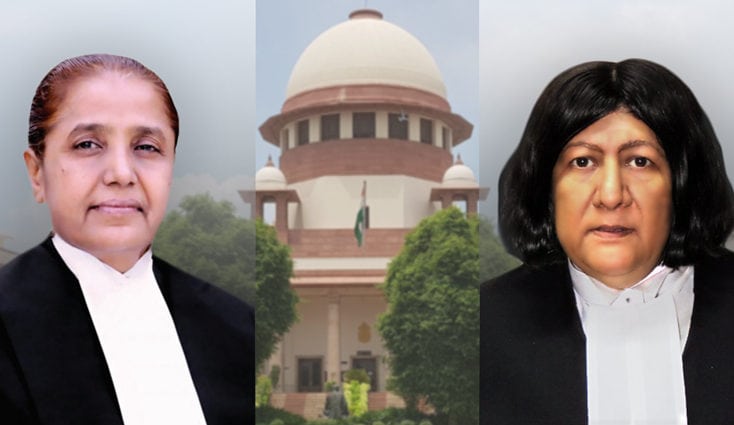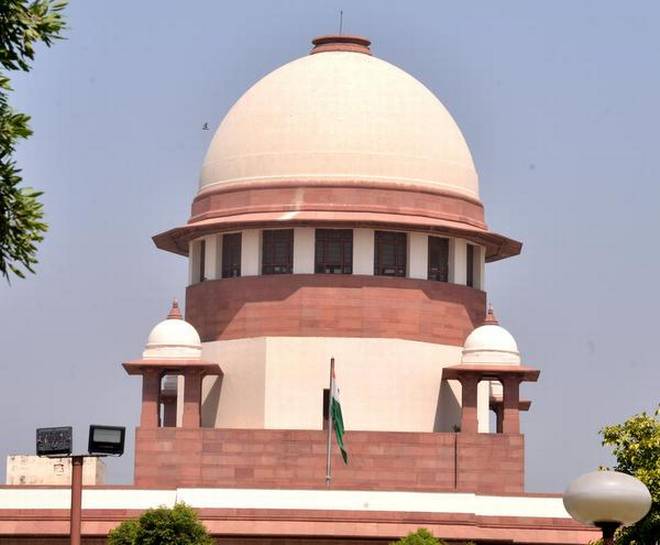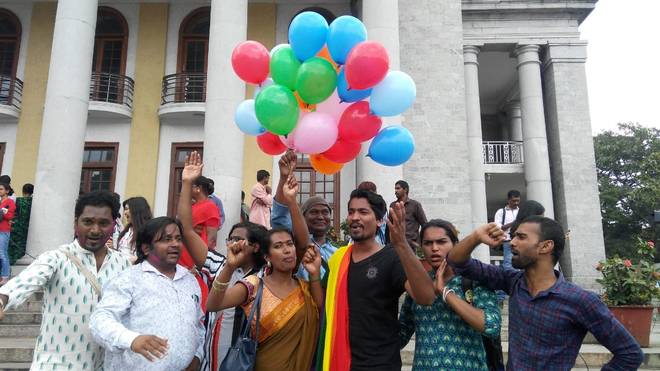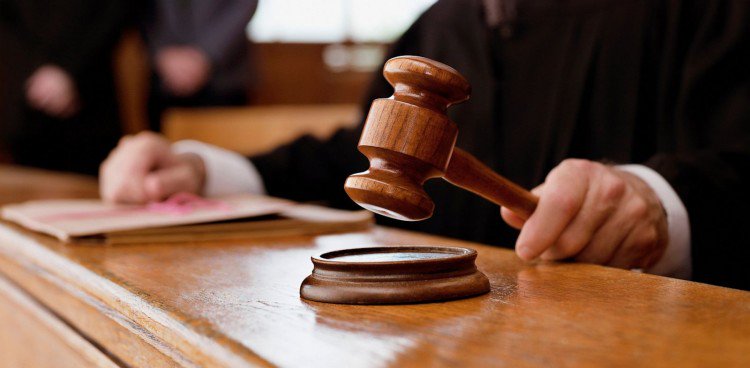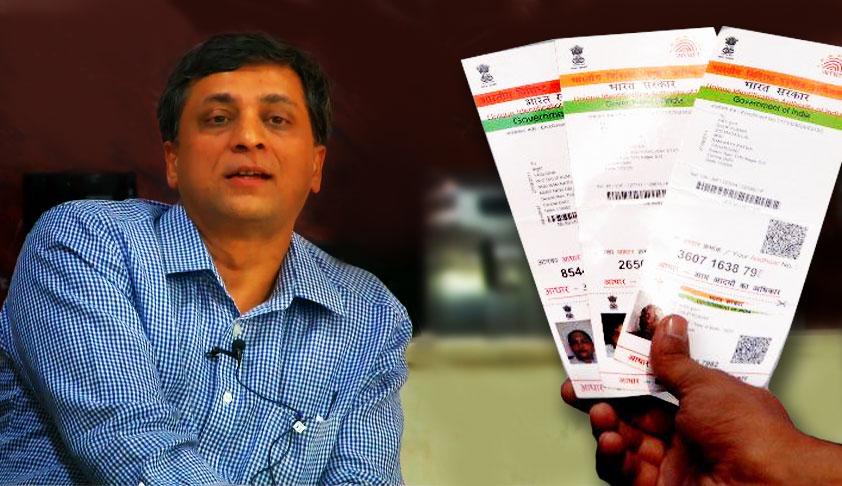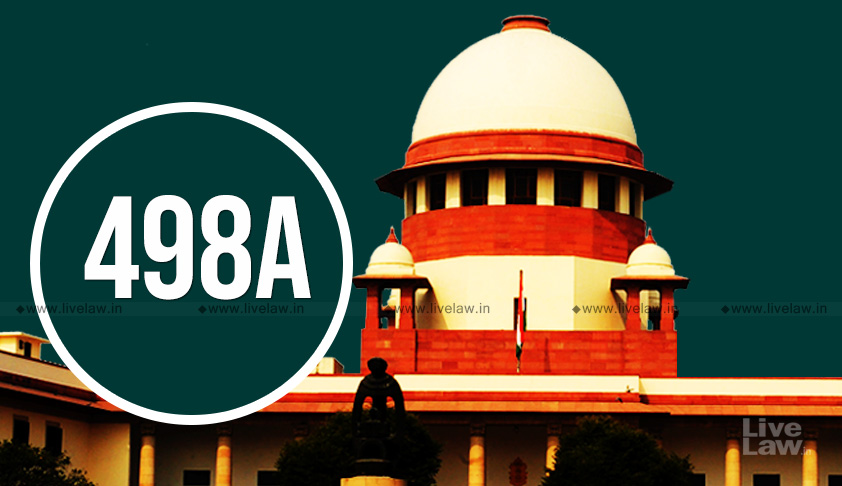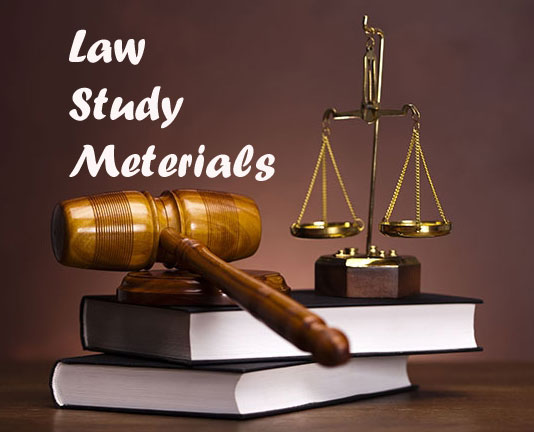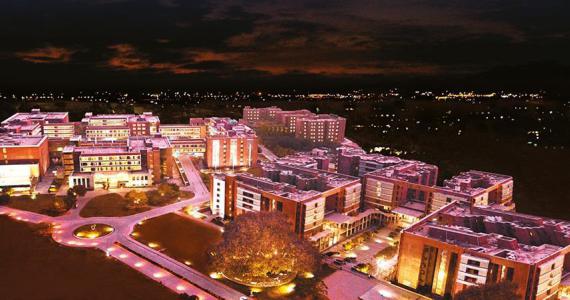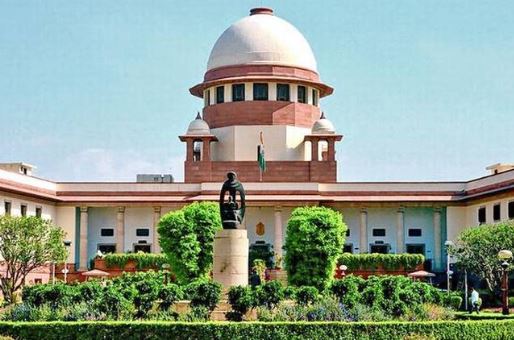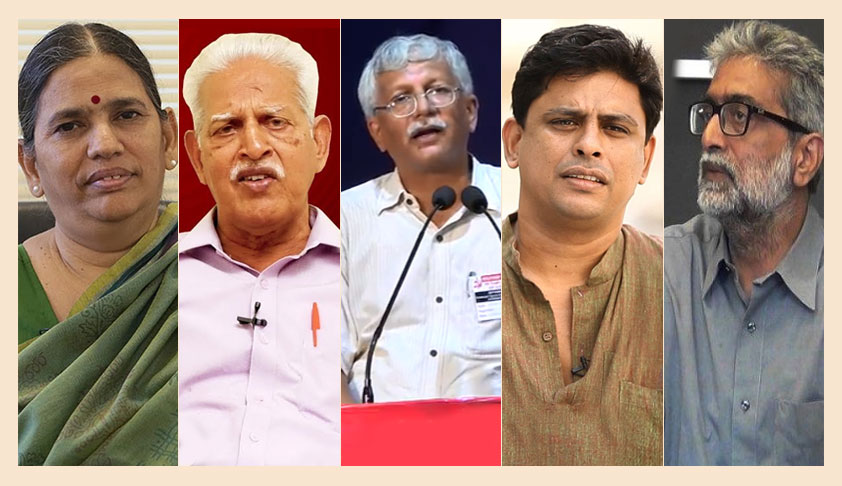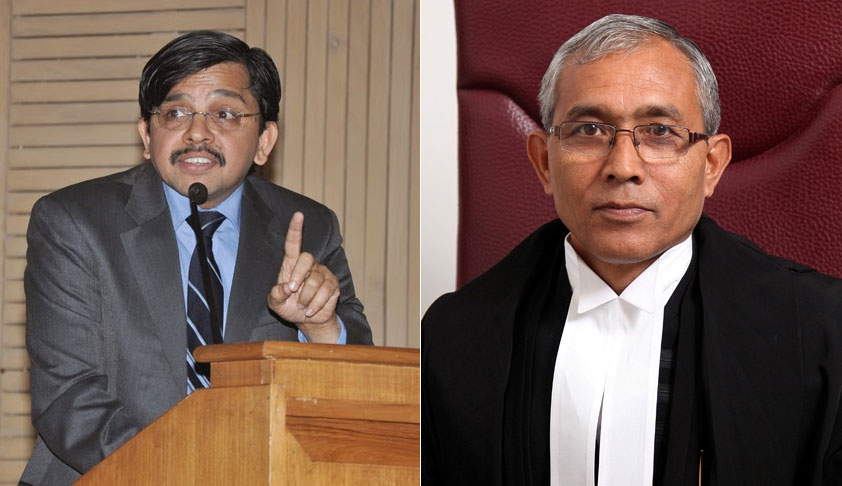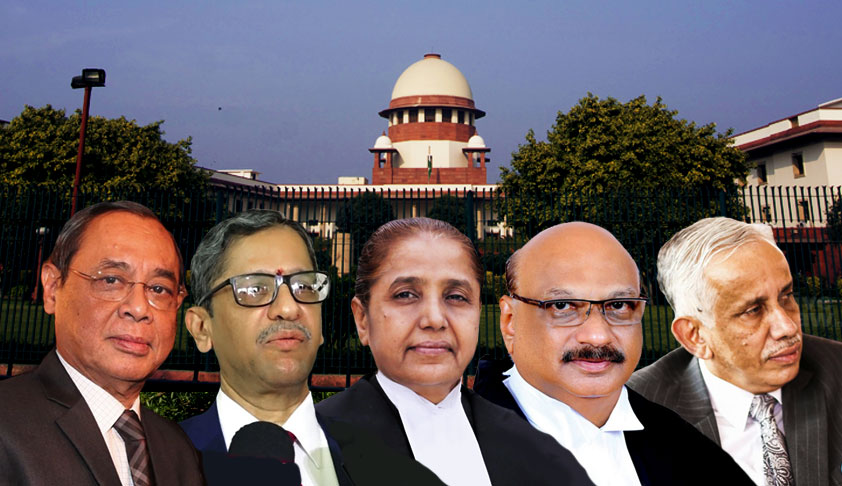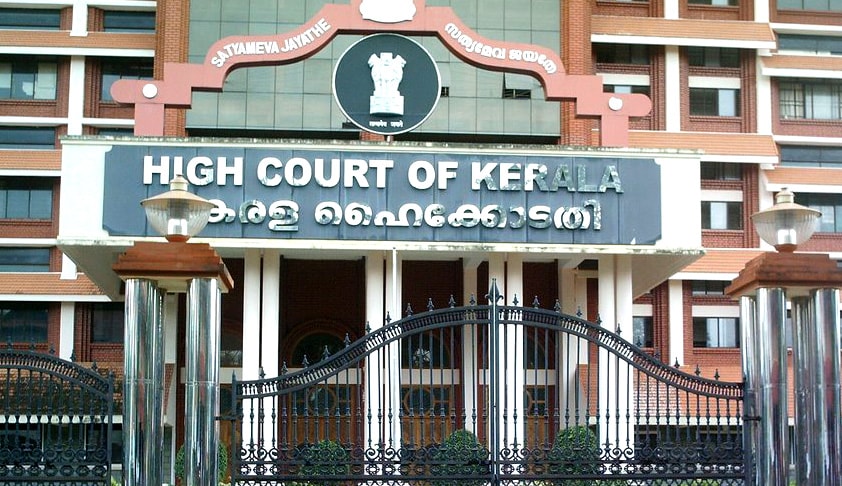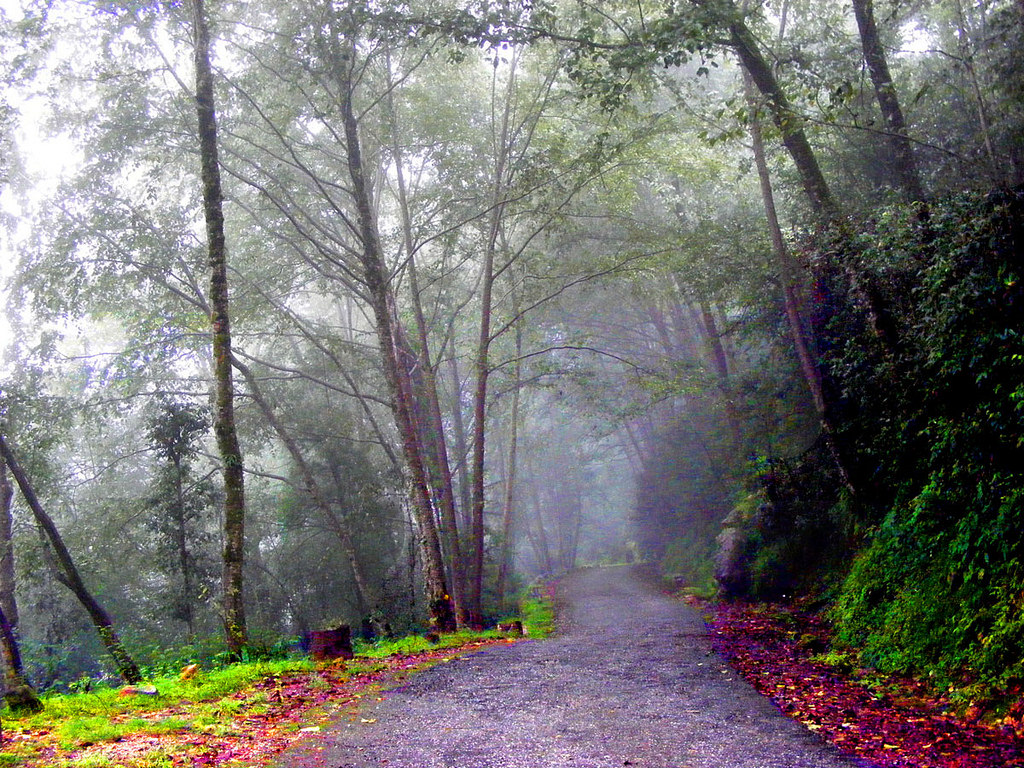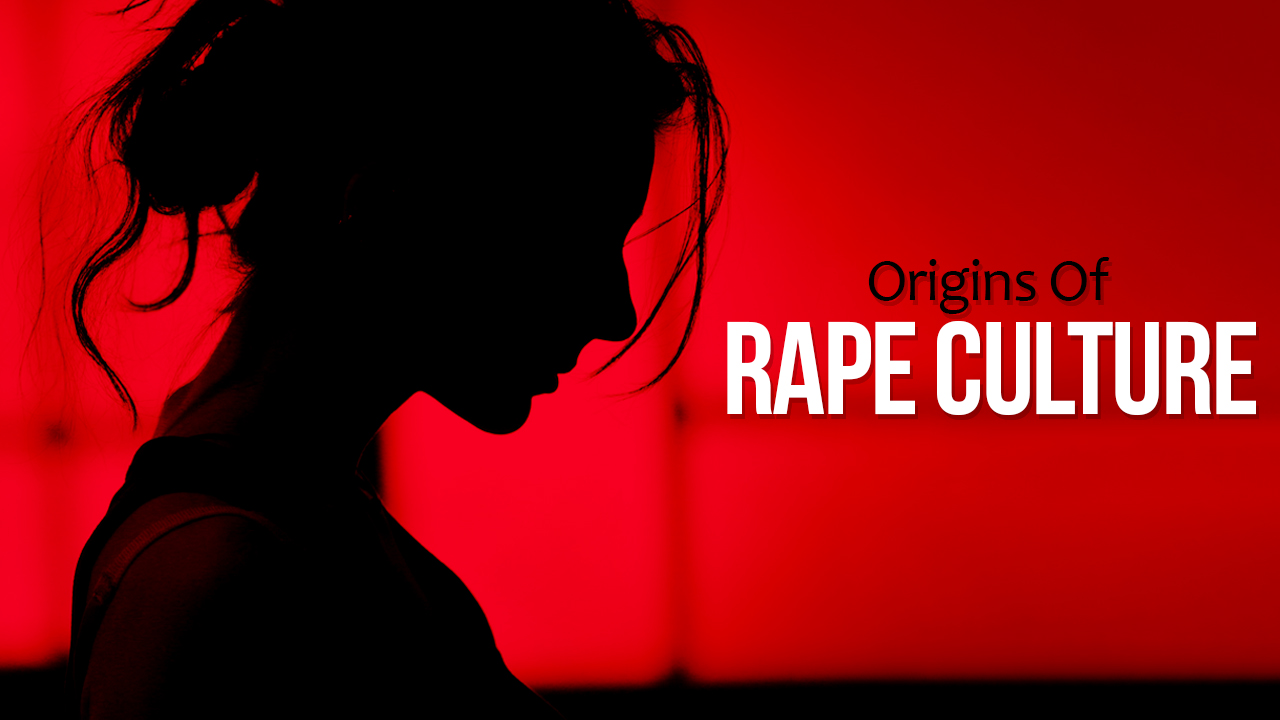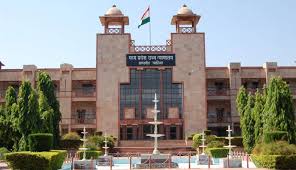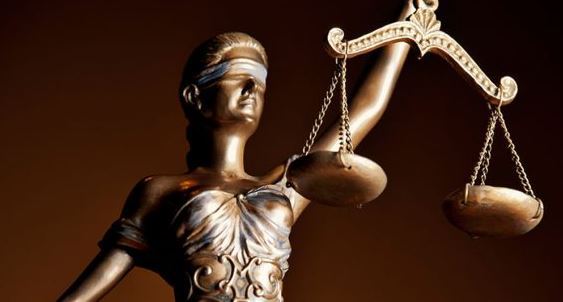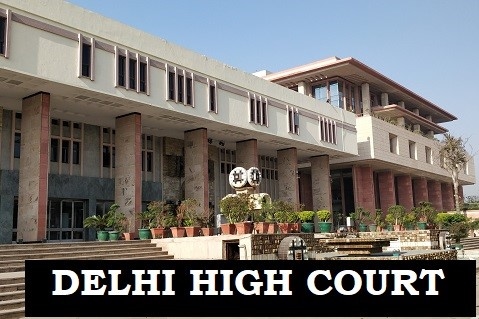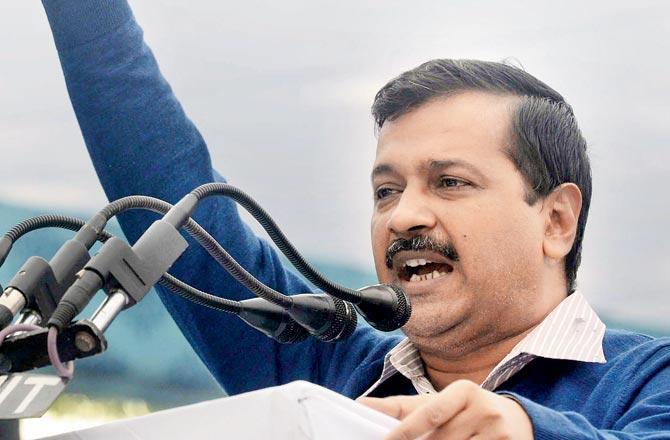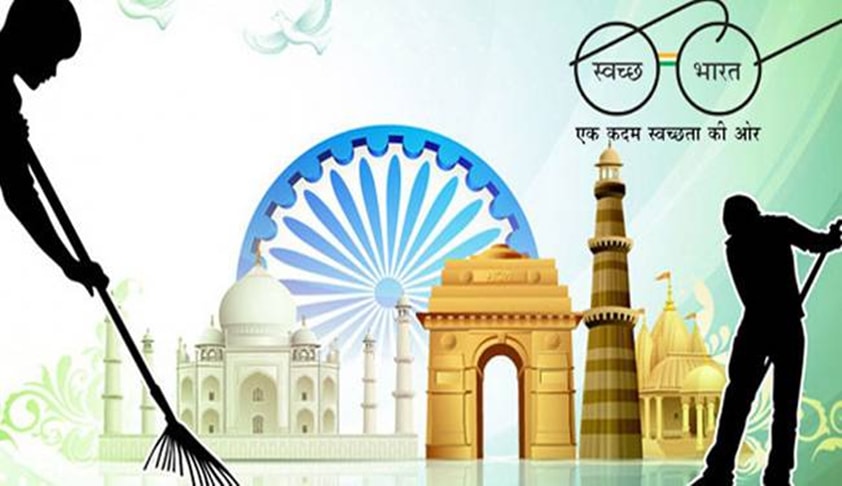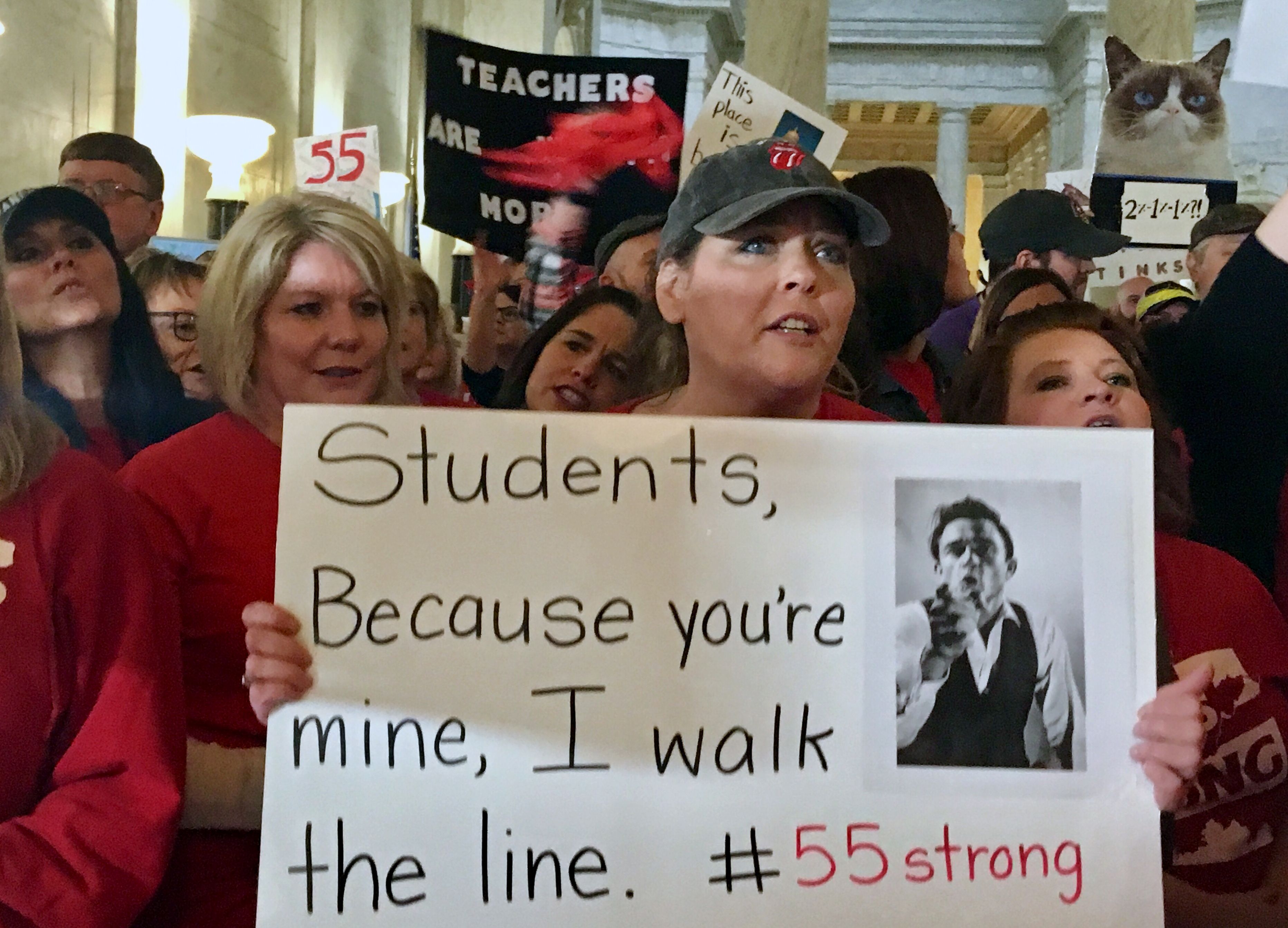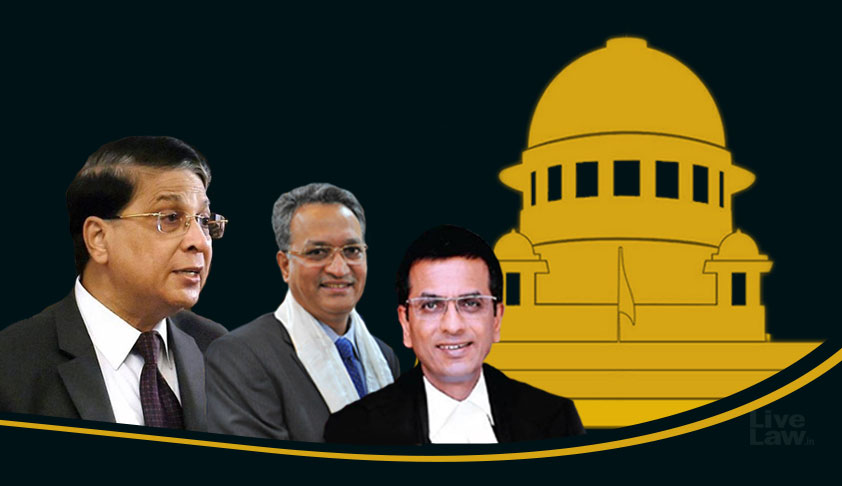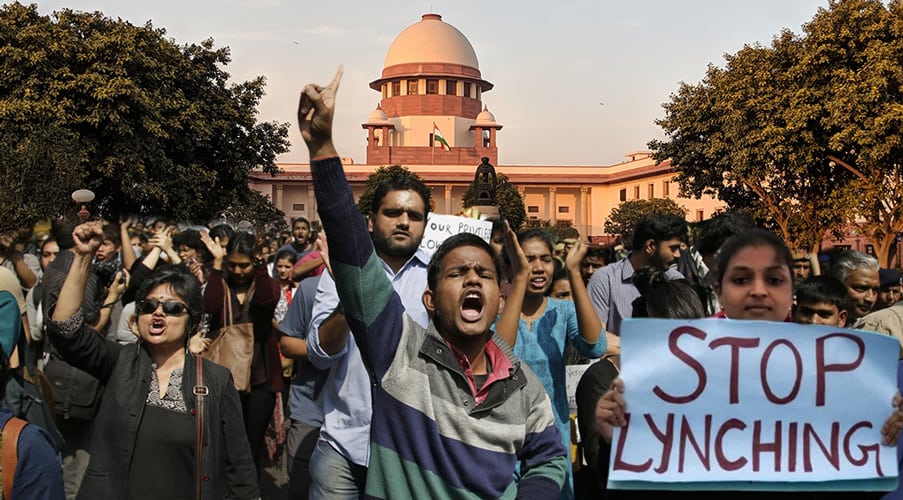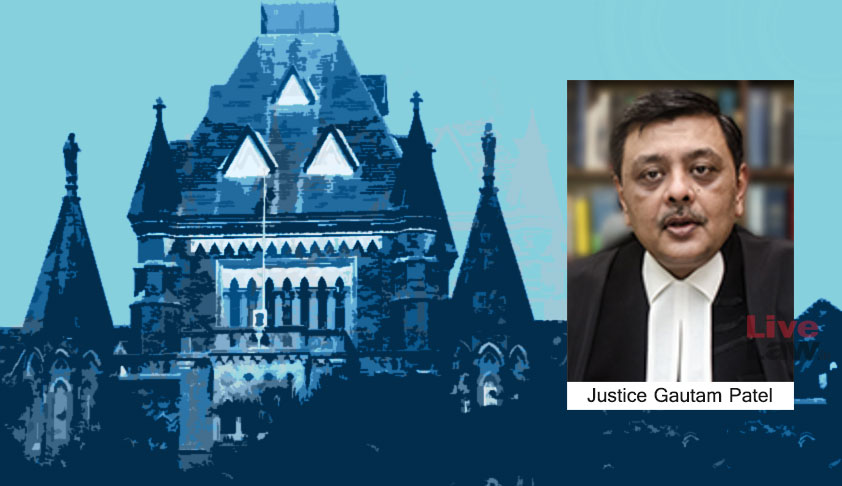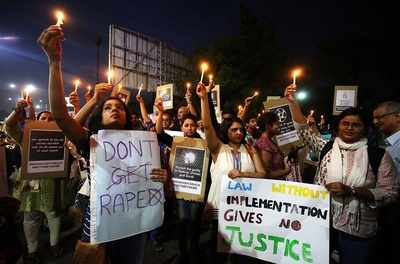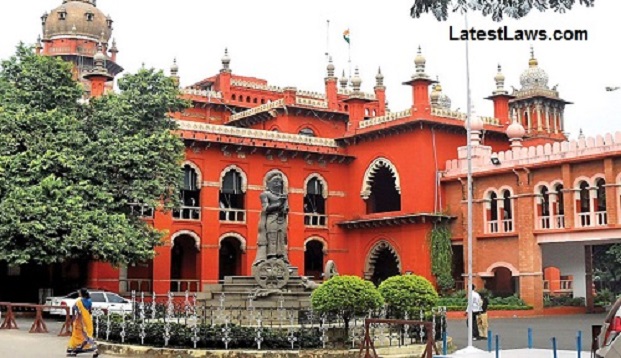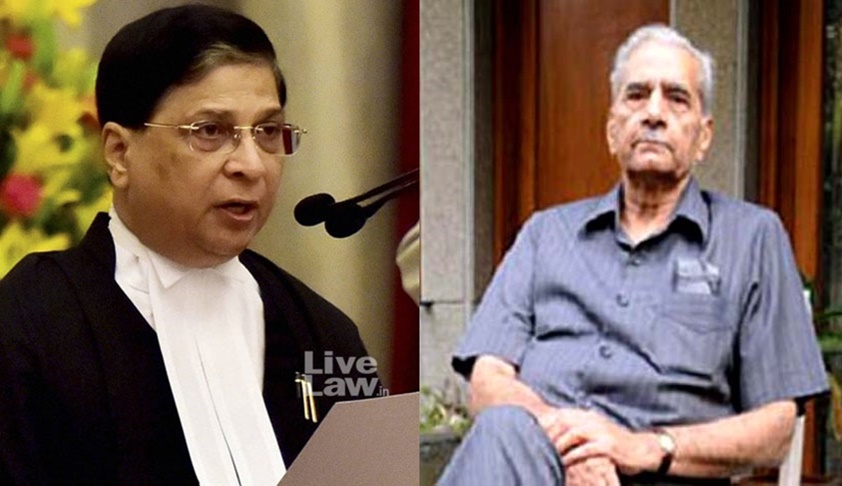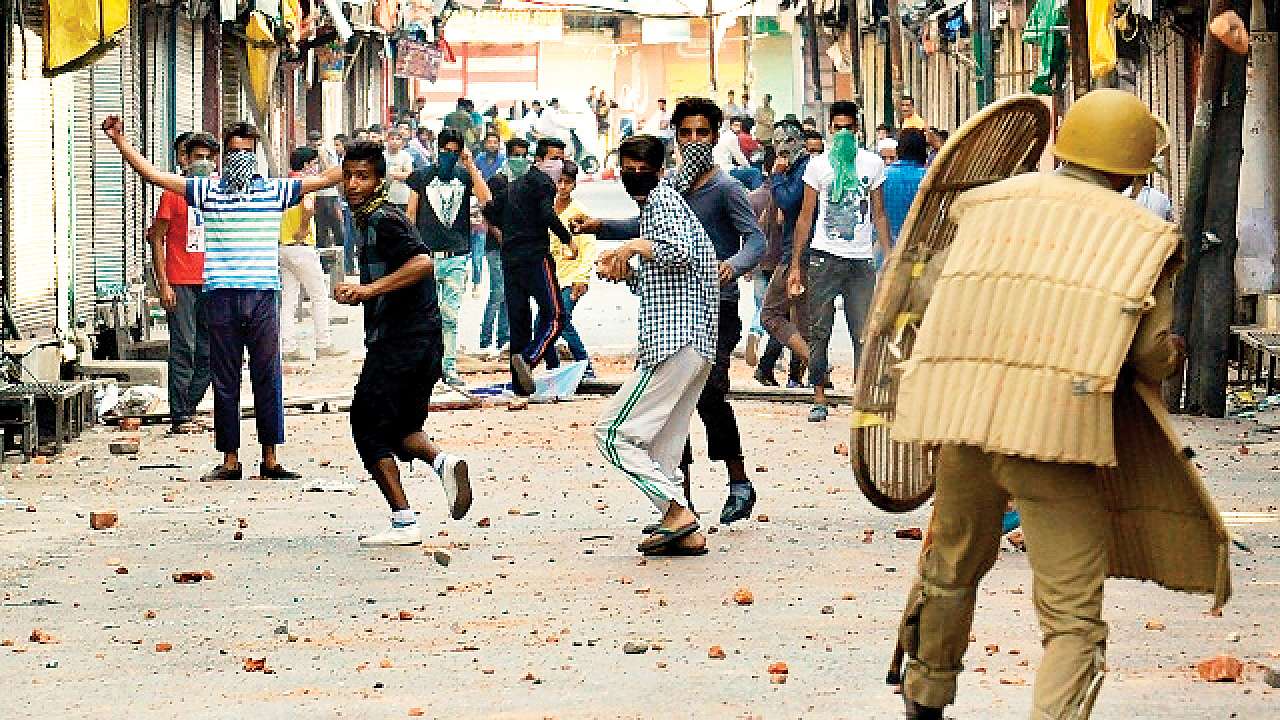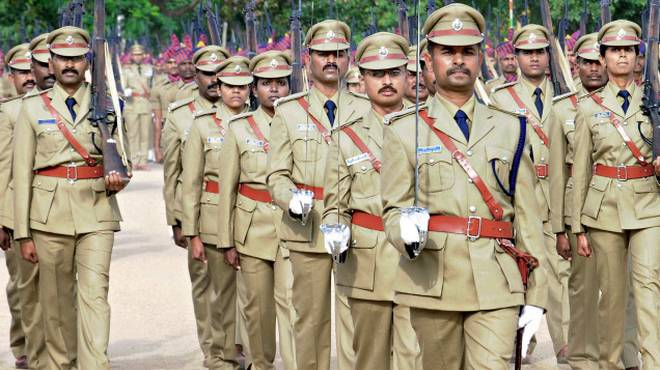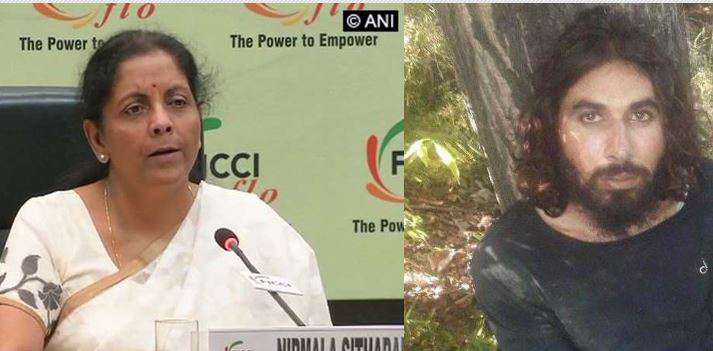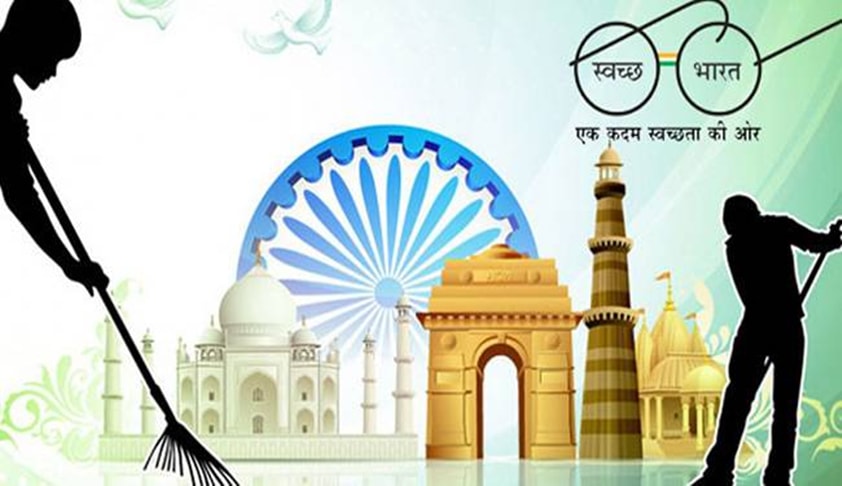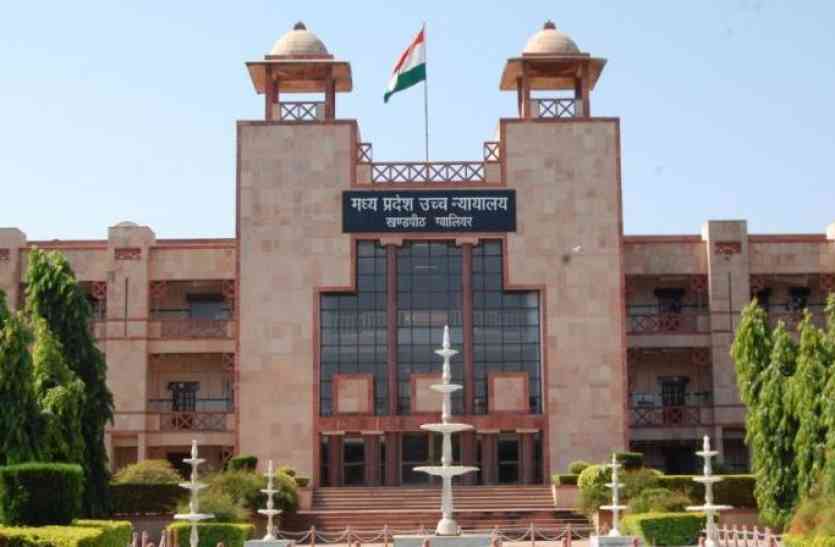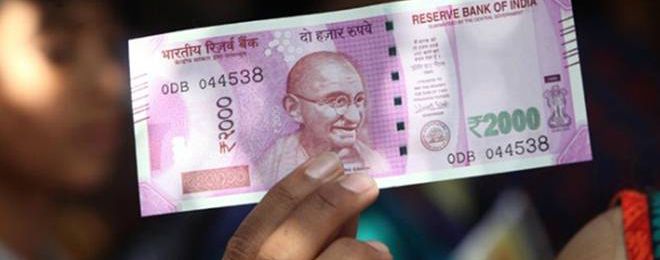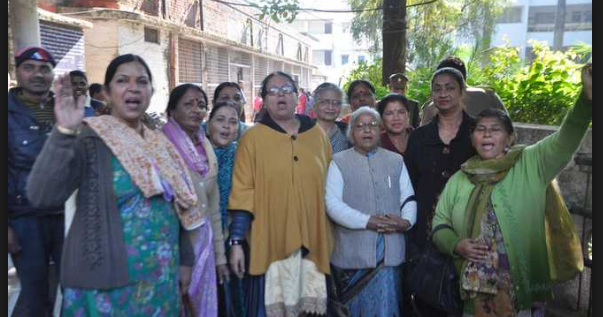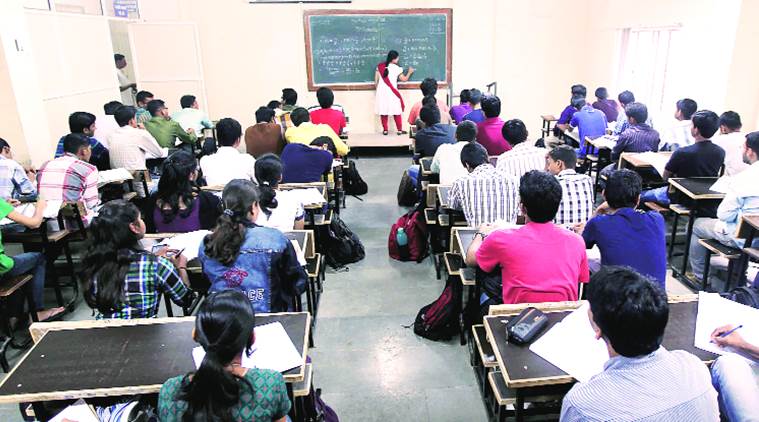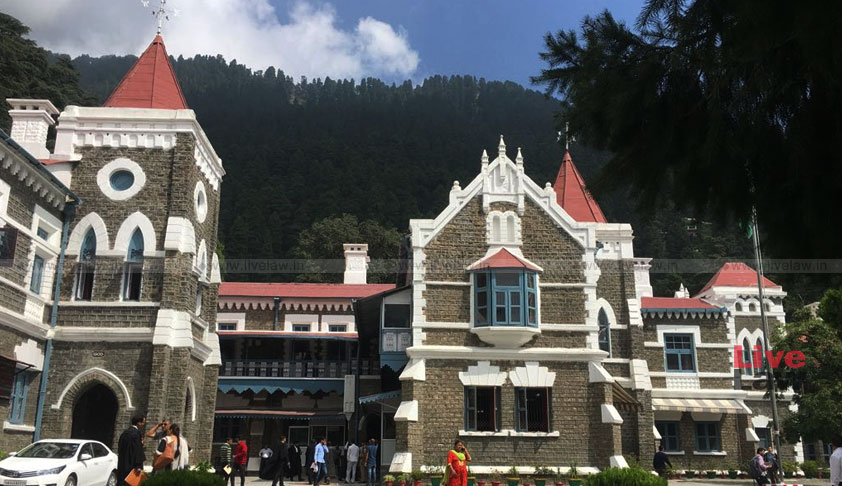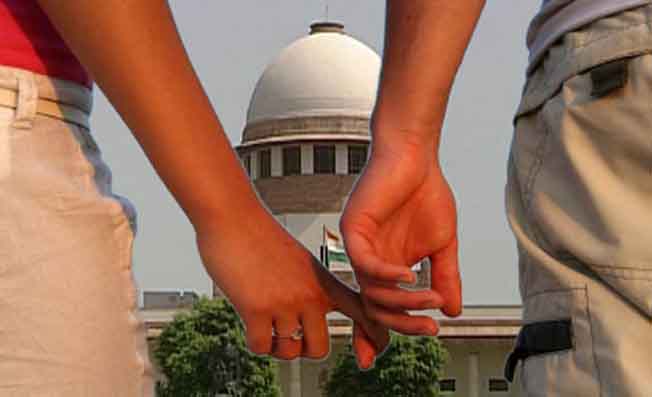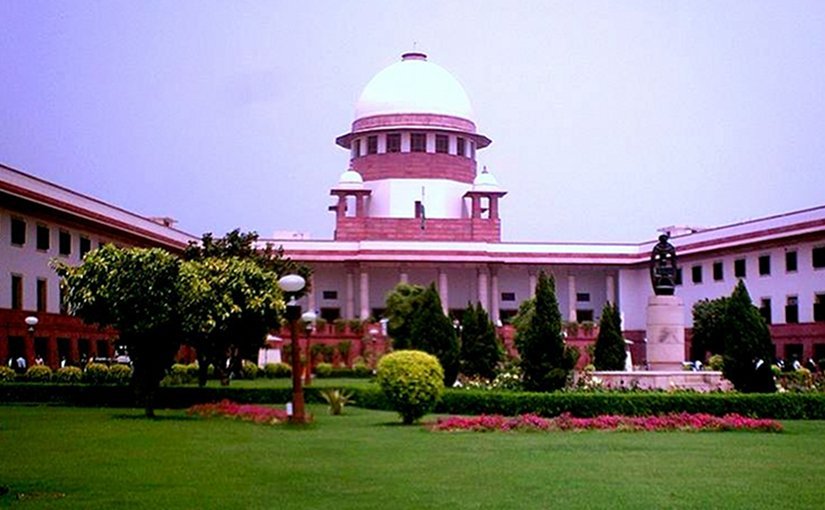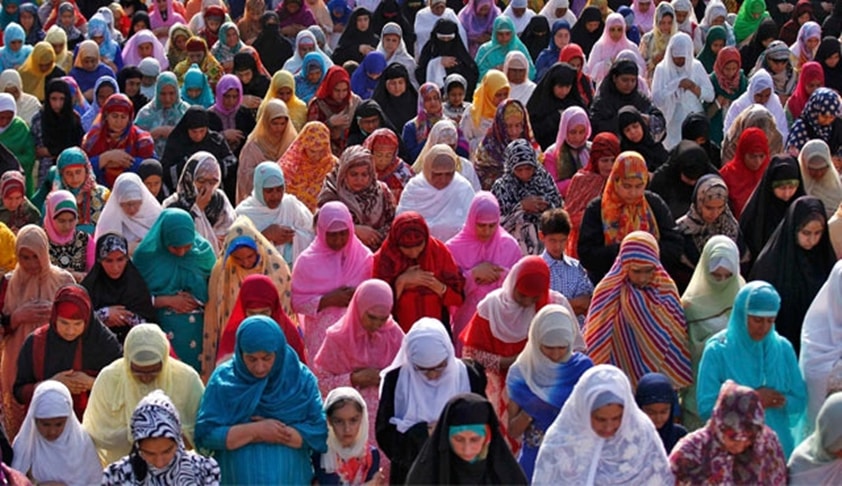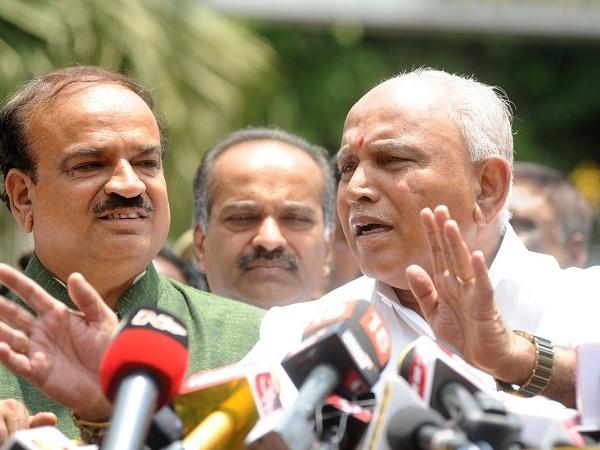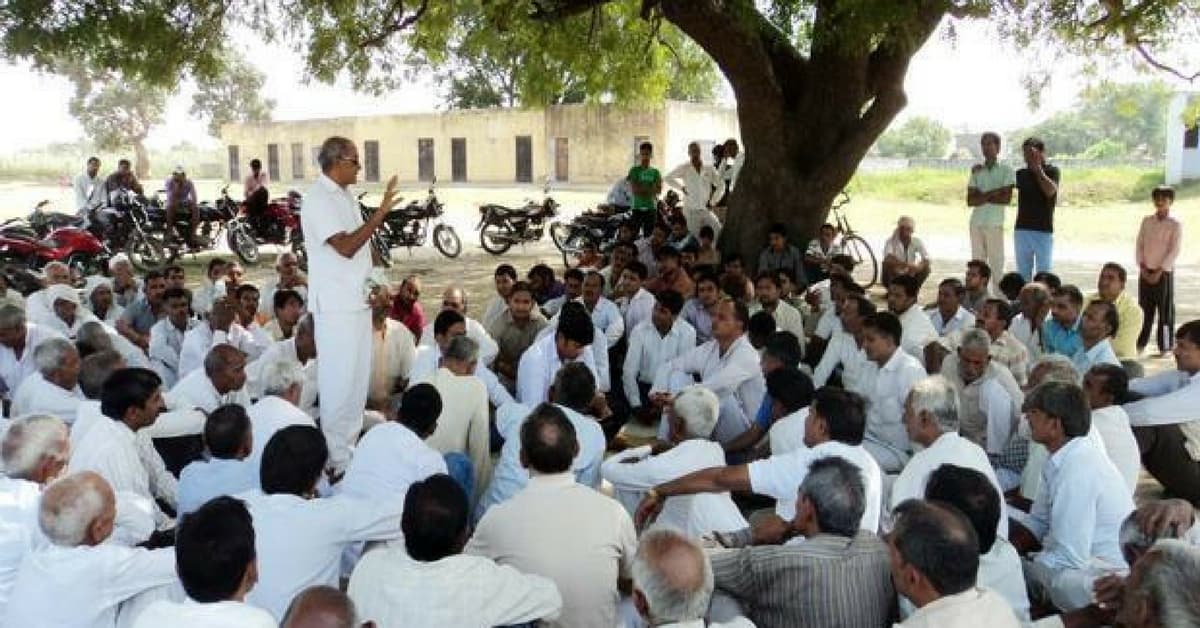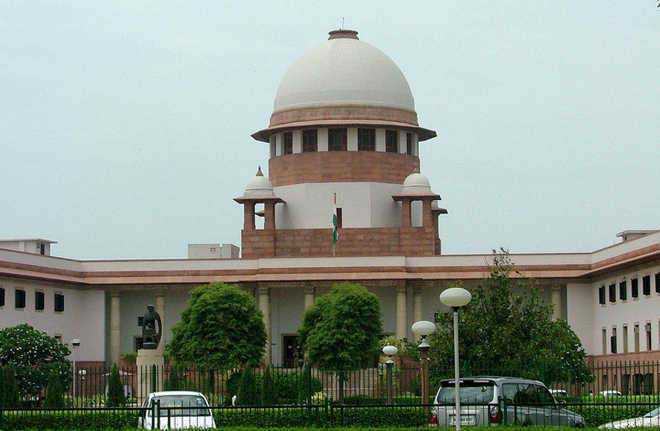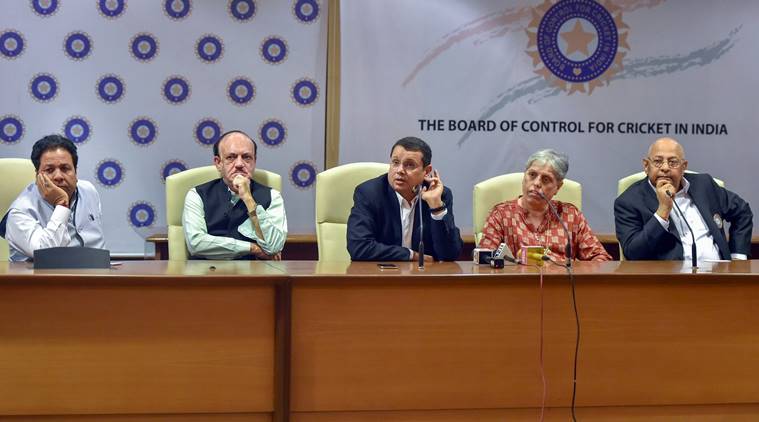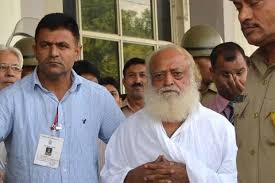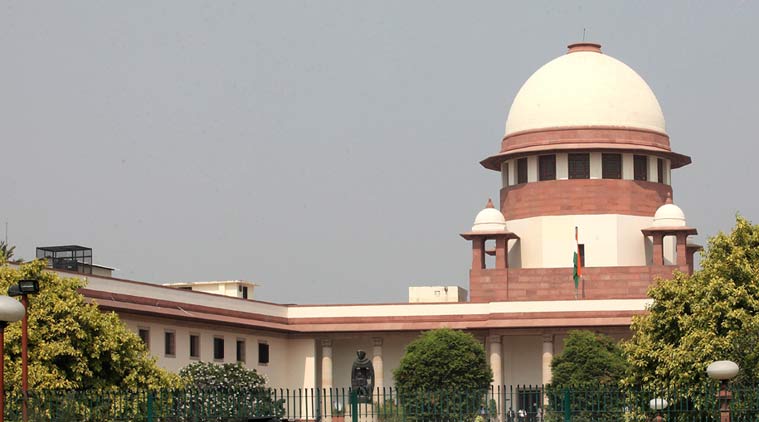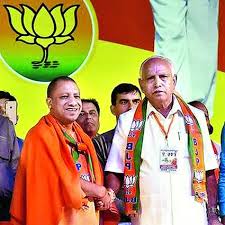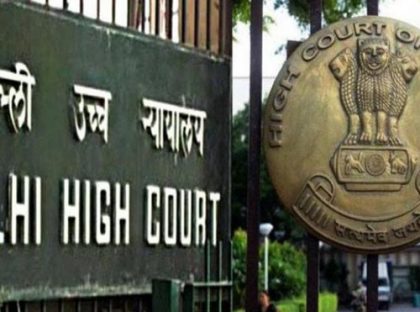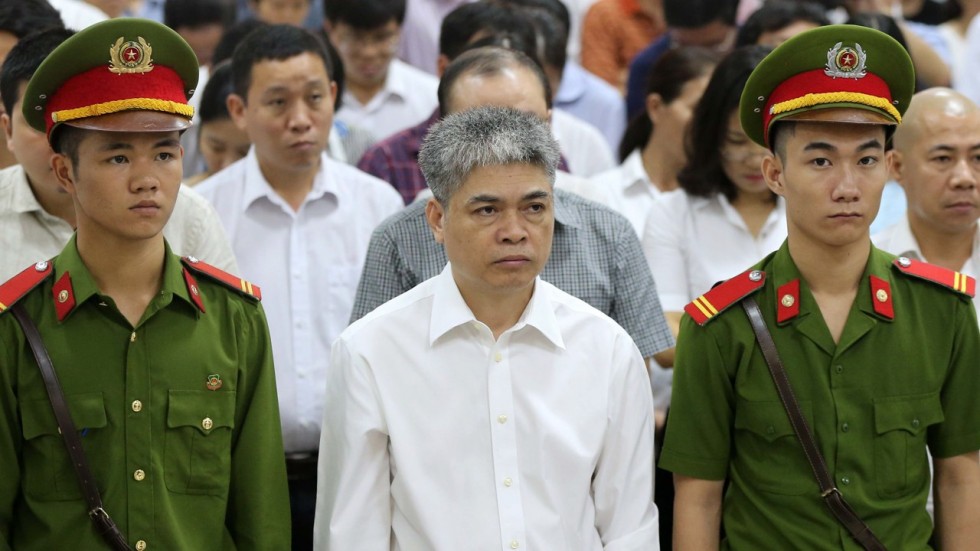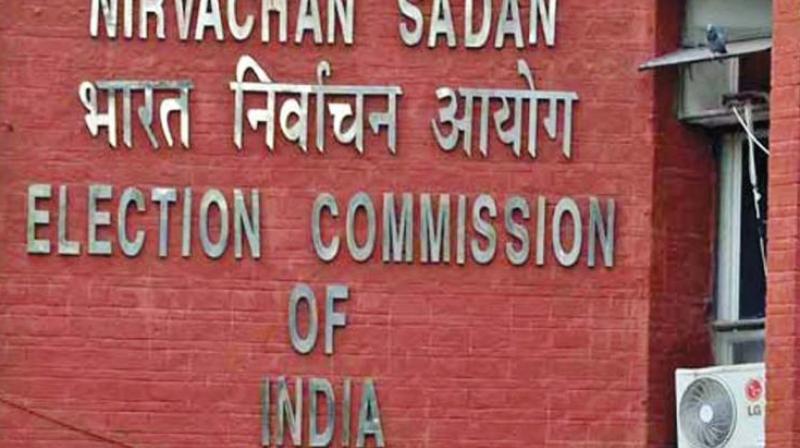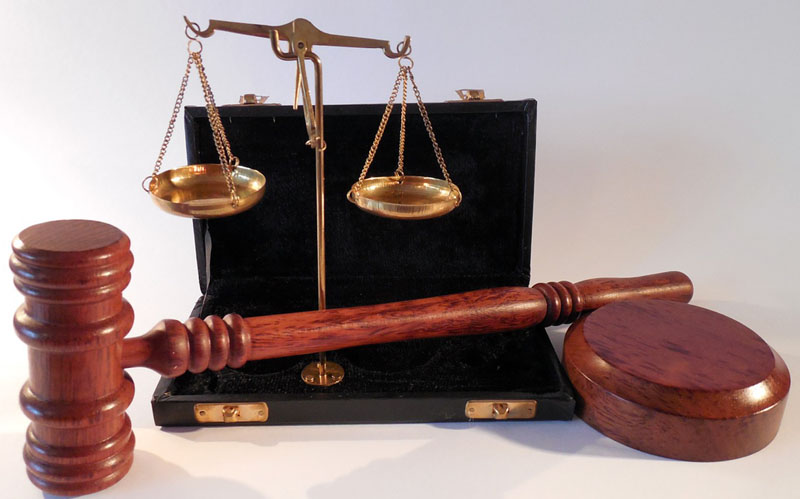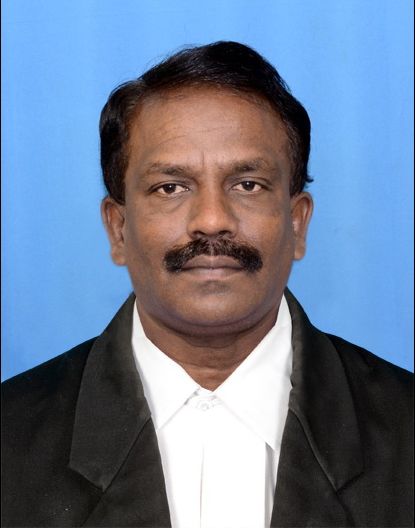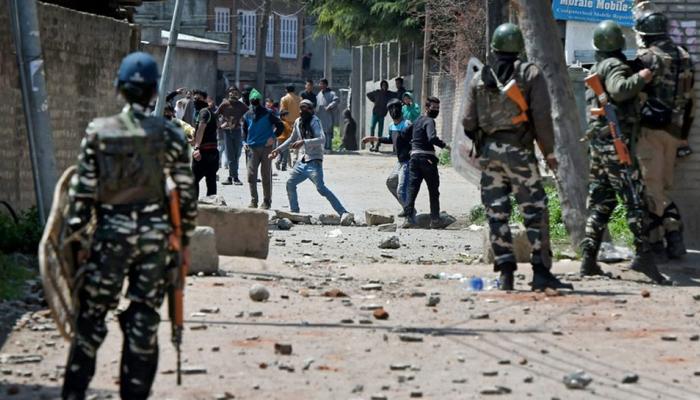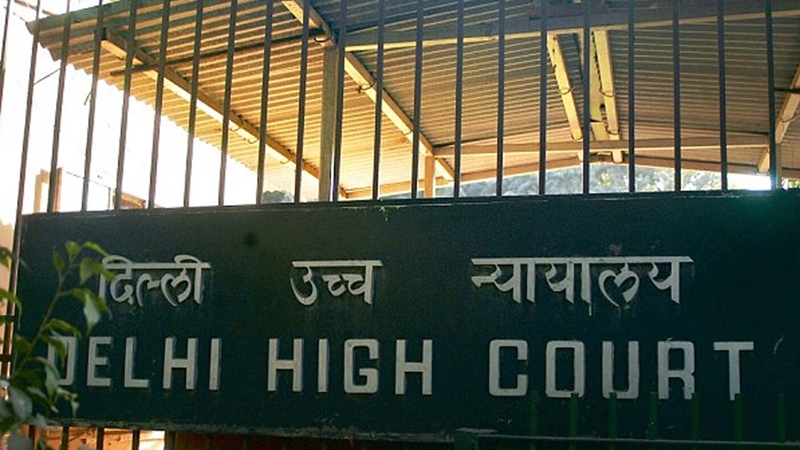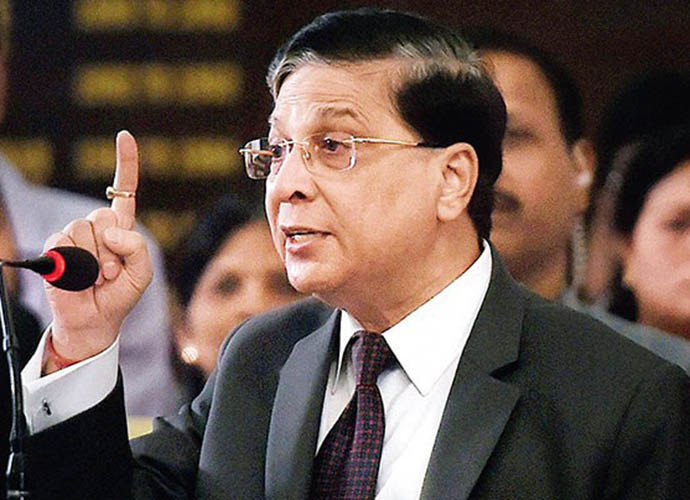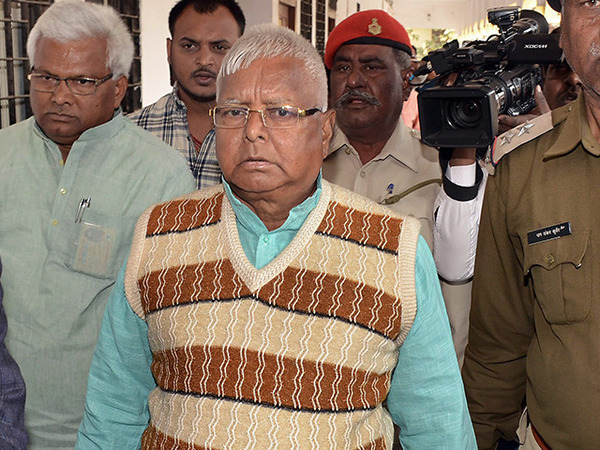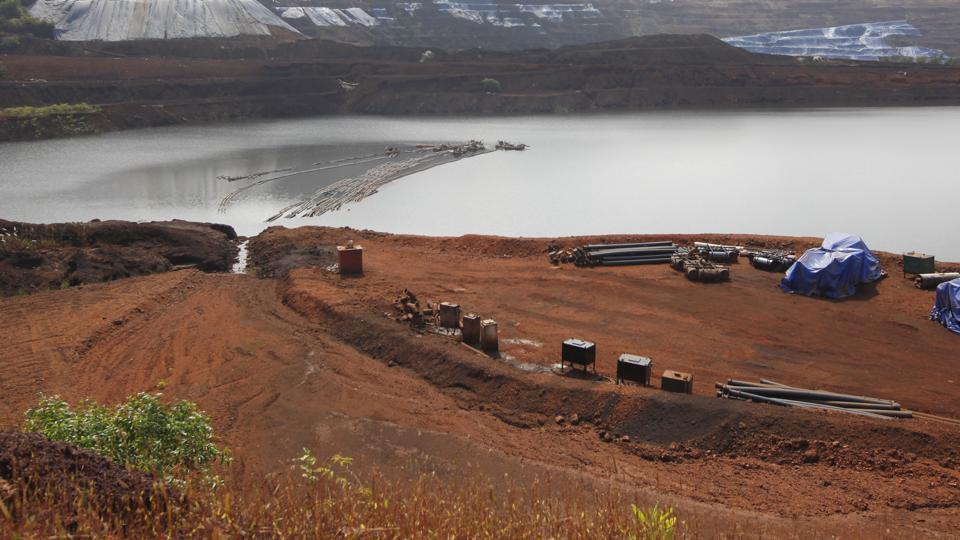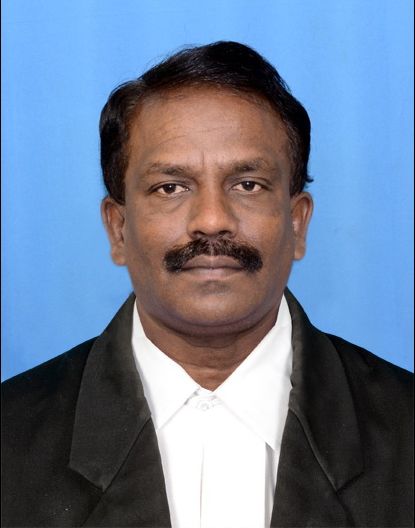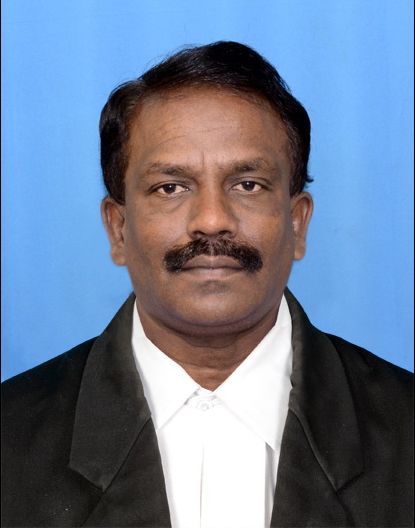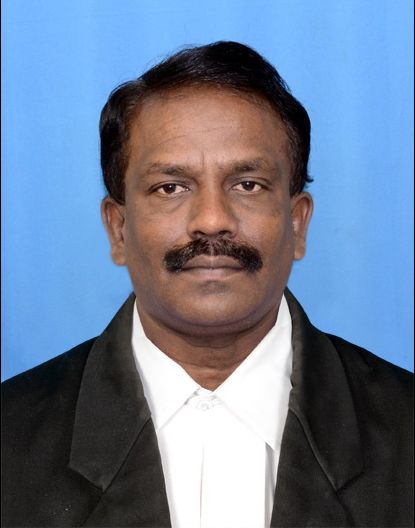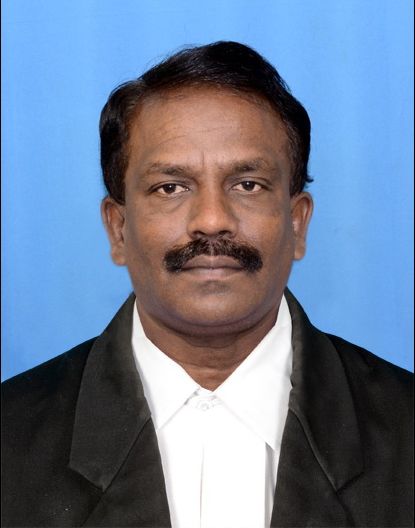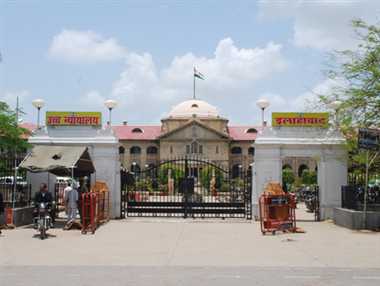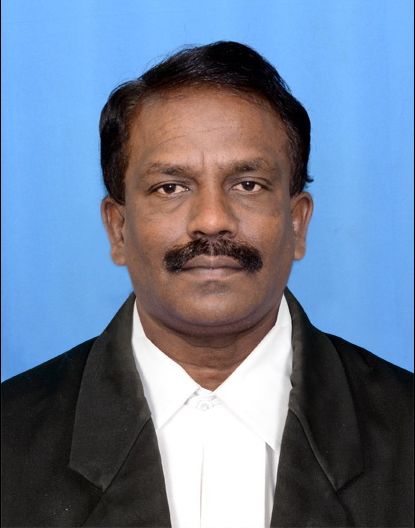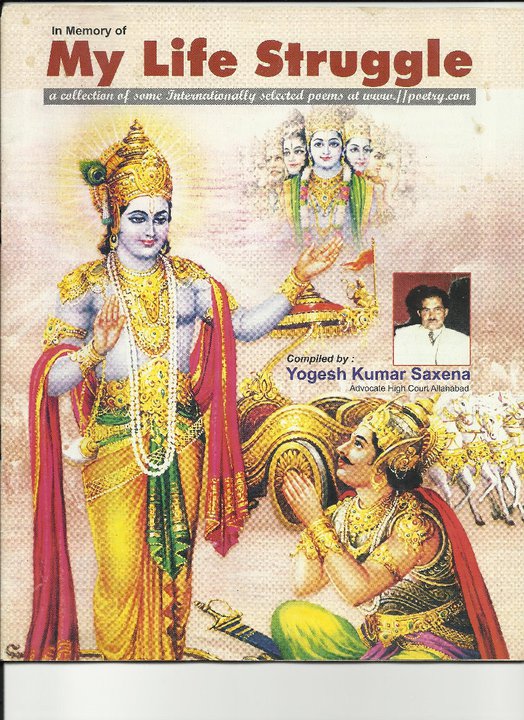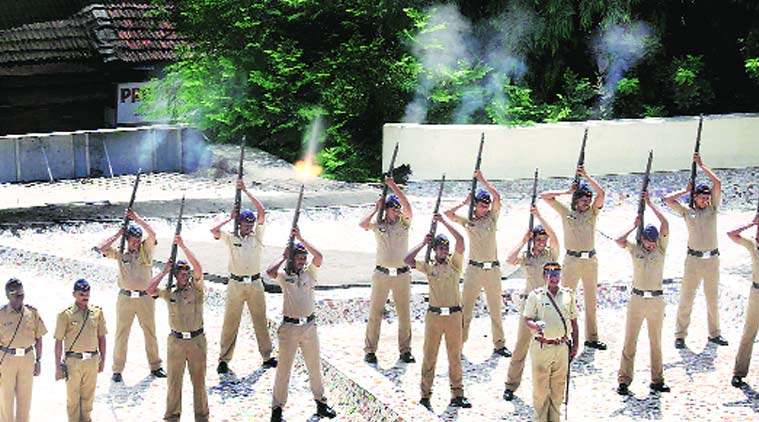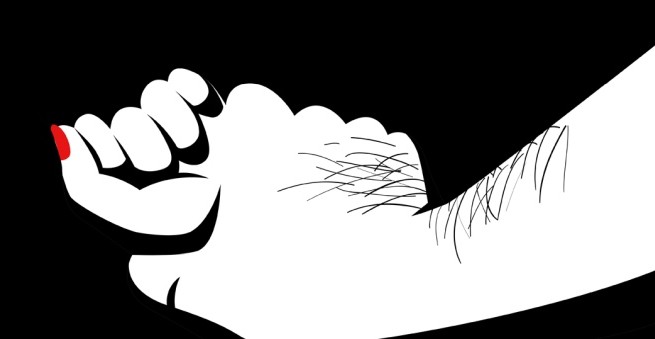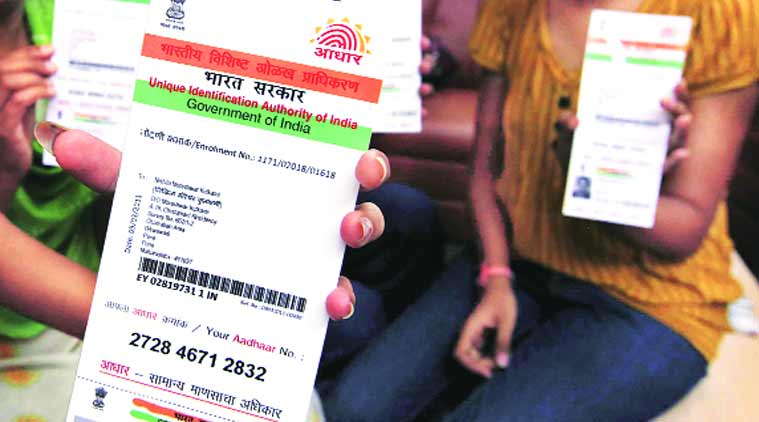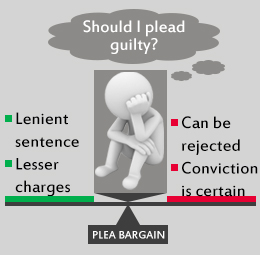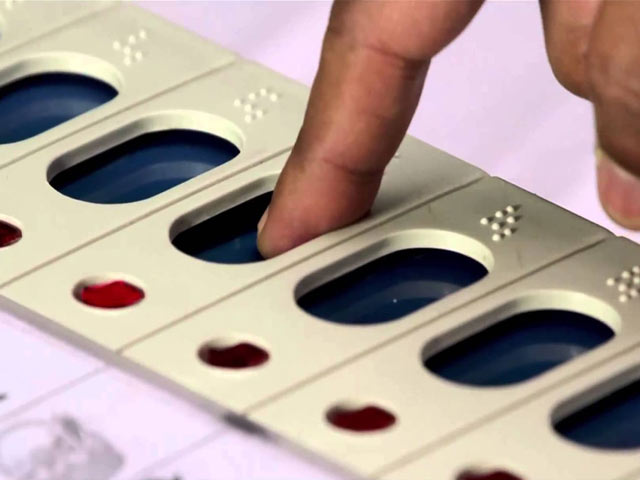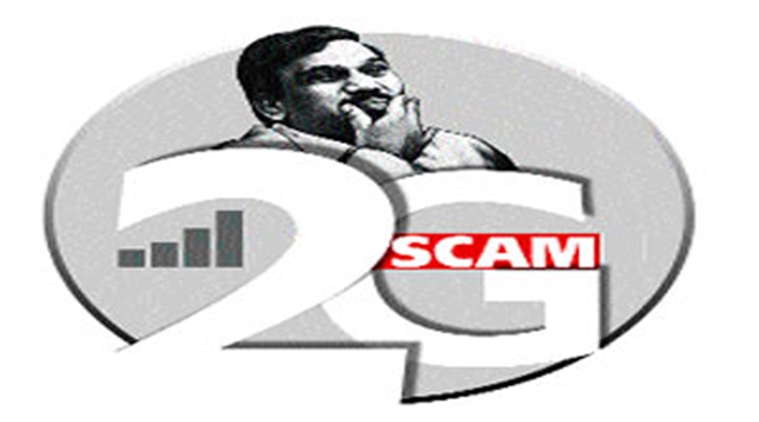Latest Articles
Uttarakhand High Court Puts Restrictions On Noise Level
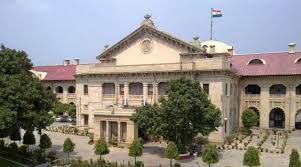
Coming straight to the crux of the matter, it has to be acknowledged right at the beginning that in a landmark judgment with far reaching consequences which shall ensure that the noise level remains within a certain limit, the Uttarakhand High Court on June 19, 2018 in the case of Mahendra Singh v State of Uttarakhand & Ors in Writ Petition (PIL) No. 112 of 2015 has silenced the blaring of the loudspeakers or public address system in the State by announcing that any person, including religious bodies in temples, mosques and gurudwaras cannot use them without a written undertaking that the noise level will not exceed 5 decibel (db) peripheral noise level. Not just that, even a privately-owned sound system like the one used in households should also not exceed 5 dB. This is truly a remarkable and a very landmark judgment which must be emulated by all courts in India from bottom to top because noise pollution has tremendously and most adversely affected the daily life of a common person who has to face all sorts of inconveniences due to lack of rules and regulations being implemented on the noise level to be permitted which does not disturb others.
It would be pertinent to mention here that while pressure horns have been banned in the state, all Senior Superintendents of Police/Superintendents of Police and Circle Officers have been directed to ensure that motorcycles throughout the state are duly fitted with silencers to avoid noise pollution and menace that emanates due to lack of it in vehicles. This will certainly ensure that people comply fully with the rules and contribute in the noble cause of controlling noise pollution to a certain extent! This is the crying need of the hour also!
Truth be told, a Bench of Uttarakhand High Court comprising of Justice Rajiv Sharma and Justice Lok Pal Singh said so while deciding a petition filed by Mahendra Singh through advocate AK Sharma highlighting how a Haridwar-based industry, Hanung Toys & Textiles Ltd, was letting out untreated effluents in a college playground and nearby areas, thereby, polluting the groundwater making it carcinogenic. The court was informed that the colour of the water coming from the hand-pumps is brownish in colour loaded with chemicals. This water is consumed by children and also the cattle.
Going forward, it was also brought out that the underground water is also used for irrigation purposes. Once the crop is irrigated by this kind of untreated water, it makes the vegetables/crops poisonous! How can this be permitted to happen under any circumstances? It has also caused air pollution.
Needless to say, the Bench was just unable to comprehend how the district administration had allowed this to happen right under its nose while directing the industry to pay damages of Rs 5 crore for restoration of the ecology of the area. It is rightly pointed out in para 4 of this landmark judgment that, “It is not the respondent no. 4 alone, which is letting off effluents in the water bodies and in the open land, the other industries are also letting off their chemical wastes/effluents without treatment in the areas. It is further affecting the quality of the underground water.” There can be no denying it!
Simply put, while holding the administration guilty of failing to enforce the provisions of the Environment (Protection) Act, 1986, the Air (Prevention and Control of Pollution) Act, 1981 and the Water (Prevention and Control of Pollution) Act, 1974, resulting in large-scale industrial disasters in the area, the Bench enlarged the scope of the petition by also including the noise pollution either emanating from the factories or by way of indiscriminate use of loudspeakers/amplifiers even by religious bodies. While pulling back no punches in launching a scathing attack on the State Government, the Bench said in para 15 of this landmark judgment that, “The State Government has not enforced the provisions of Rules 3, 4 and 5 effectively. The loudspeakers keep on blaring even beyond 12.00 midnight. The loudspeaker cannot be permitted to be used without the written permission from the authority even by the Temples, Mosques and Gurudwaras. It is only for limited period of festival and special occasions that for 15 days, the permission can be granted to use the loudspeakers and public address system between 10.00 pm to 12.00 midnight. The indiscriminate use of loudspeaker or amplifier or musical instrument causes annoyance or disturbance and discomfort. It disturbs the sleeping pattern of the patients. The study of the students is also adversely affected.”
Truly speaking, the Bench clarified in para 11 that, “Mere issuance of notices from time to time under Section 33 of the Water (Prevention and Control of Pollution) Act of 1974 is not sufficient compliance. Every violator should be brought to justice forthwith.” The Bench also cited landmark cases decided by Supreme Court to push for strict and absolute liability of all such industries and unit which brazenly indulge in causing pollution. As for instance, in para 16, the Bench brings out that, “Their Lordships of the Hon’ble Supreme Court in 1996(3) SCC 212 in the case of Indian Council for Enviro-Legal Action and others have held that the principle laid down by Hon. Supreme Court in Oleum Gas Leask case regarding strict and absolute liability of such unit to compensate to persons adversely affected are binding. The respondents were found to be responsible for such extensive damages.”
Having said this, it also must be mentioned here that in para 17, the Bench further cites that, “Their Lordships of the Hon’ble Supreme Court in 1996 (5) SCC 647 in the case of Vellore Citizens Welfare Forum vs. Union of India and others have held that while the industries are vital for country’s development, but having regard to pollution caused by them, principle of sustainable development has to be adopted as a balancing concept. Their Lordships have also explained “The Precautionary Principle” and “The Polluter Pays Principle”. Without a doubt, those who cause pollution and play with the precious health of others must be made to pay through their nose! They must be made to face the law and no leniency should be shown while awarding punishment to them!
More importantly, in para 18, the Bench further goes on to say that, “Their Lordships of the Hon’ble Supreme Court in AIR 2005 SC 3136 in the case of Forum, Prevention of Envn. & Sound Pollution vs. Union of India and another have held that right to life includes freedom from noise pollution. Their Lordships have further held that polluter cannot take shelter under Article 19(1)(a) of the Constitution of India. Their Lordships have further held that freedom of speech and expression is not absolute right. Their Lordships have also laid down that awareness should be created in childhood against use of fire crackers. Their Lordships have also laid down that the noise level at the boundary of the public place where loudspeaker or public address system or any other noise source is being used shall not exceed 10 dB(A) above the ambient noise standards for the area of 75 dB(A) whichever is lower. No person is permitted to beat a drum or tom-tom or blow a trumpet or beat or sound any instruments or use any sound amplifier at night (between 10p.m. and 6 a.m.) except in public emergencies. The peripheral noise level of privately owned sound system shall not exceed by more than 5dB(A) than the ambient air quality standard specified for the area in which it is used, at the boundary of the private place. The horn cannot be blown/used at night between 10p.m. to 06 a.m. in residential area except in exceptional circumstances.”
Also, it cannot be lost on us that in para 19, the Bench makes it a point to mention specifically that, “Their Lordships of the Hon’ble Supreme Court in 2015 (7) SCC 779 in the case of Anirudh Kumar vs Municipal Corporation of Delhi and others, have held that noise generated up to unpleasant or obnoxious levels violates the right of the people to a peaceful, comfortable and pollution free life guaranteed by Article 21 of the Constitution of India.” This should always be borne in mind by all of us. What the Bench has said is unquestionable and unchallengeable!
Finally and most importantly, the Bench disposes of the writ petition by issuing the following mandatory directions: -
a. The respondent no. 3 (Department of Environment and Forests of Uttarakhand) is directed to inspect each and every industry situated in the state to ensure that the industrial effluent/waste is treated properly before hazardous substances are also disposed of as per law. All the parameters laid down under various notifications issued under the Environment (Protection) Act, 1986 must be scrupulously followed, monitored and adhered to. The industries which do not conform to norms shall be ordered to be closed down.
b. Respondent no. 3 shall visit and inspect each and every effluent treatment plant, sewage treatment plant and conventional treatment plant to ensure that not even a drop of chemical/industrial waste material is discharged into the water and in the open causing water and air pollution. It is made clear by abundant precaution that as and when the inspection is carried out by the Environment Engineers of the department, he would be accompanied by the Sub-Divisional Magistrate (SDM) of the concerned area and for this purpose, the Secretary Revenue, shall also issue separate instructions to the SDMs.
c. The respondent No. 4 (Hanung Toys & Textile Ltd) is liable to pay special/exemplary damages of Rs 5 crore for restoration of the environment and ecology of the area. It has been told to deposit Rs 5 crore with the District Magistrate, Haridwar, within four weeks from today. The District Magistrate, Haridwar/SDM concerned shall utilize this amount for the restoration of the water quality and to install the water purifiers in the area concerned after visiting the spot.
d. The respondent No. 4 shall not run the factory without obtaining a permanent no-objection certificate from the Uttarakhand Pollution Control Board.
e. The Secretary of the Department of Environment and Forests of Uttarakhand is directed to initiate disciplinary proceedings against officers/officials in whose tenure the large-scale untreated industrial effluent was discharged in the playground and in the adjoining fields, within a period of three months from today, even if the employees have retired.
f. All the representatives of Panchayat Raj Institutions like pradhan, up-pradhan, members of panchayats, Zila Parishad and Panchayat Samities are directed to inform the Department of Environment and Forests of Uttarakhand about environmental issues in their respective areas. These matters shall be taken up seriously by the department.
g. The state government is directed to circulate the copy of this judgment to all the panchayats through their pradhans to make the villagers aware of their rights.
h. It shall be the responsibility of the Secretary, State of Uttarakhand, Pollution Control Board, to ensure that each and every effluent treatment plant, sewage treatment plant and conventional treatment plant functions round the clock throughout the state. The court will not hesitate to put the Secretary under suspension if degradation of the environment and ecology in any area is reported to the court.
i. The state government is directed to ensure that no loudspeaker or public address system shall be used by any person, including religious bodies in temples, mosques and gurudwaras, without written permission of the authority even during the day, that too, by getting an undertaking that the noise level shall not exceed more than 5dB(A) peripheral noise level.
j. The state government is directed to ensure that the loudspeaker, public address system, musical instrument and sound amplifier are not played during night time except in auditoria, conference rooms, community halls, banquet halls as per norms laid down under the Noise Pollution (Regulation and Control) Rules, 2000.
k. The state government is directed to ensure that loudspeakers or public address systems are not used except between 10pm to 12 midnight during any cultural or religious festive occasion of a limited duration not exceeding 15 days in all during a calendar year, that too, the noise level shall not exceed 10dB(A) above the ambient noise standards for the area. The peripheral noise level of a privately-owned sound system or a sound producing instrument shall not, at the boundary of the private place, exceed by more than 5dB(A). The authority concerned shall keep on visiting and monitoring at the public places, private places, auditoriums, conference rooms, community halls, banquet halls, temples, mosques and gurudwaras to ensure due compliance of the rules.
l. We direct all the Senior Superintendents of Police/Superintendents of Police to ensure that no horn shall be used in silence zone or during the night between 10 pm to 6 am in residential areas except during public emergency. No sound-emitting construction equipment shall be used or operated during the night between 10 pm to 6 am in residential areas or silence zone.
m. The pressure horns are banned through the State of Uttarakhand.
n. The violators of the Rules be penalized under the Rule 6 of the Noise Pollution (Regulation and Control) Rules, 2000.
o. All the Senior Superintendents of Police/Superintendents of Police and Circle Officers are directed to ensure that motorcycles throughout the state are duly fitted with silencers to avoid noise pollution and menace.
All said and done, it is an excellent and exemplary judgment which is worth emulating by all courts. Most importantly, it must be ensured that the landmark directives which have been delivered in this landmark judgment which we have just discussed above are strictly and swiftly implemented to ensure that long lasting changes are brought about and noise pollution level is brought down to a considerable level from the present level! Only then will this landmark judgment serve its true purpose! This must be ensured at all cost! At no cost should these landmark directives be just brushed aside by not ensuring its implementation!
